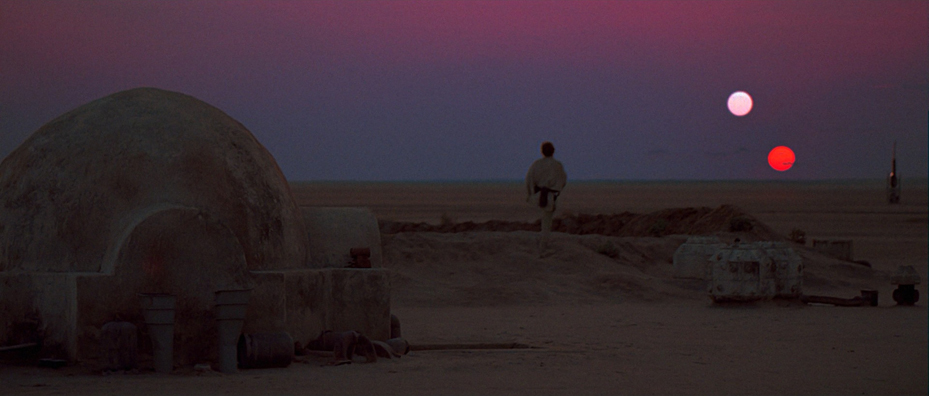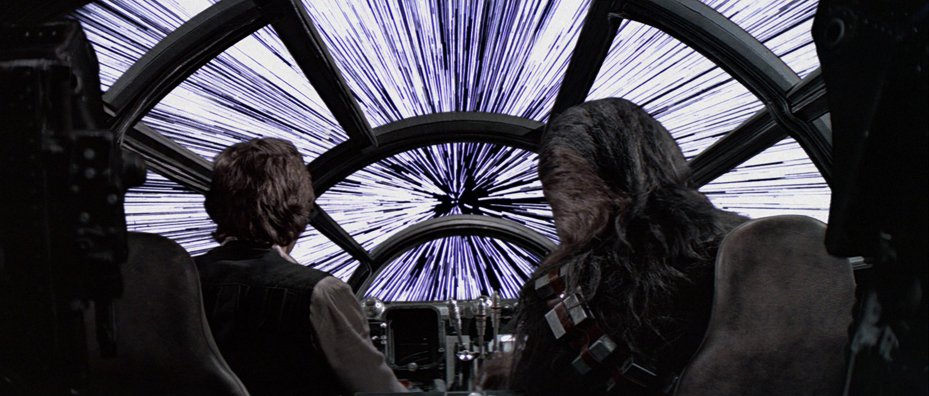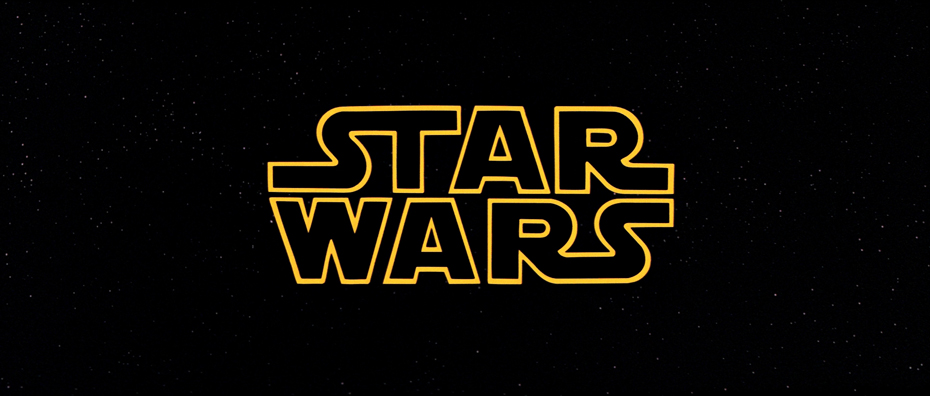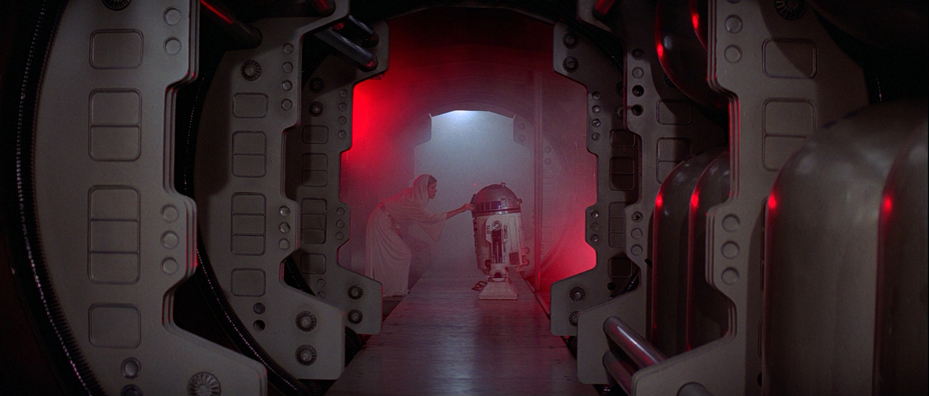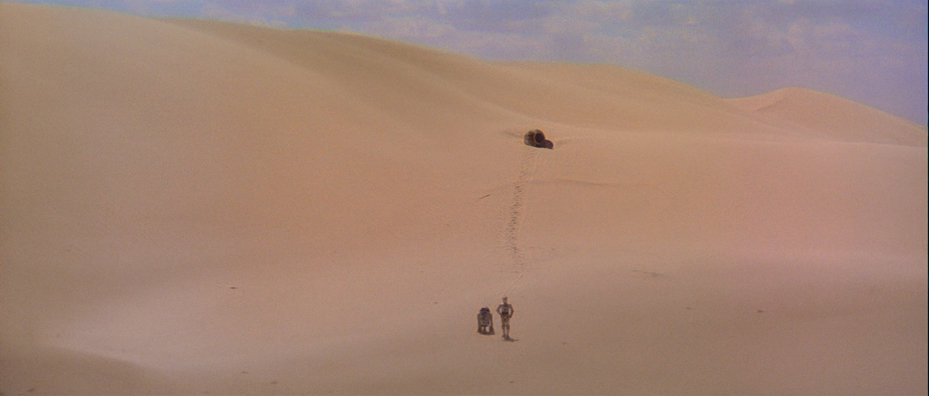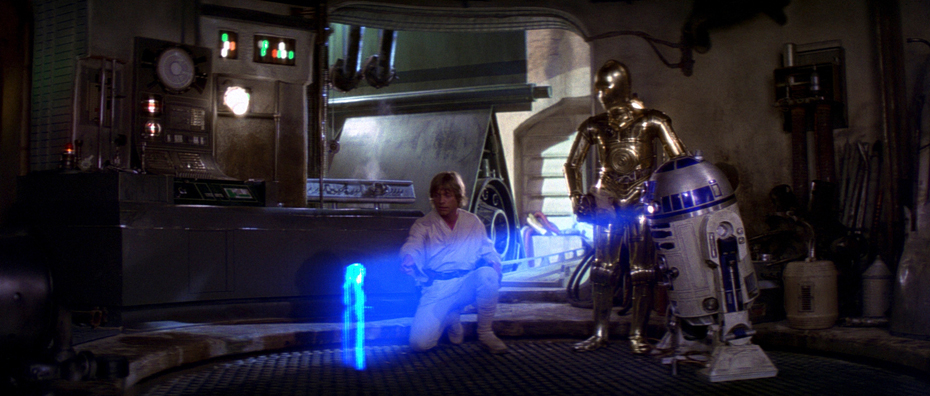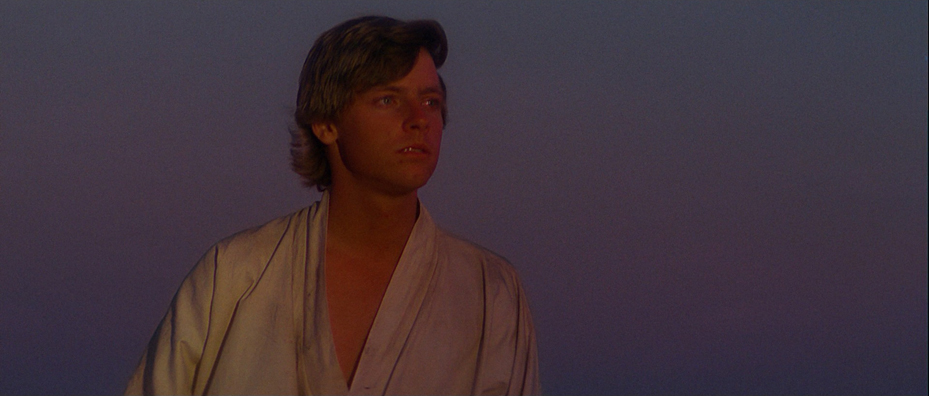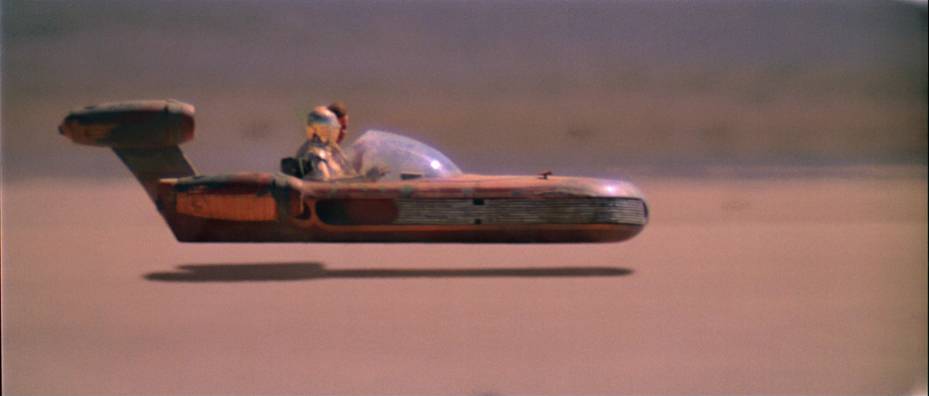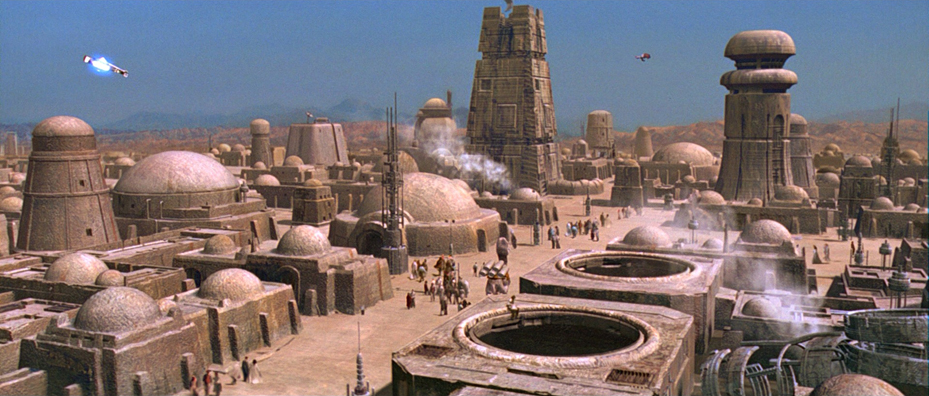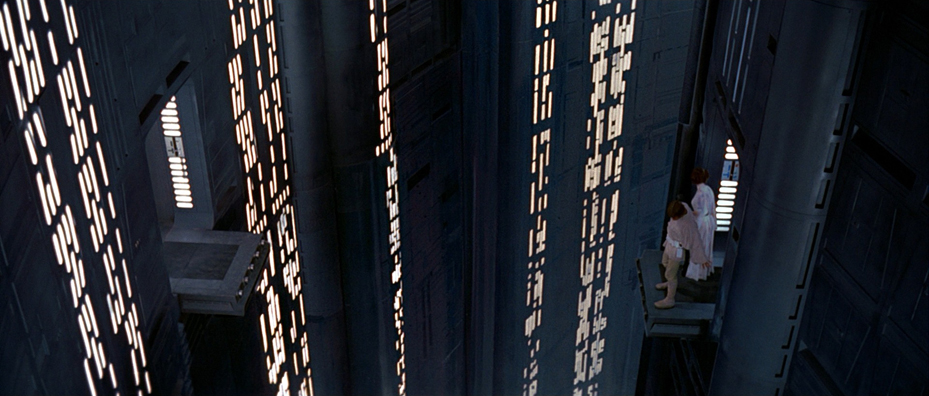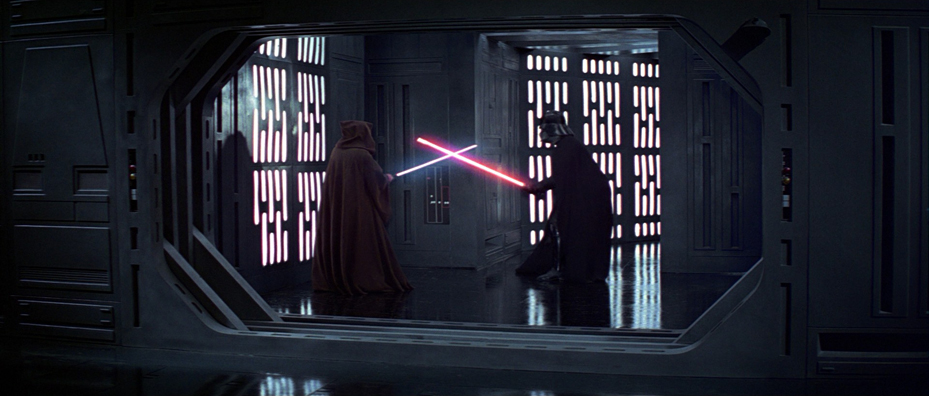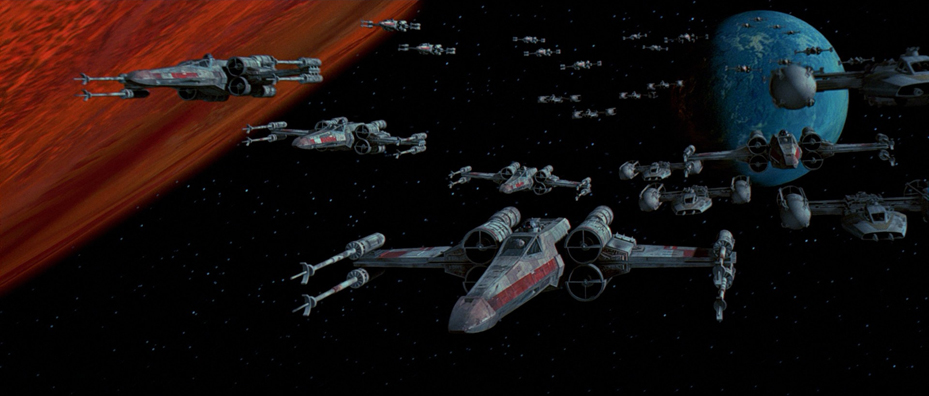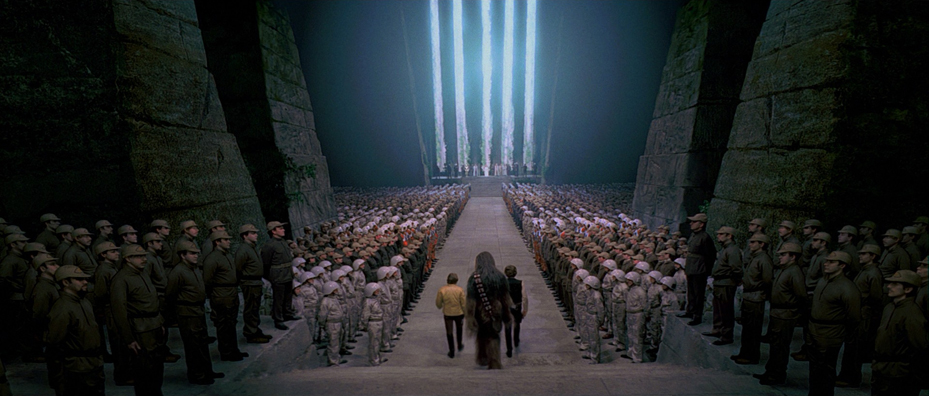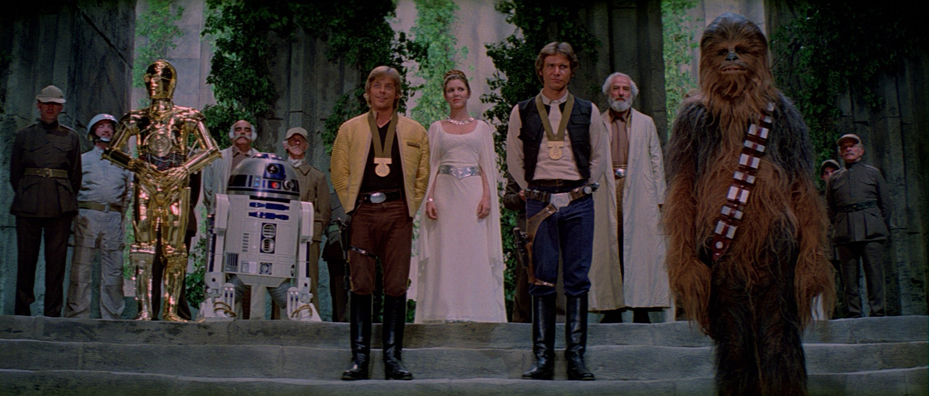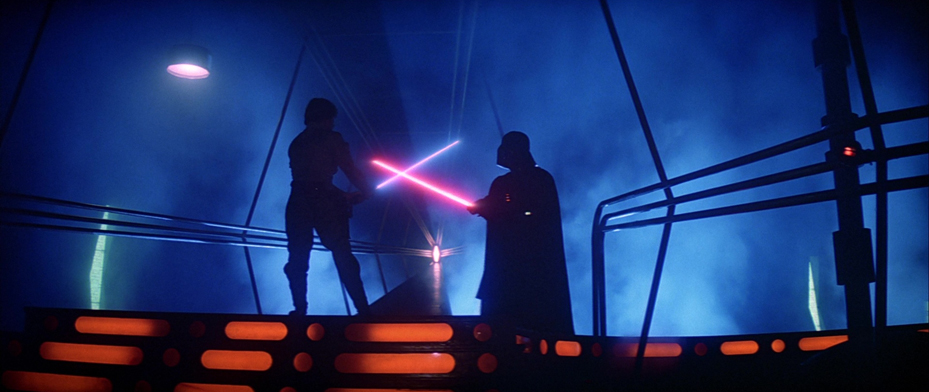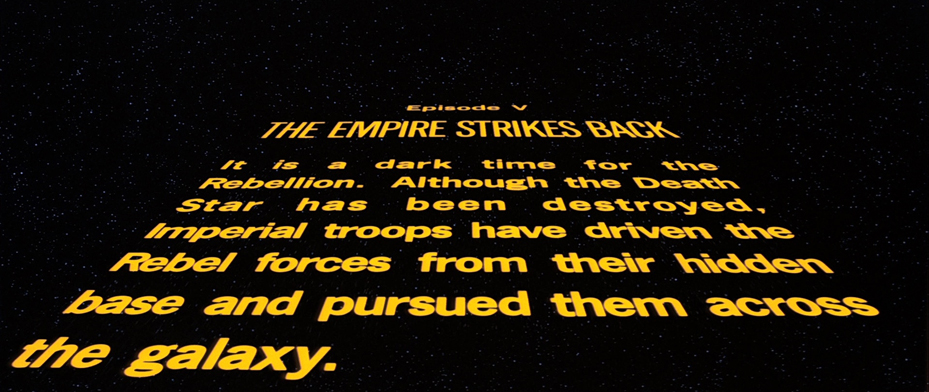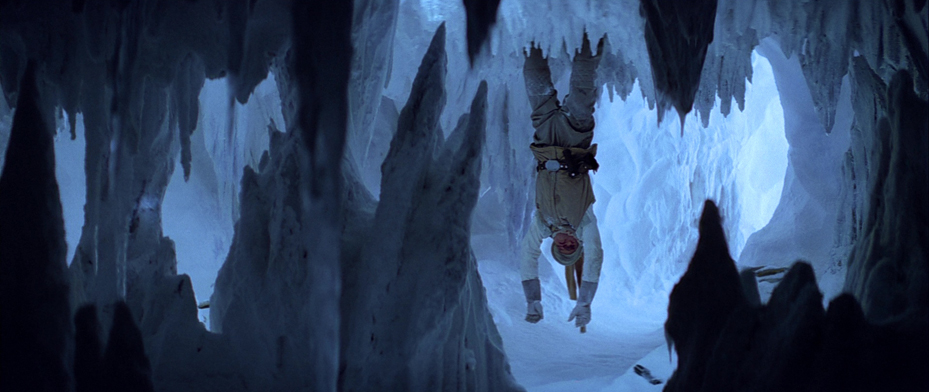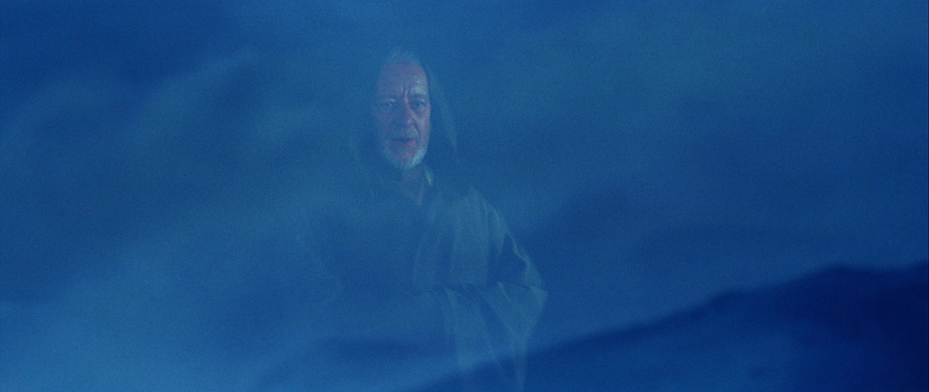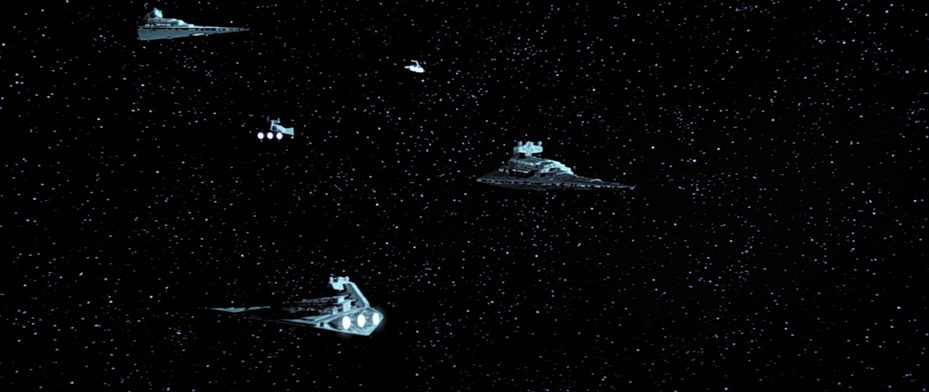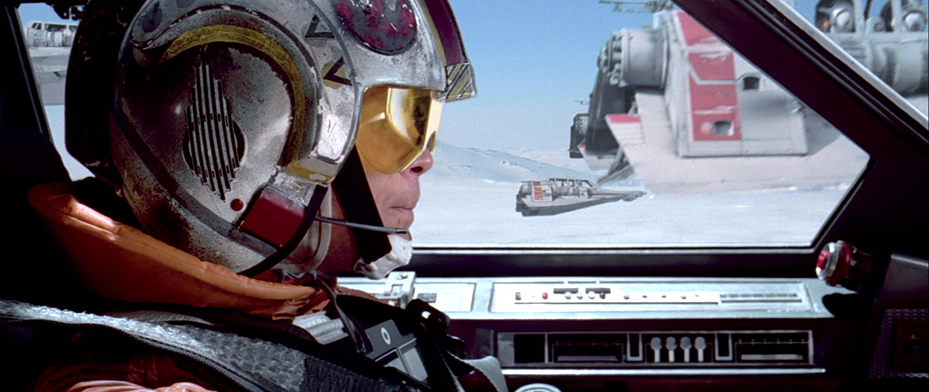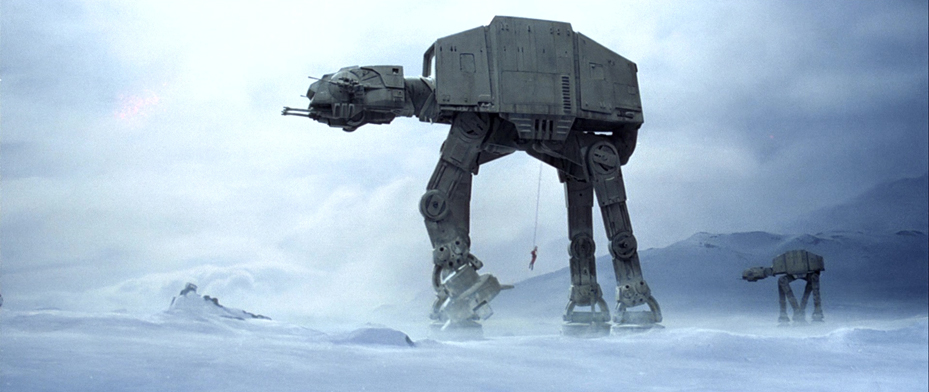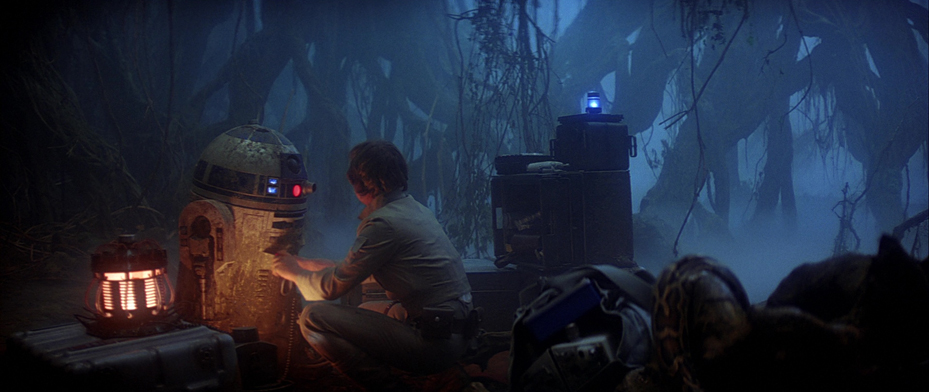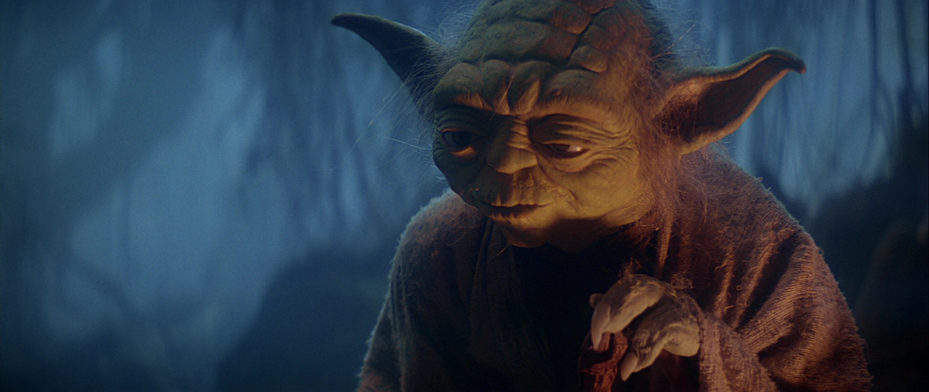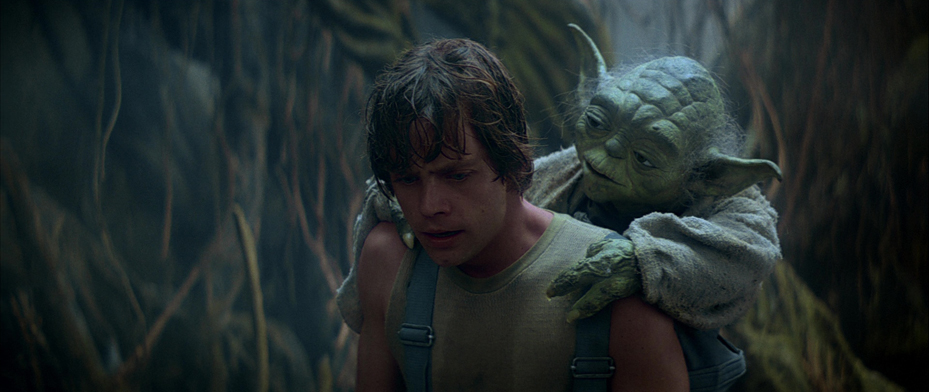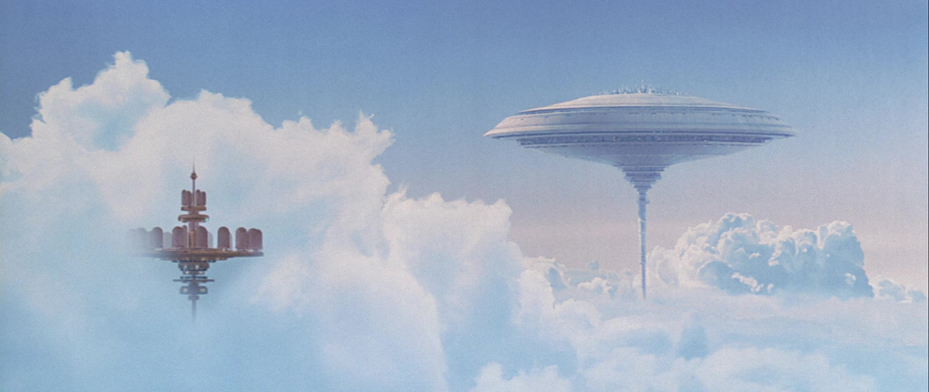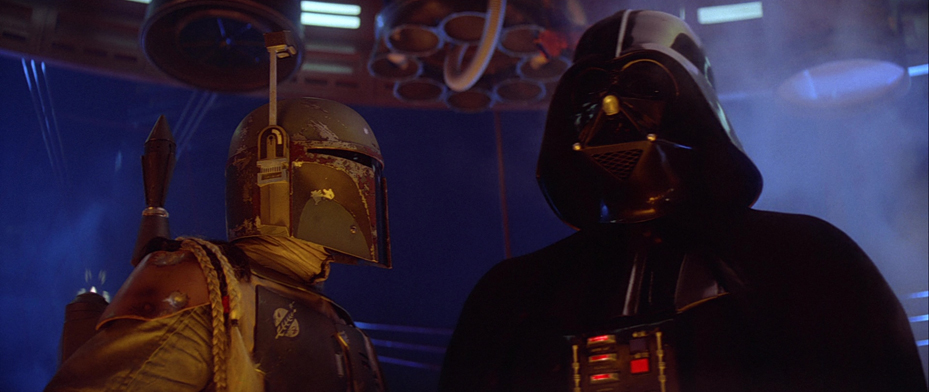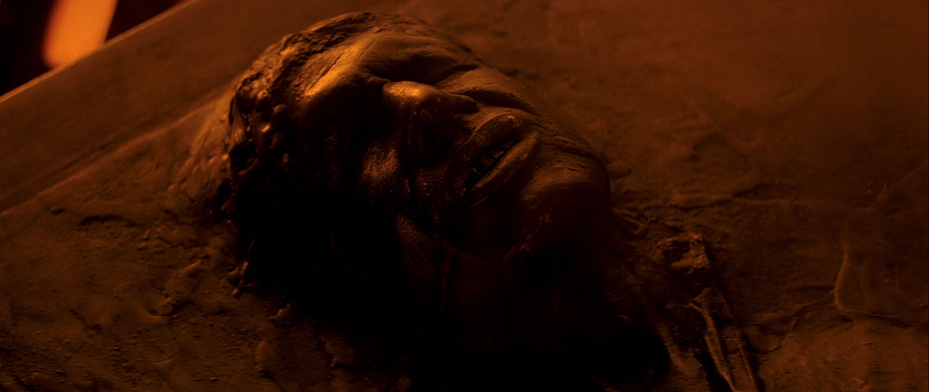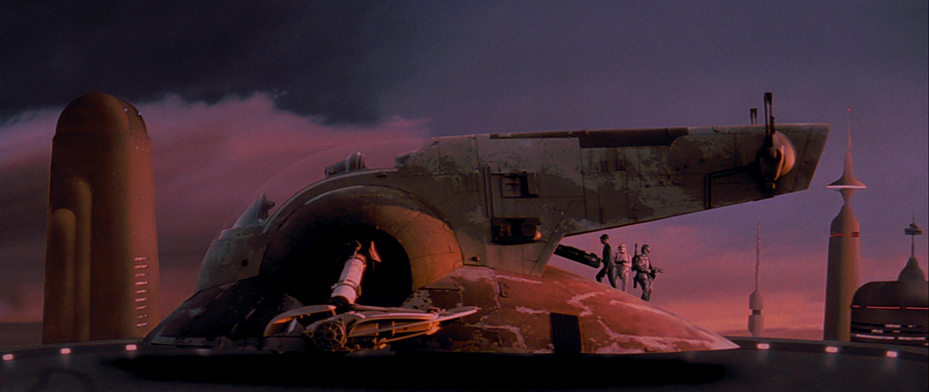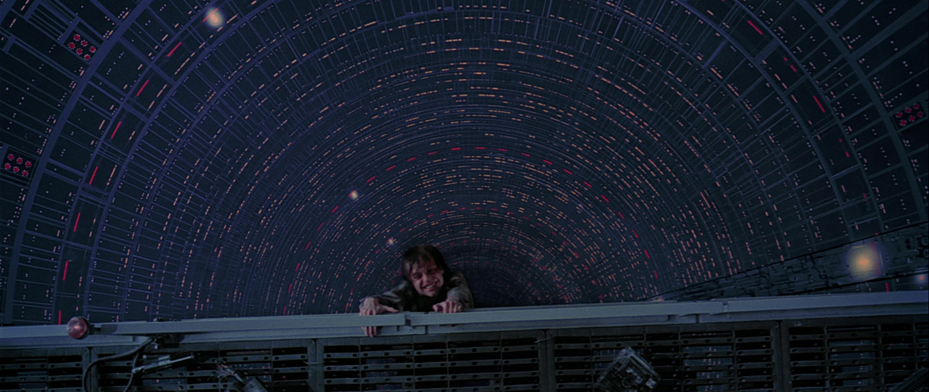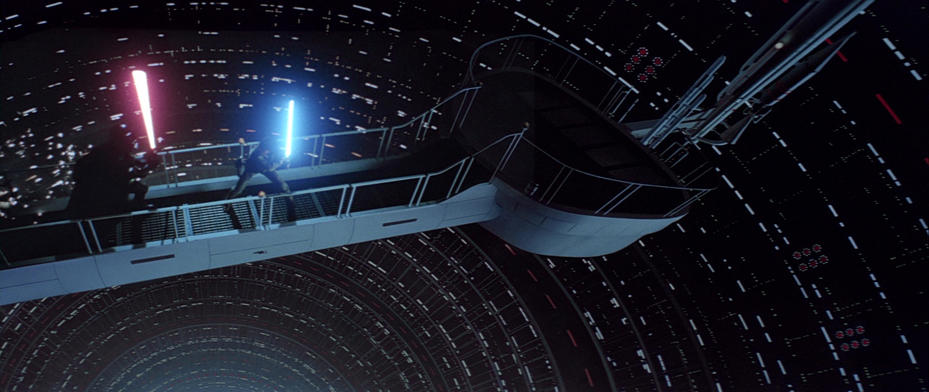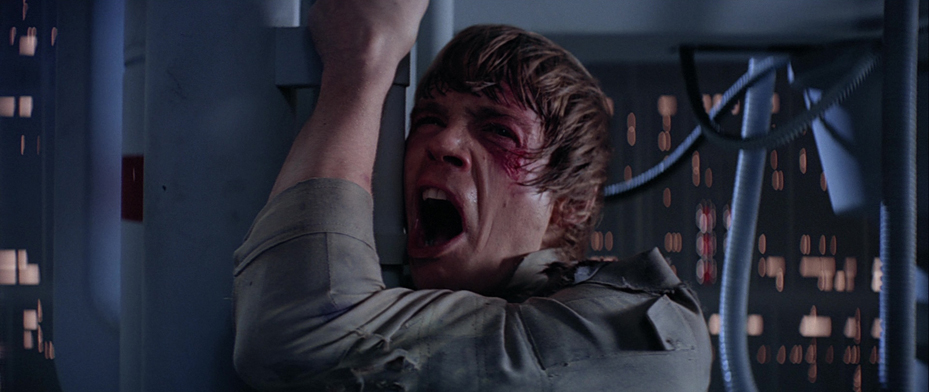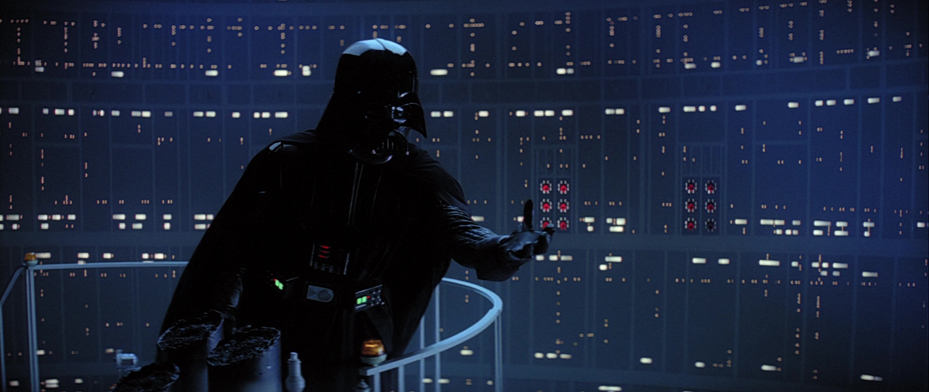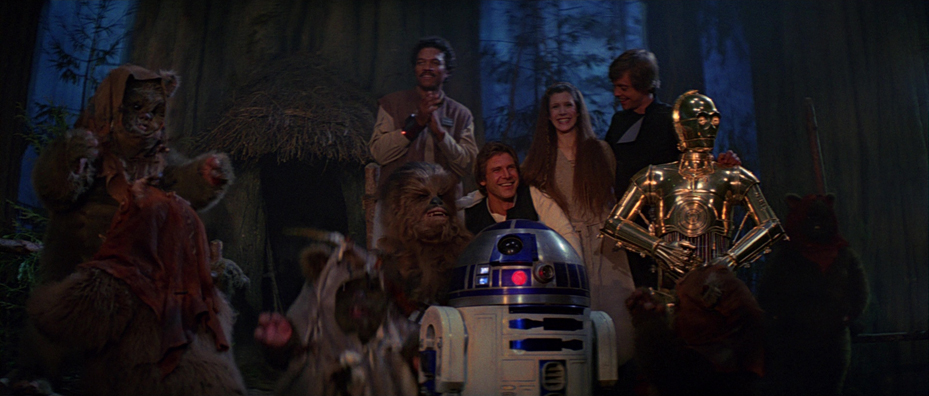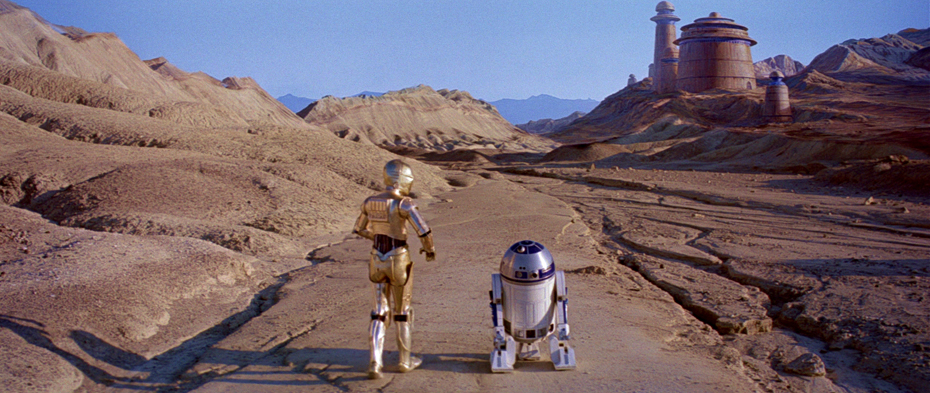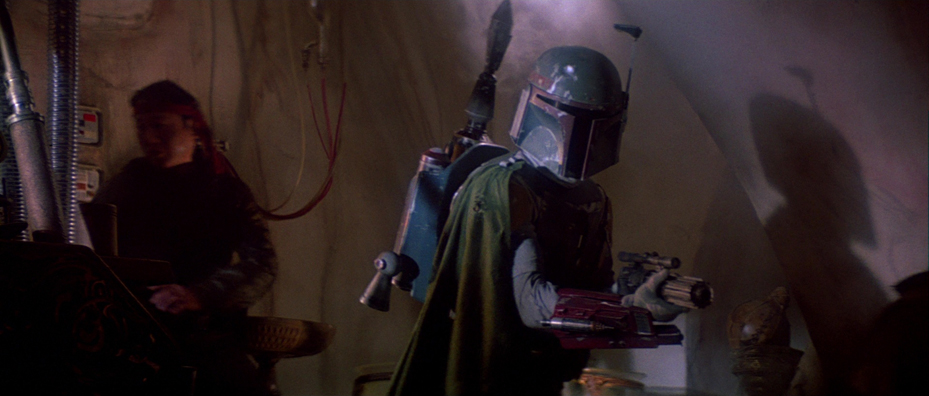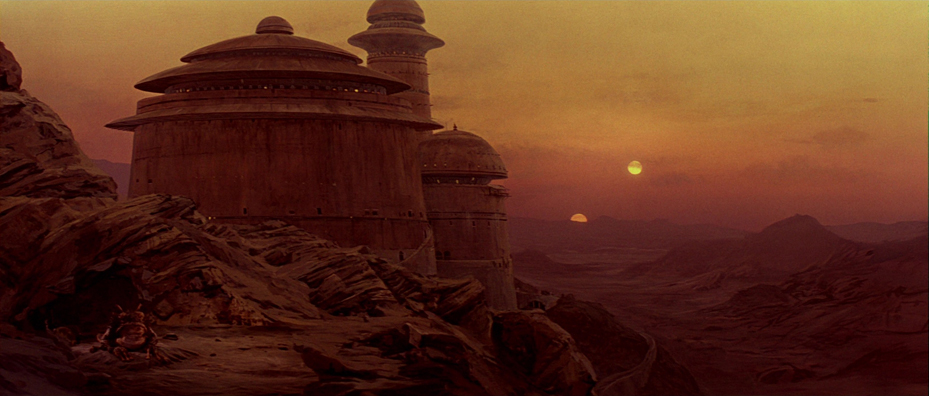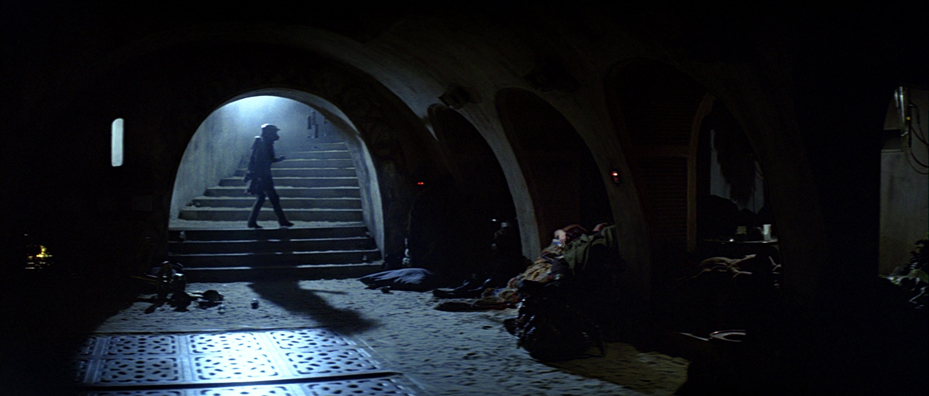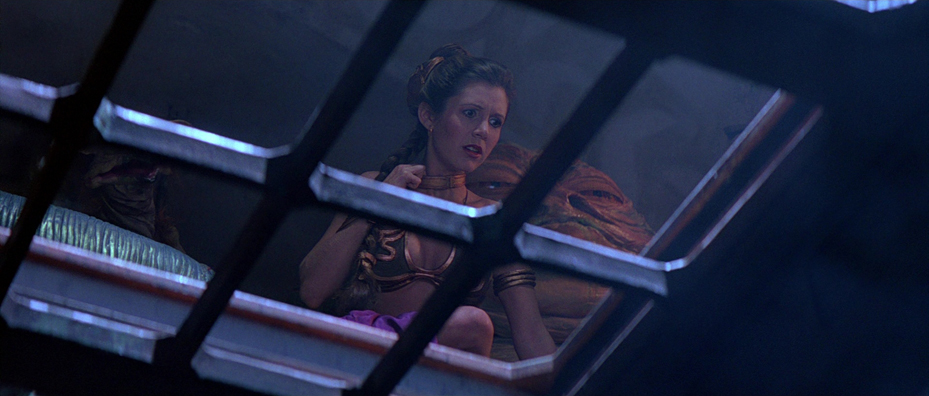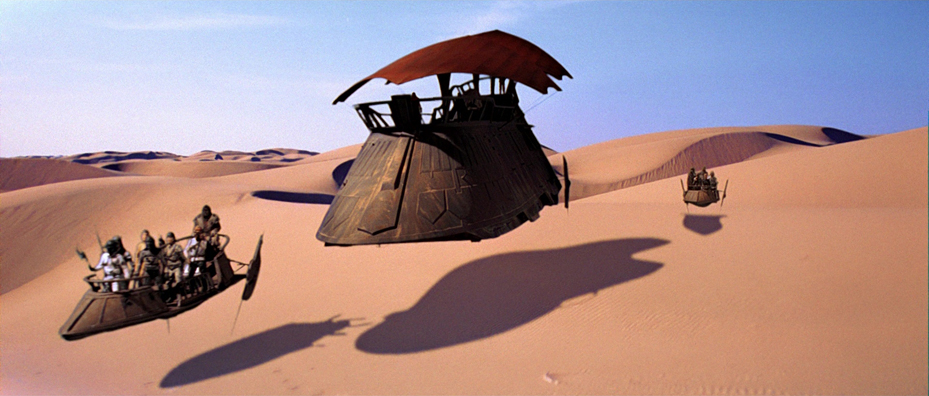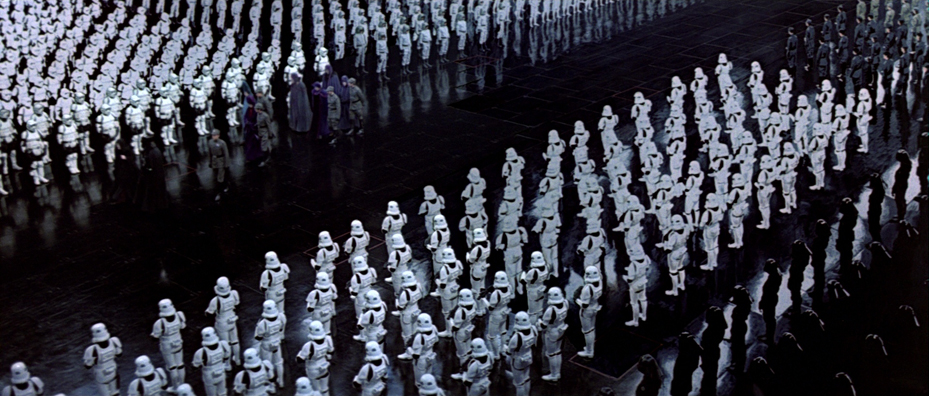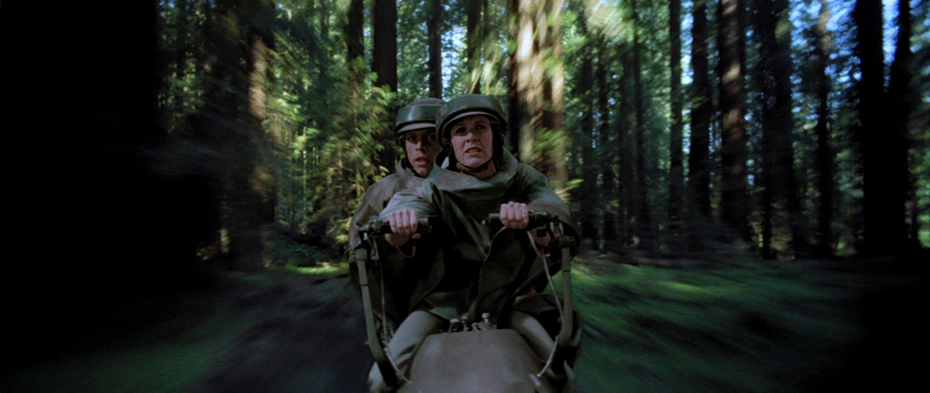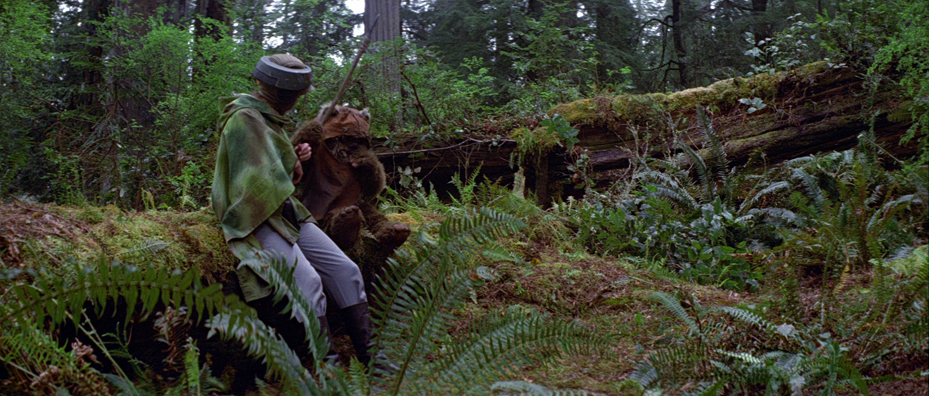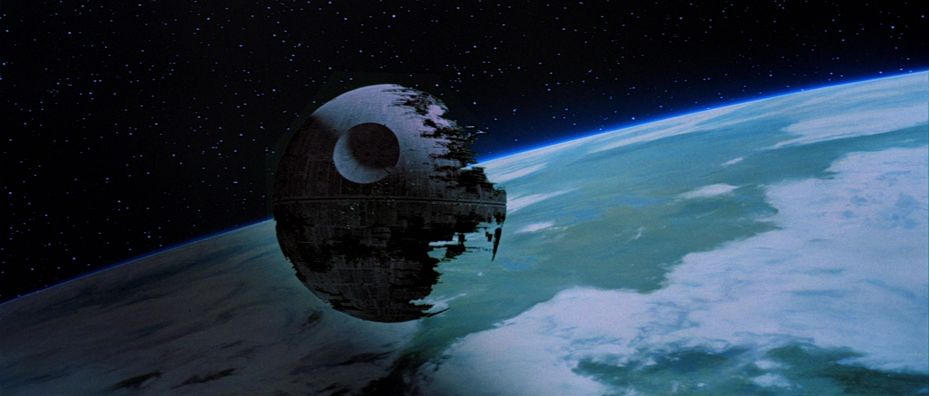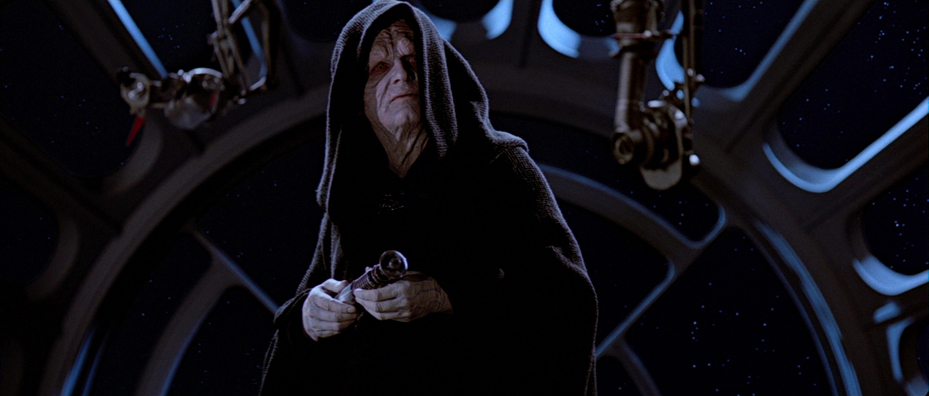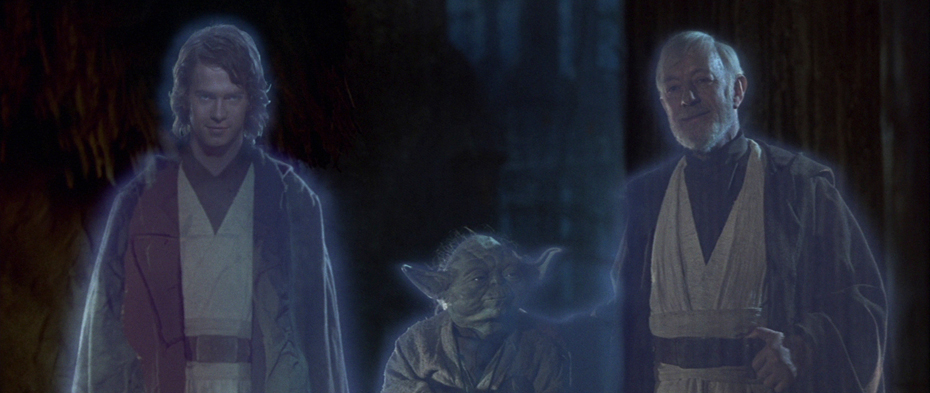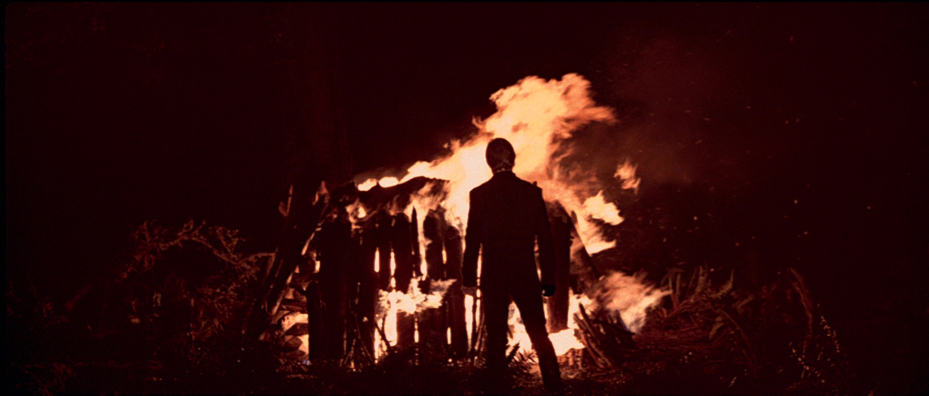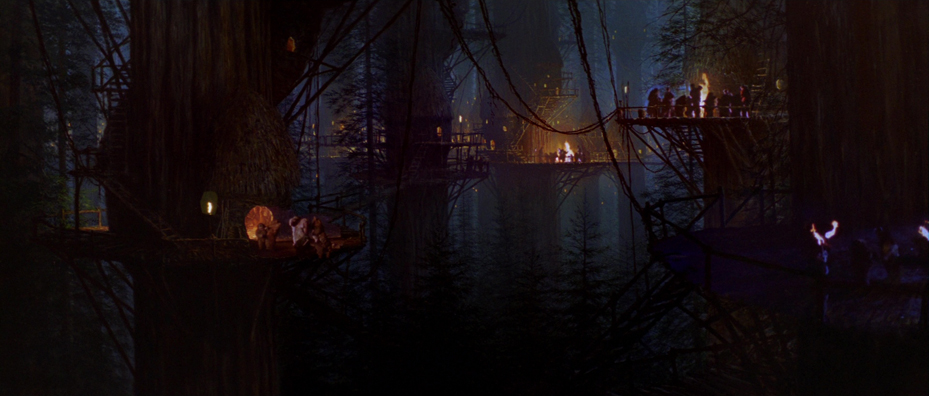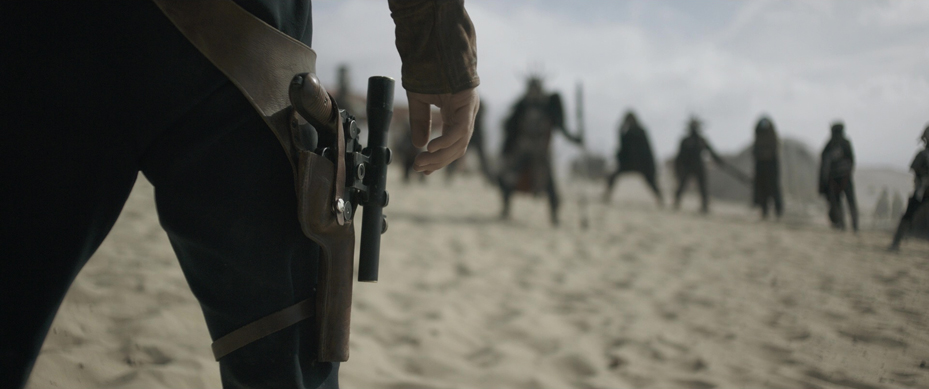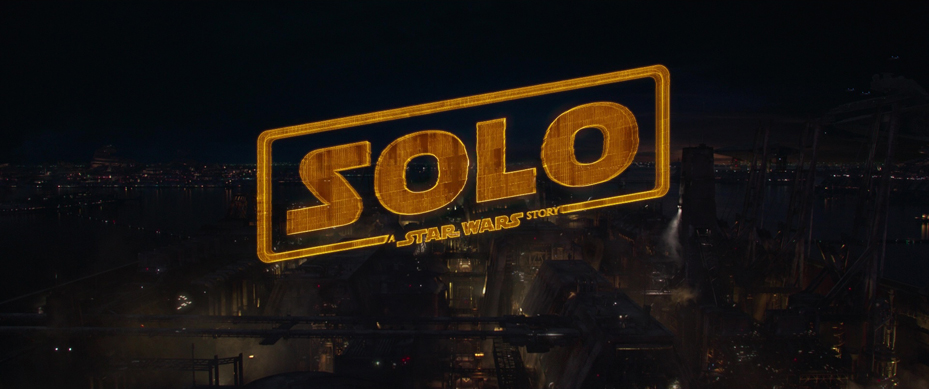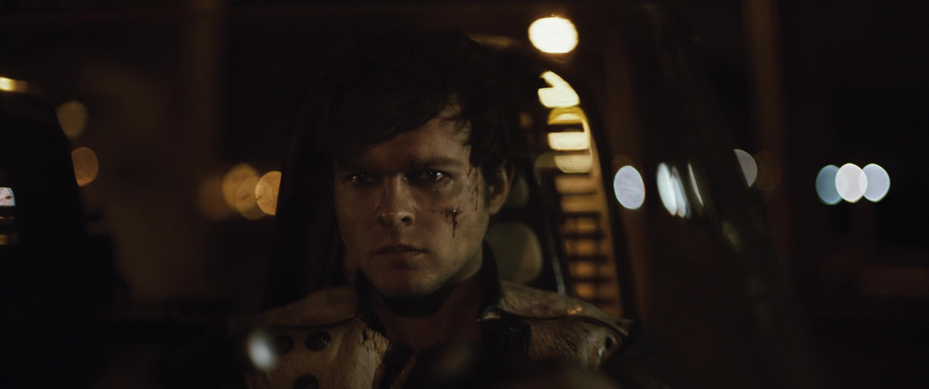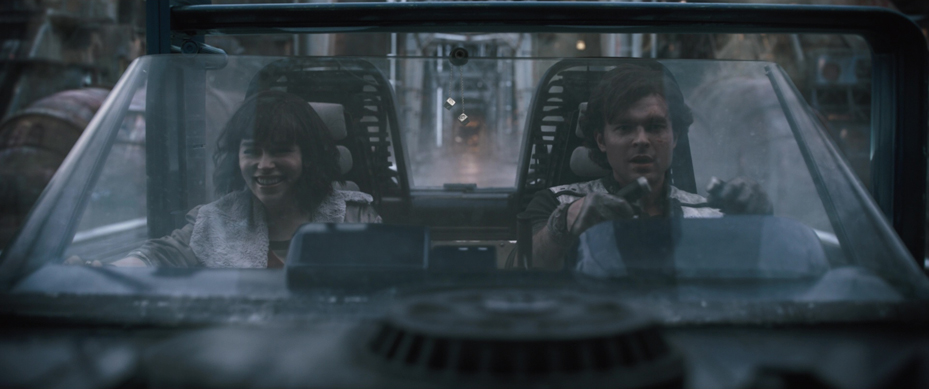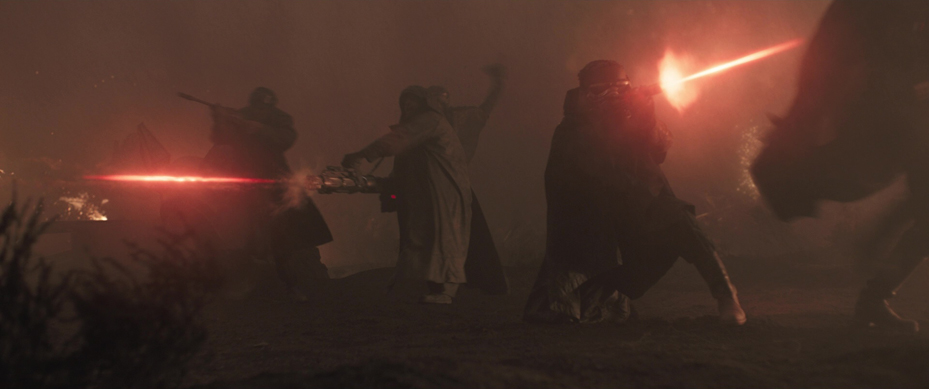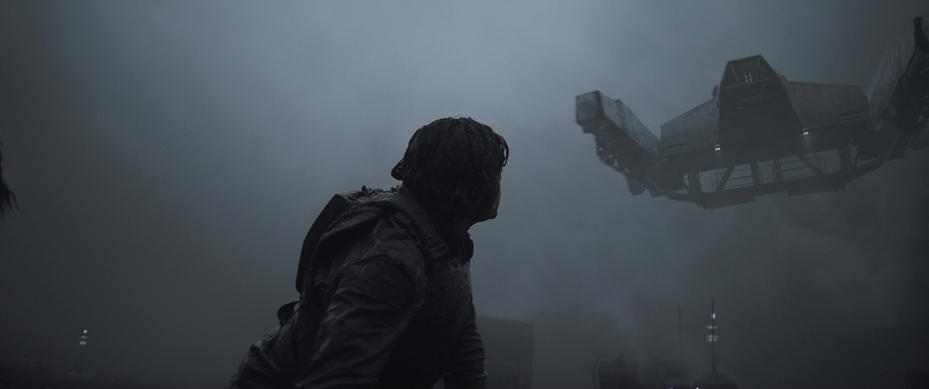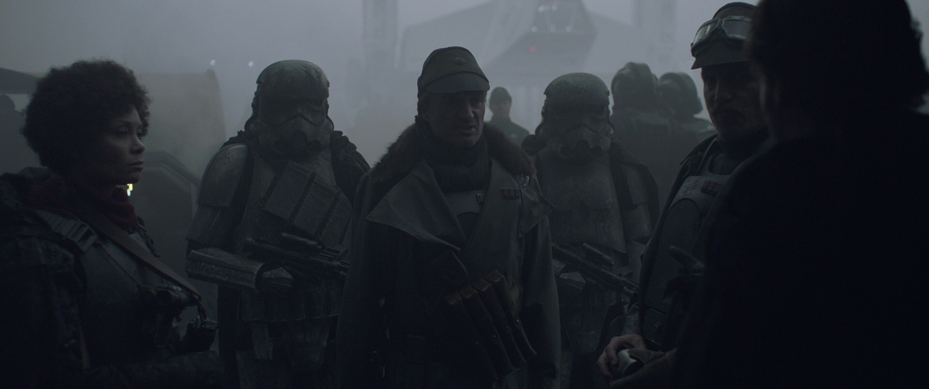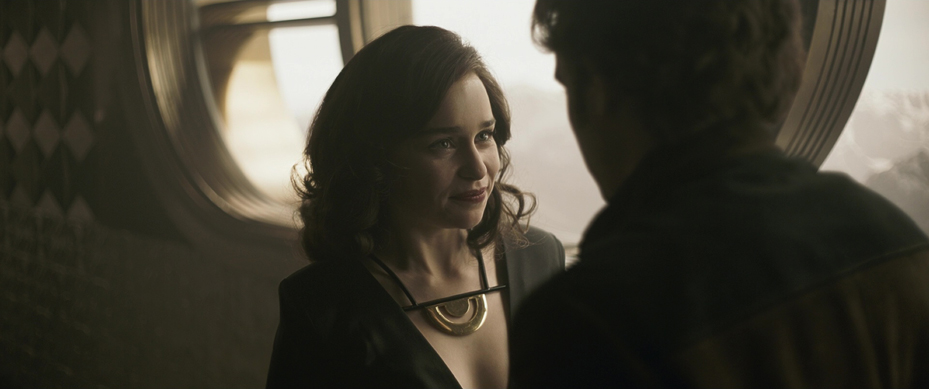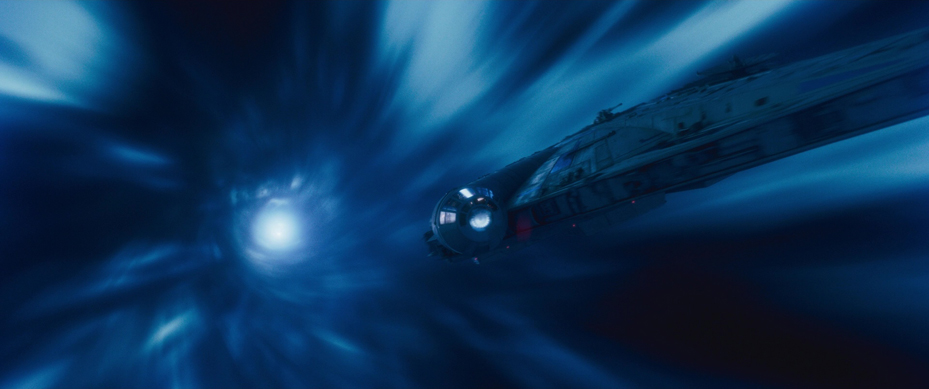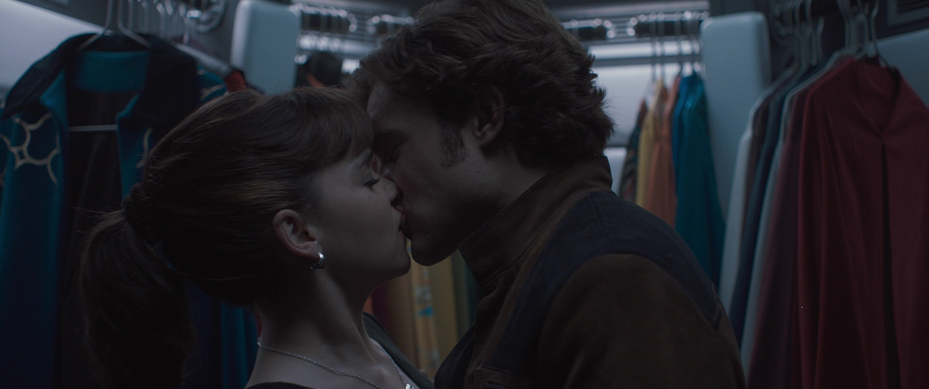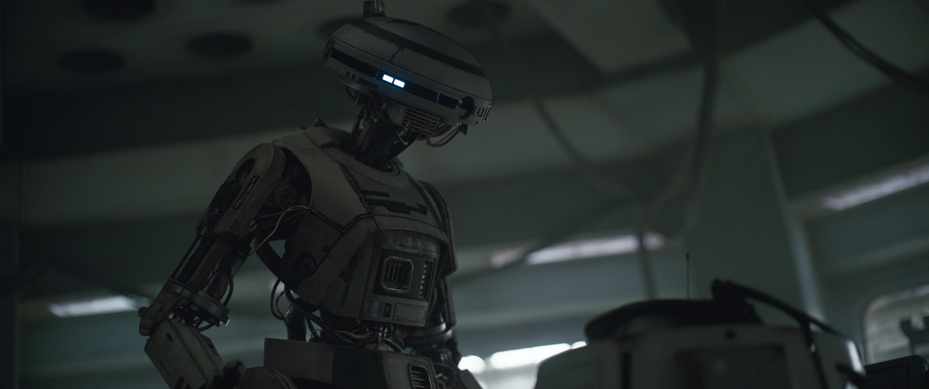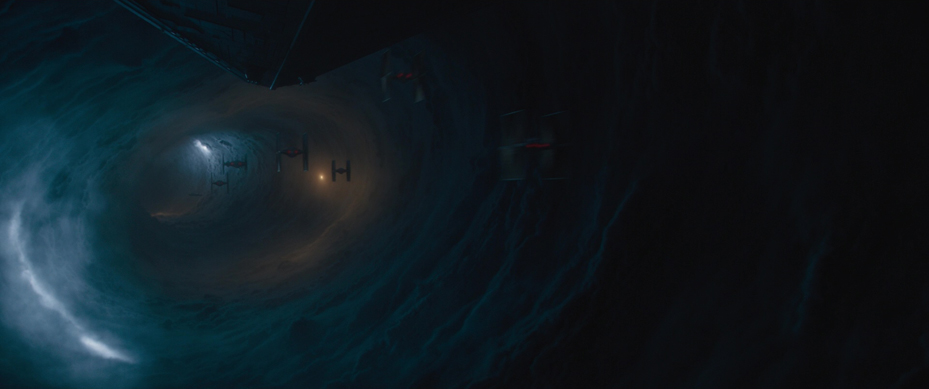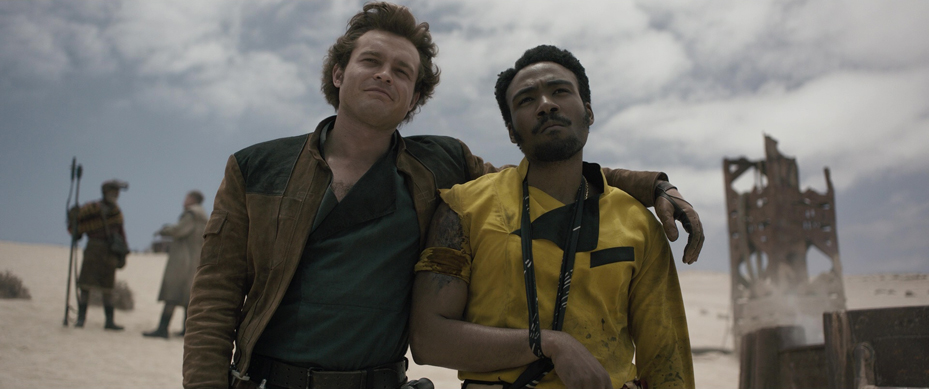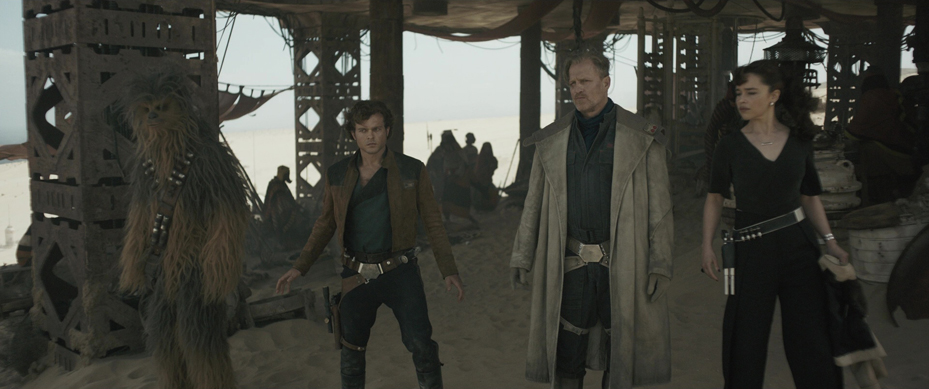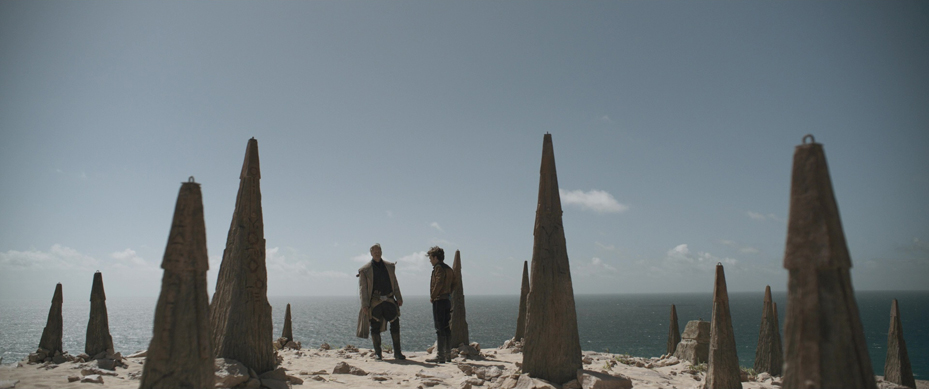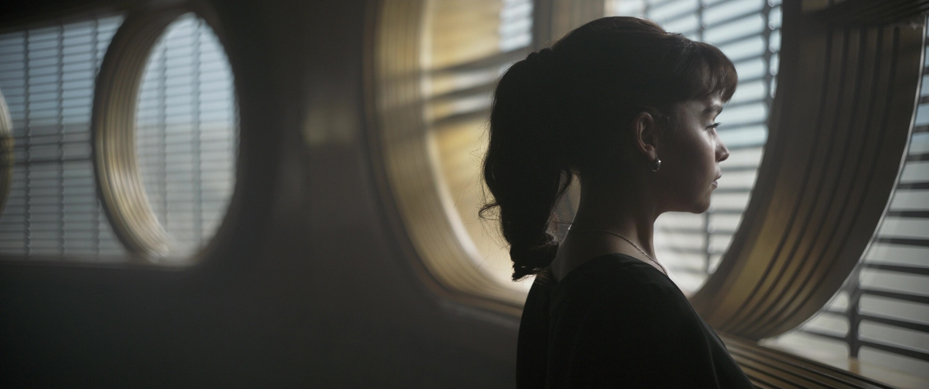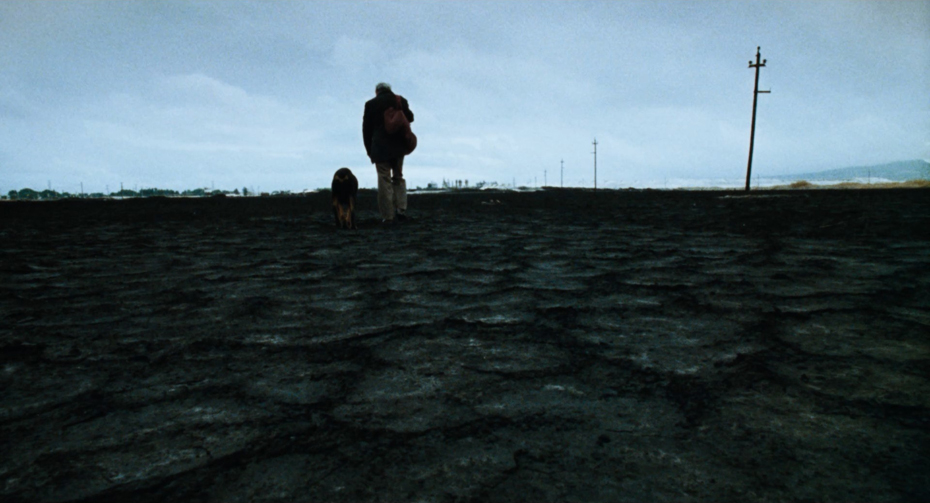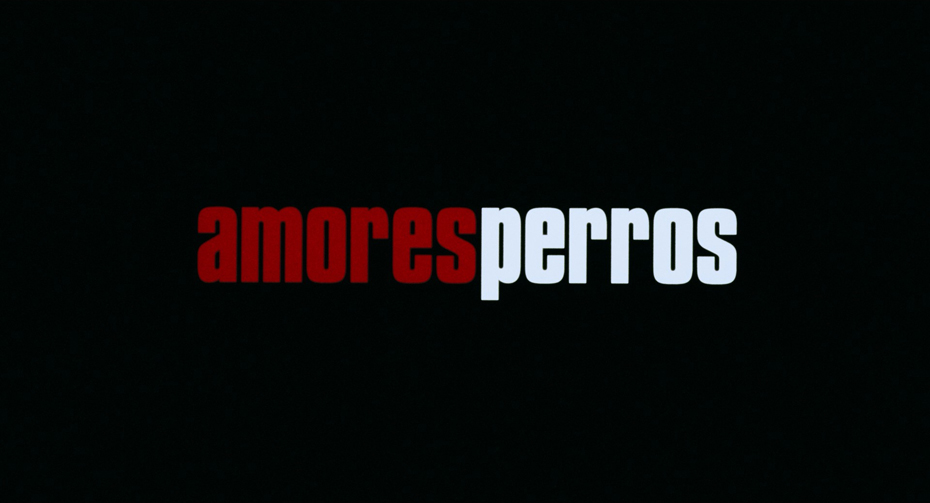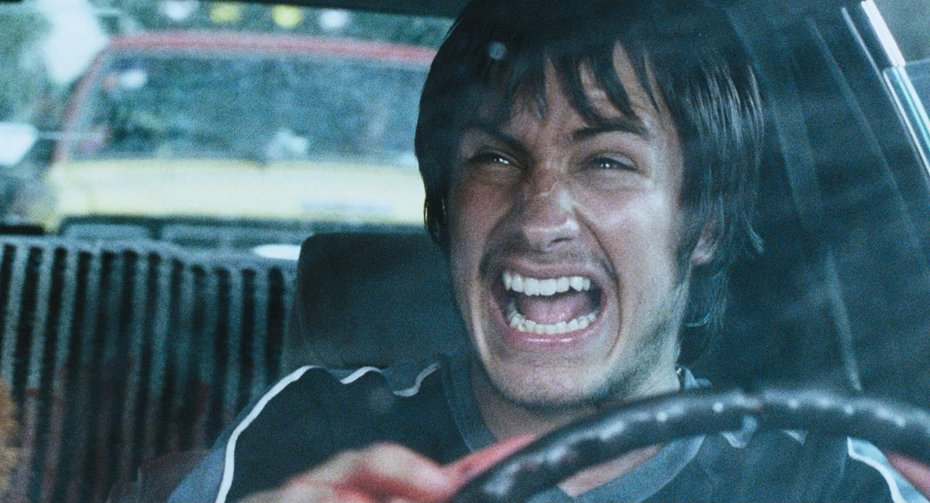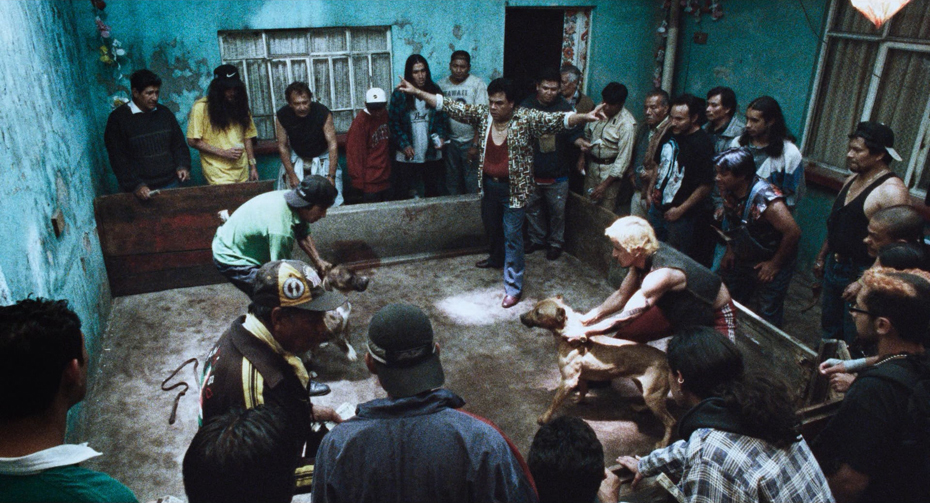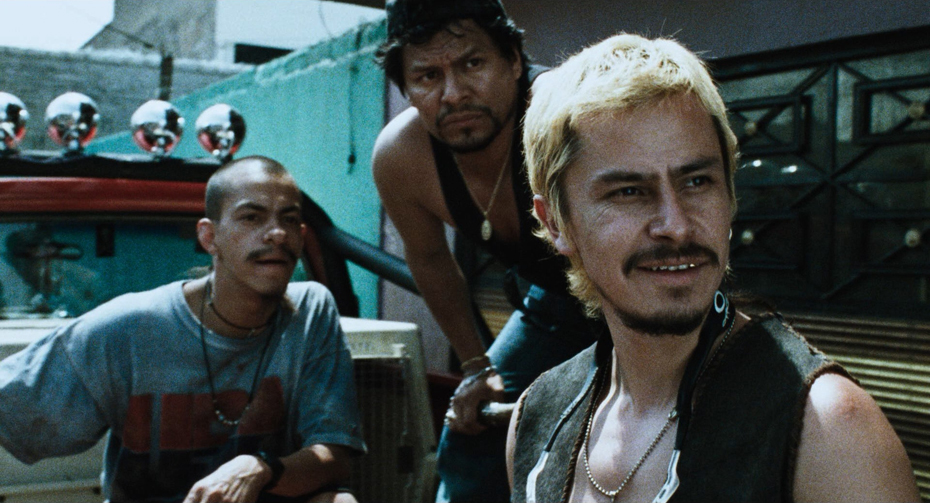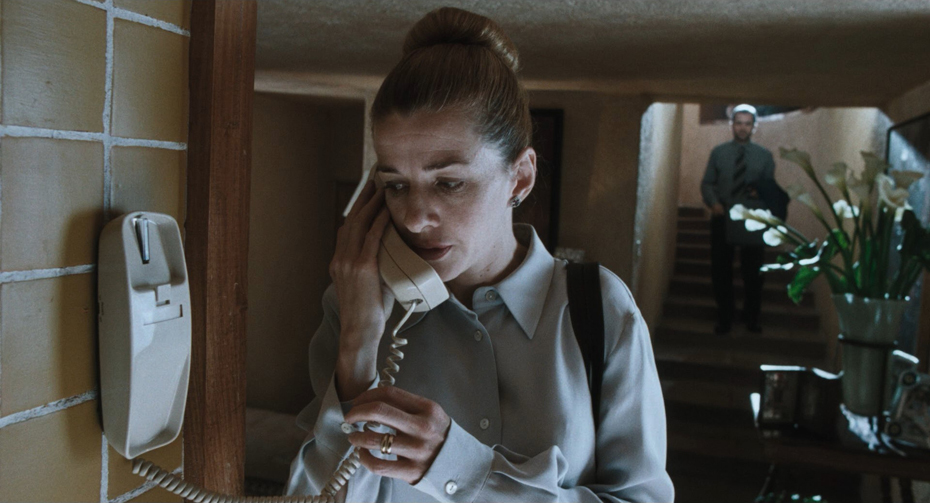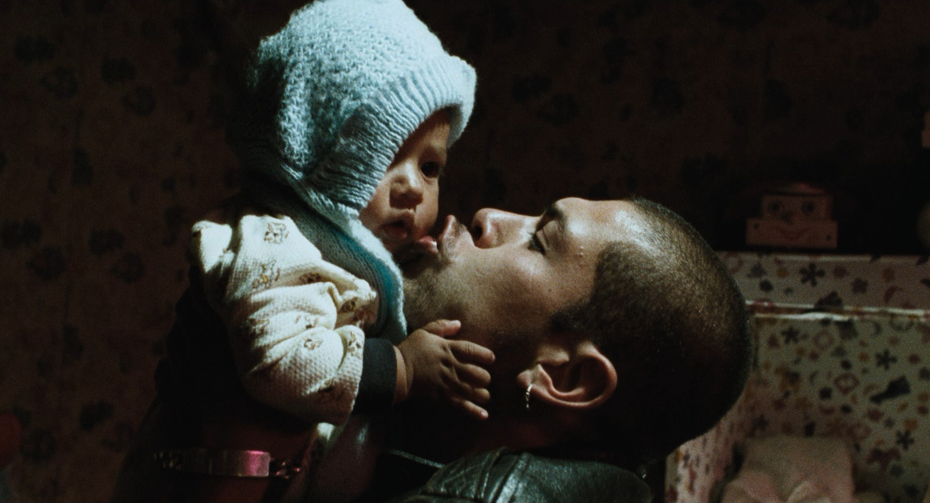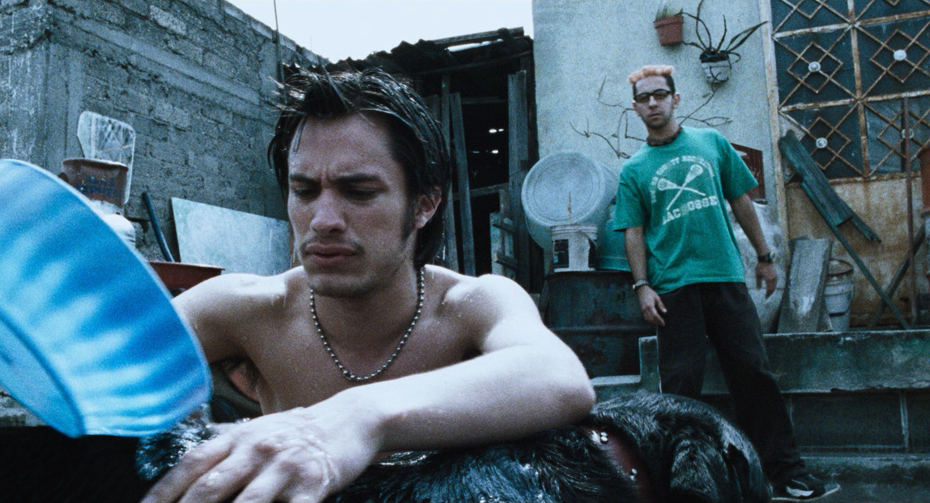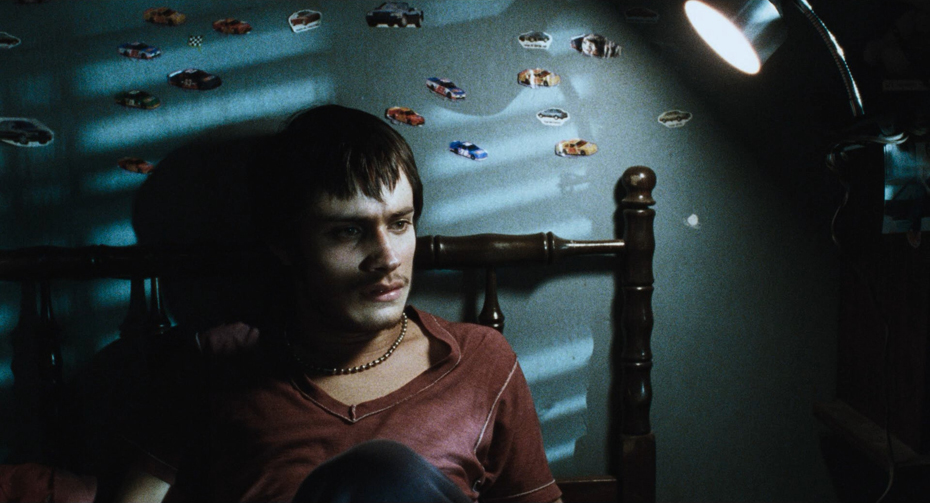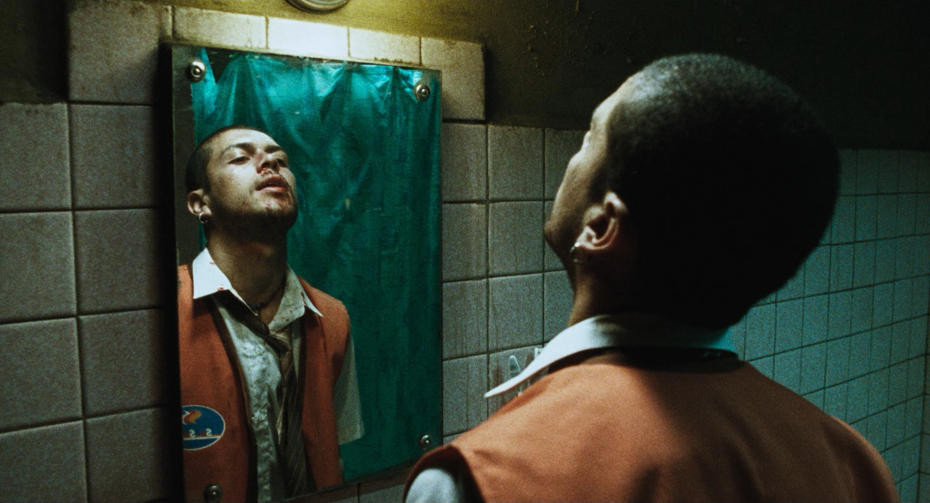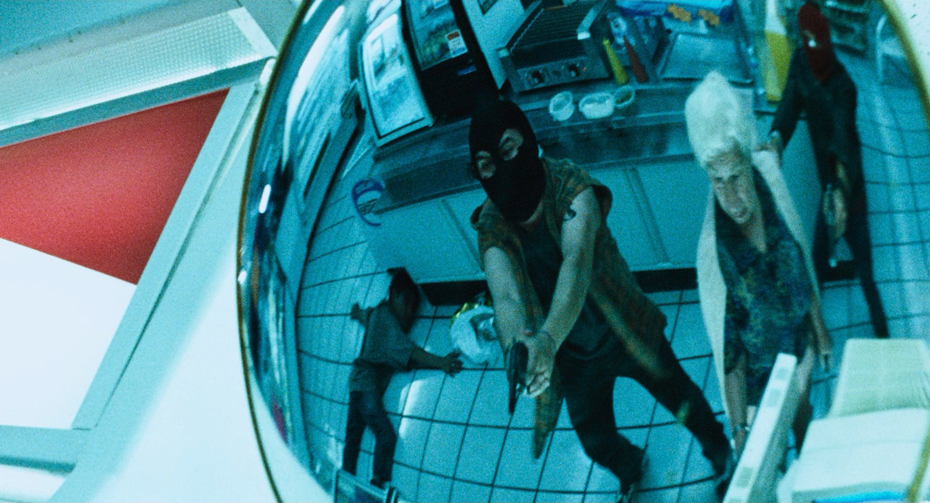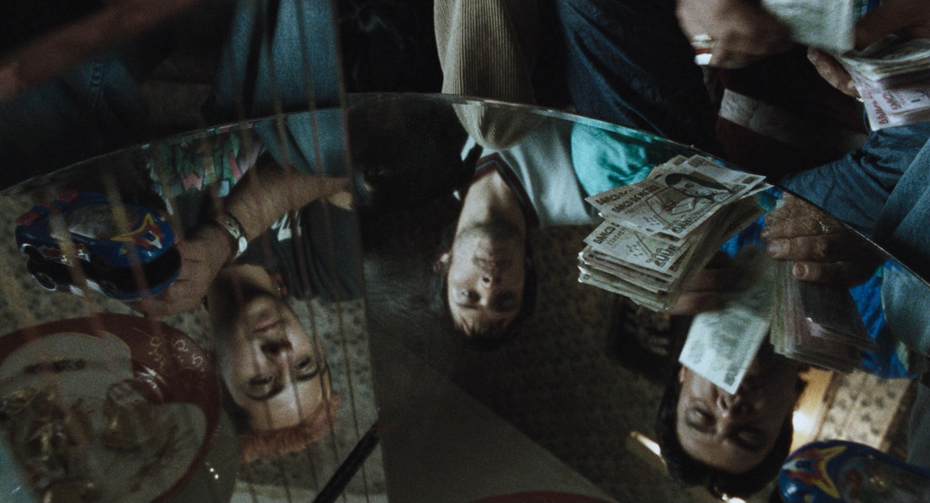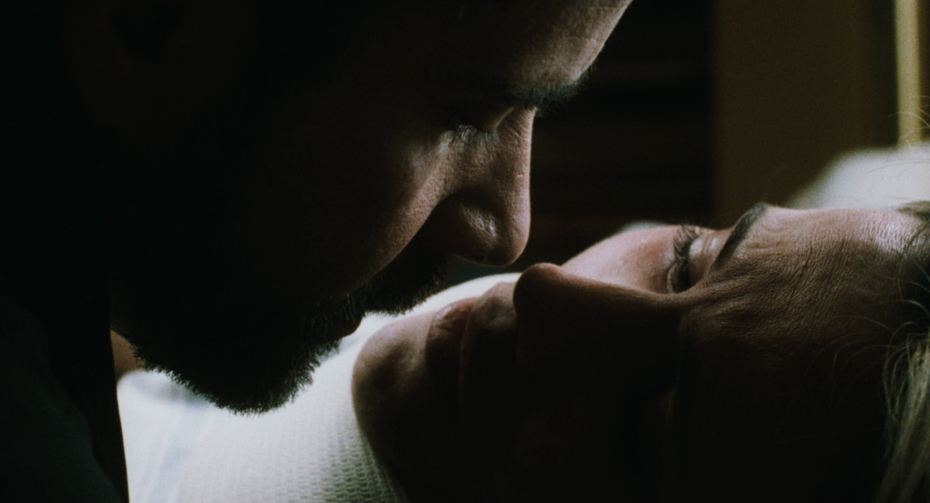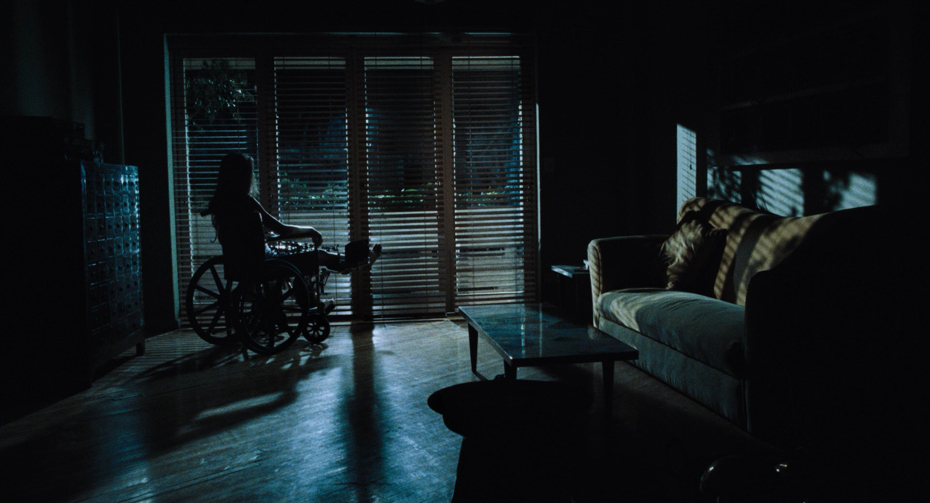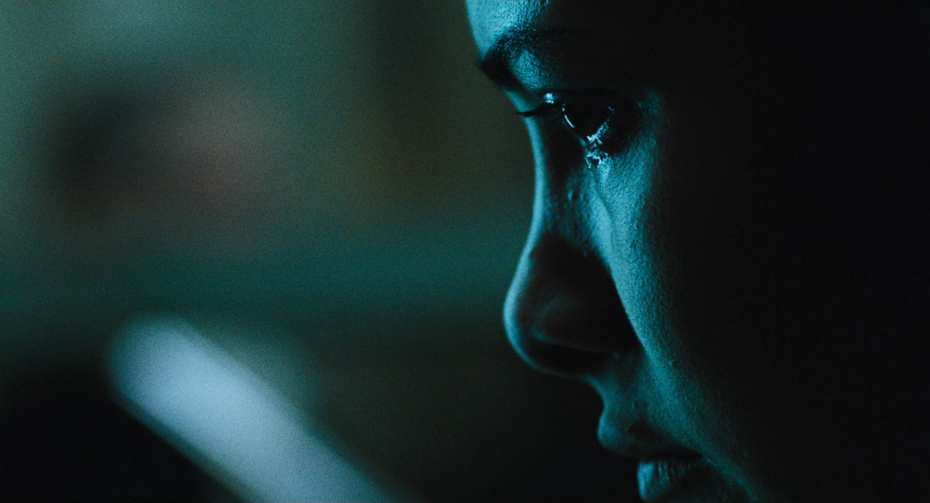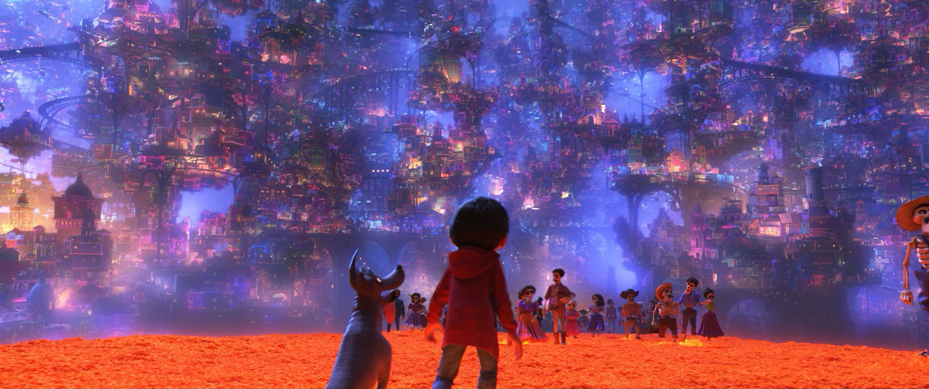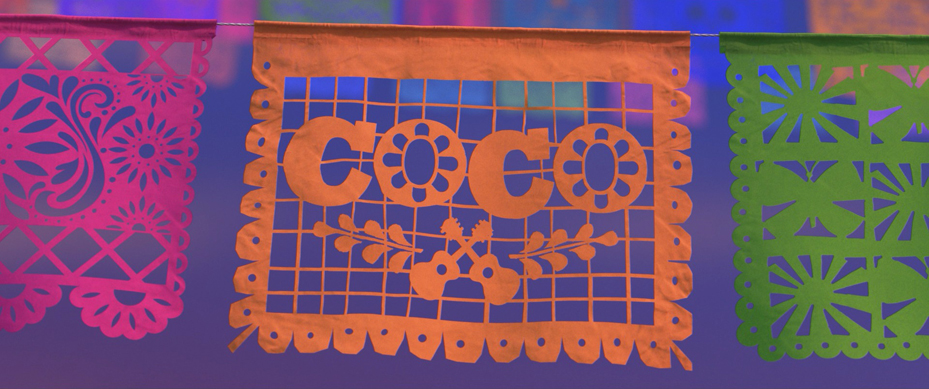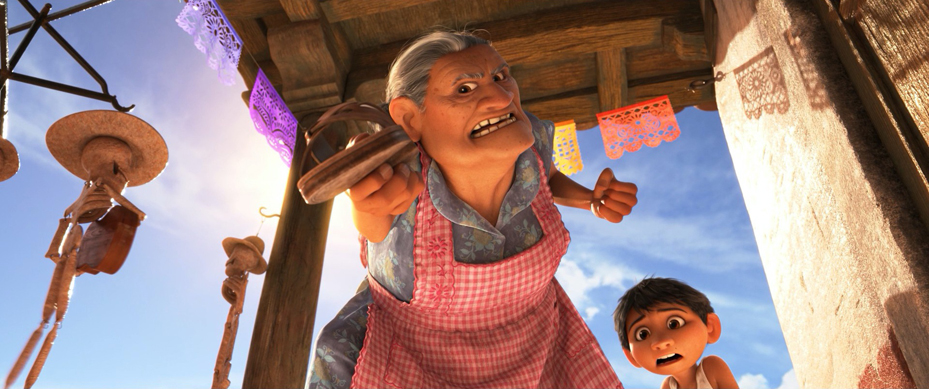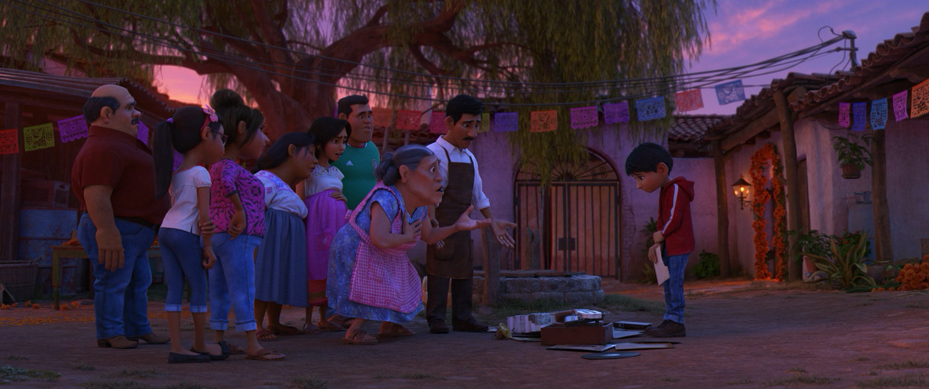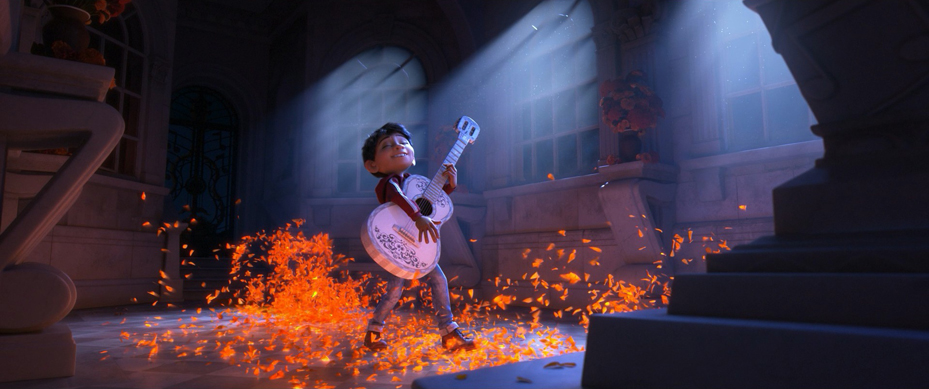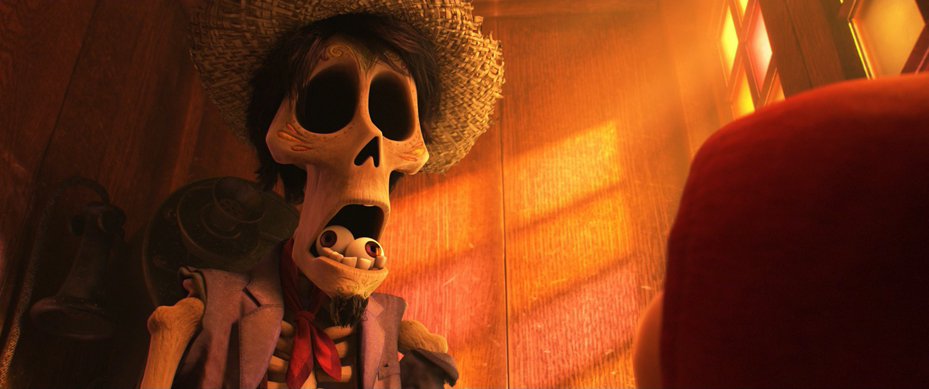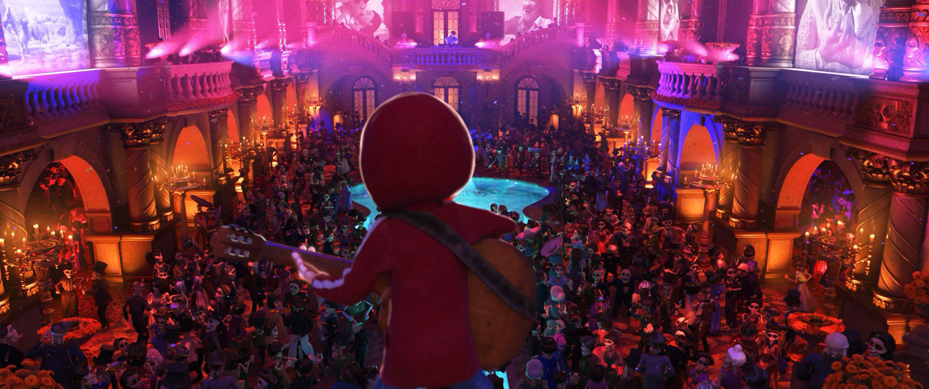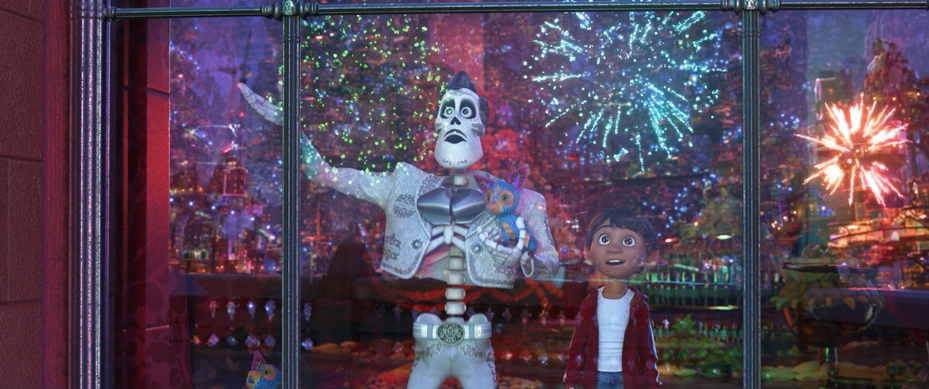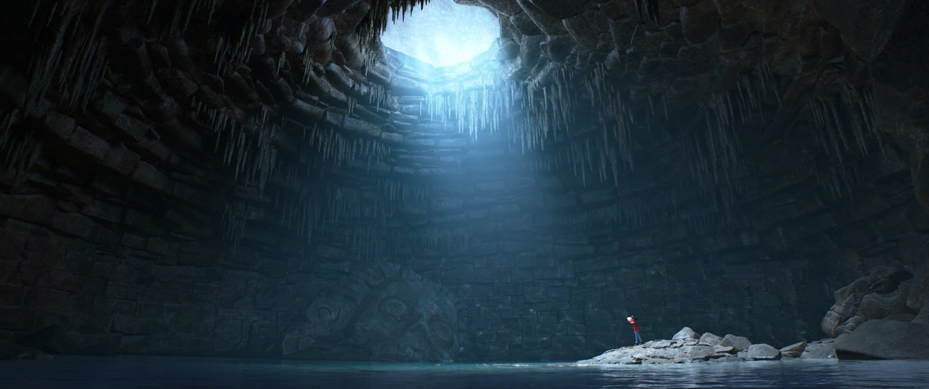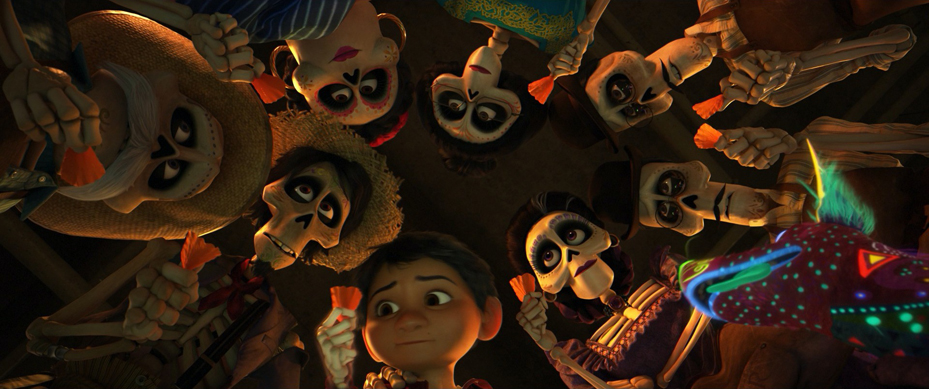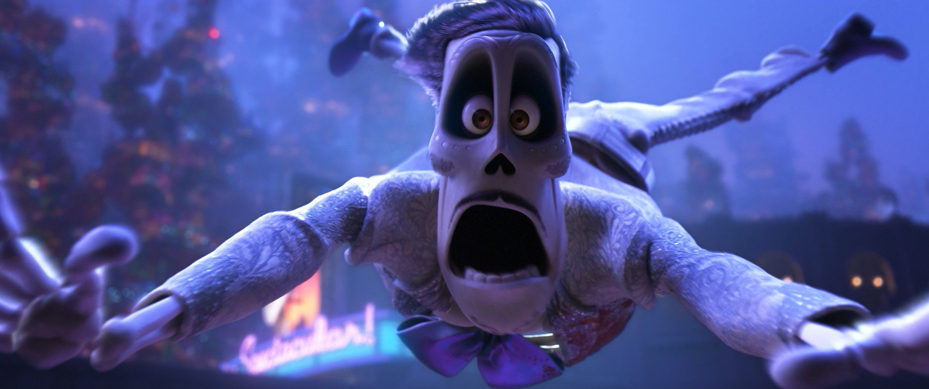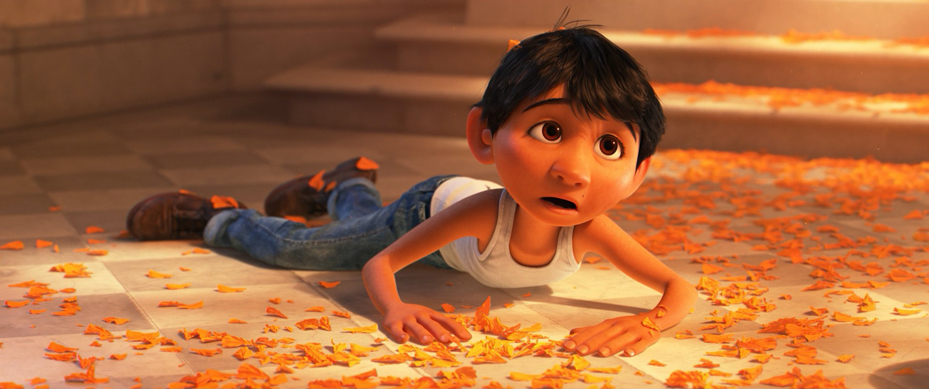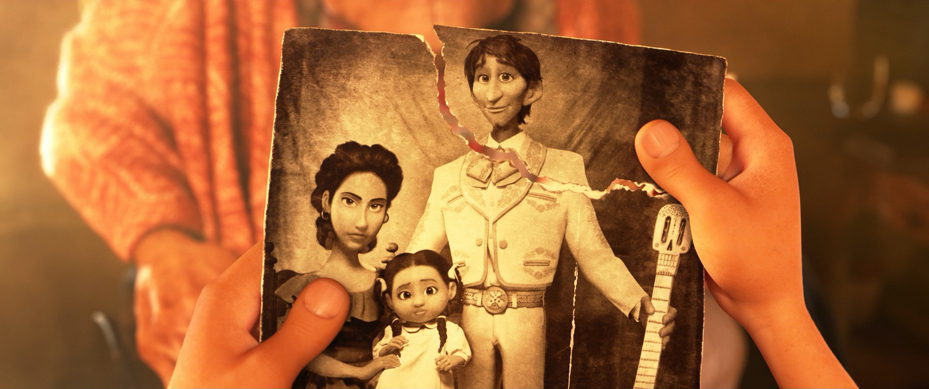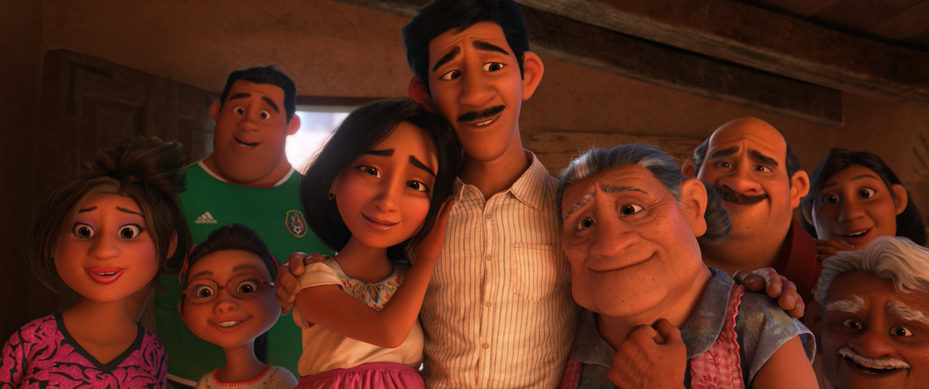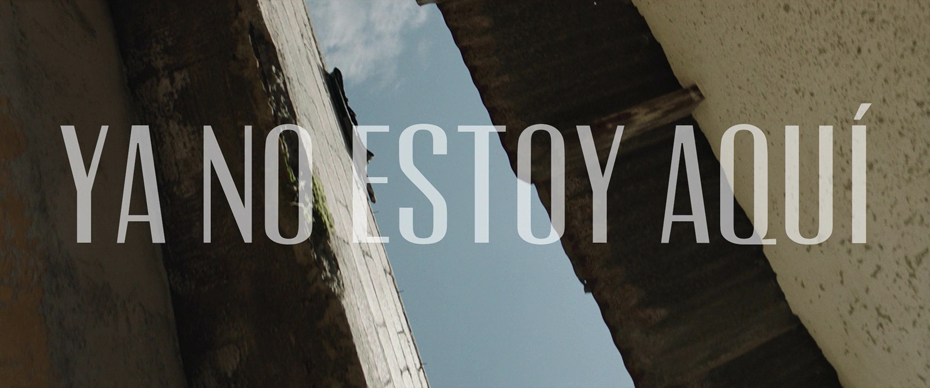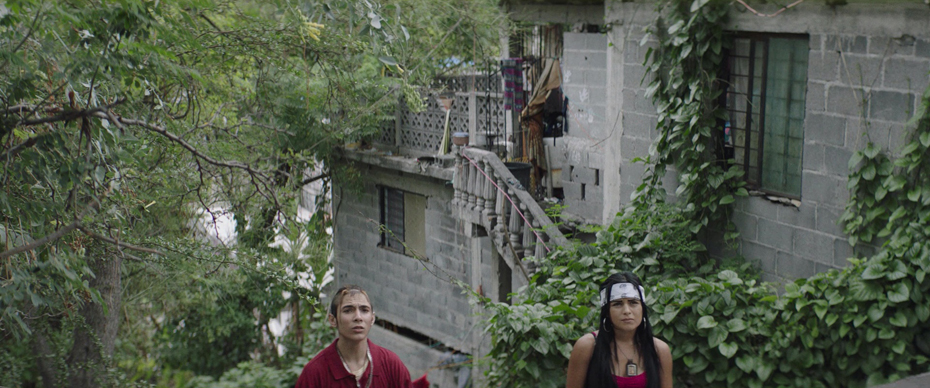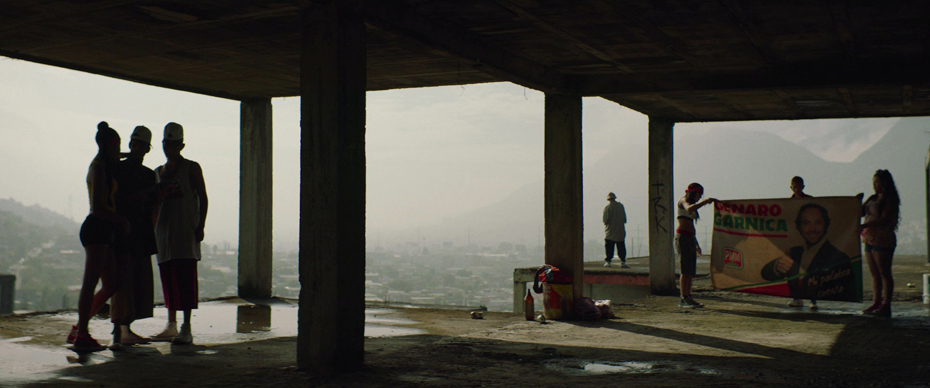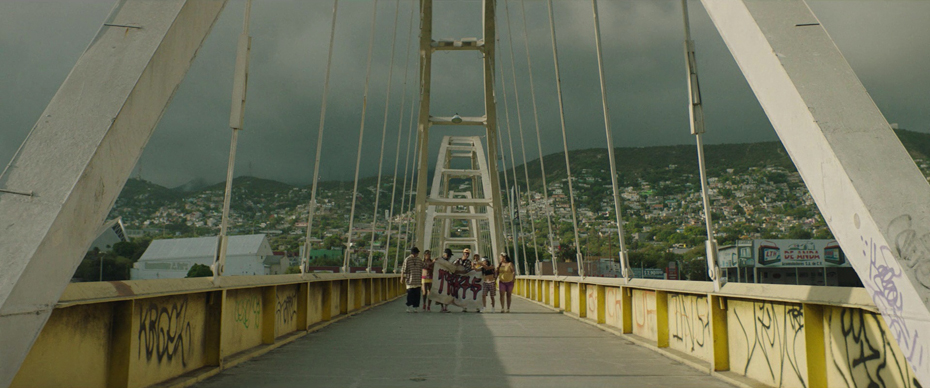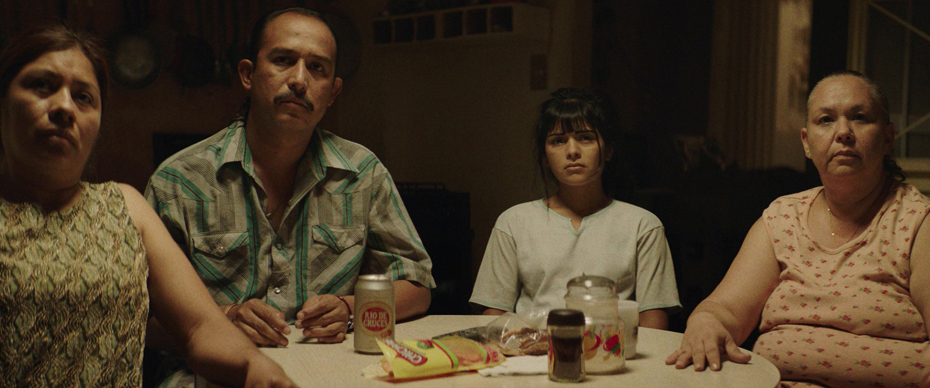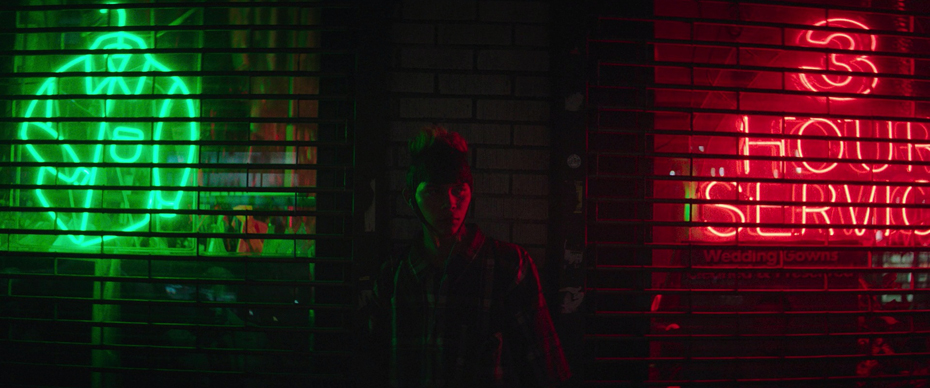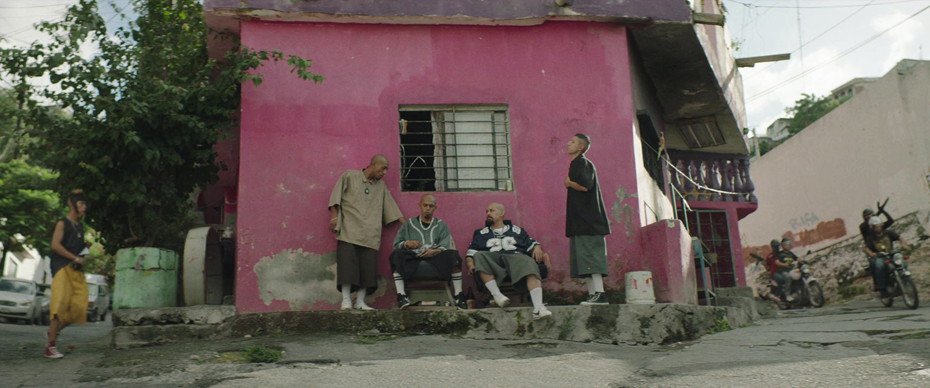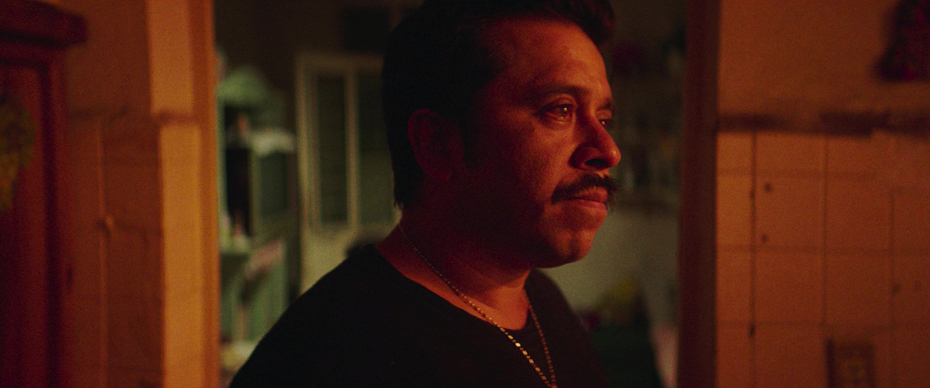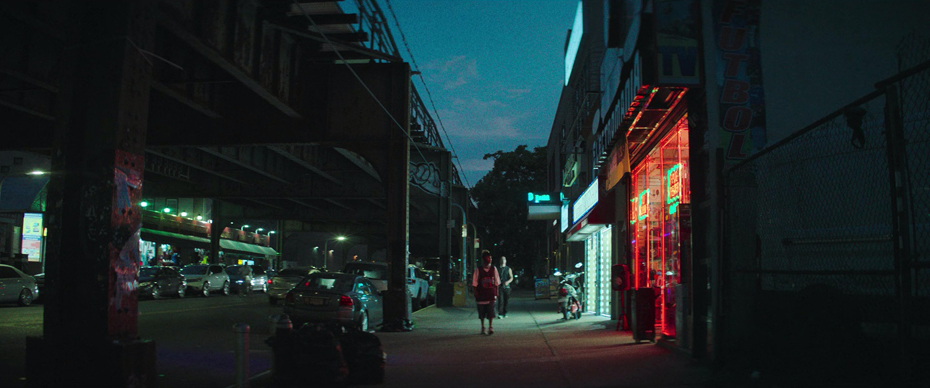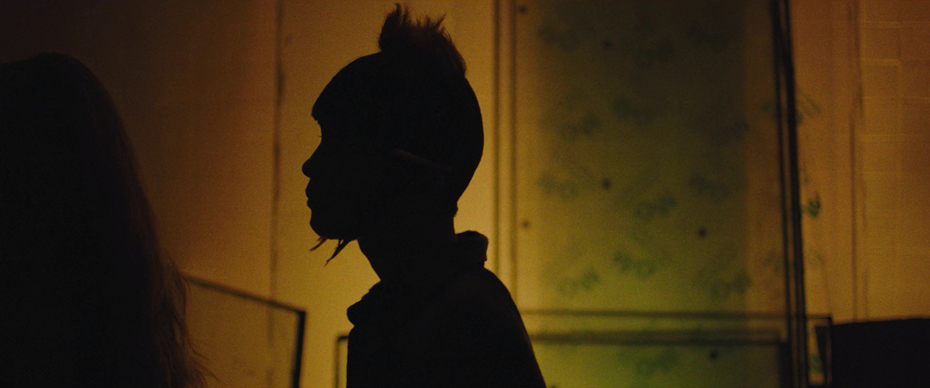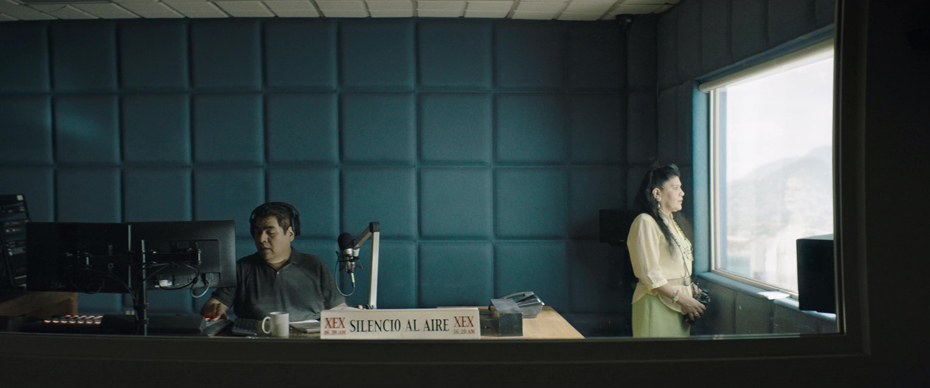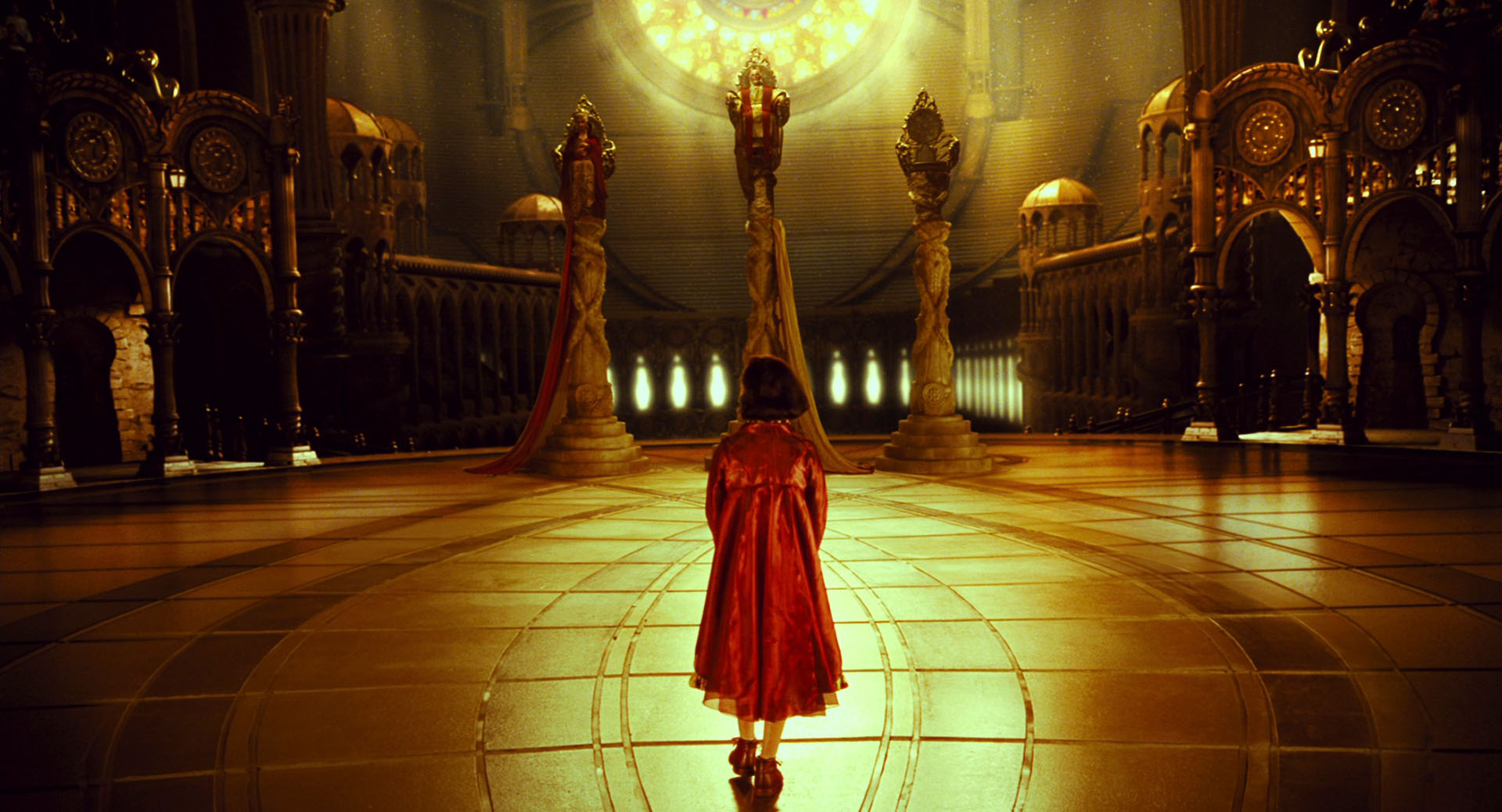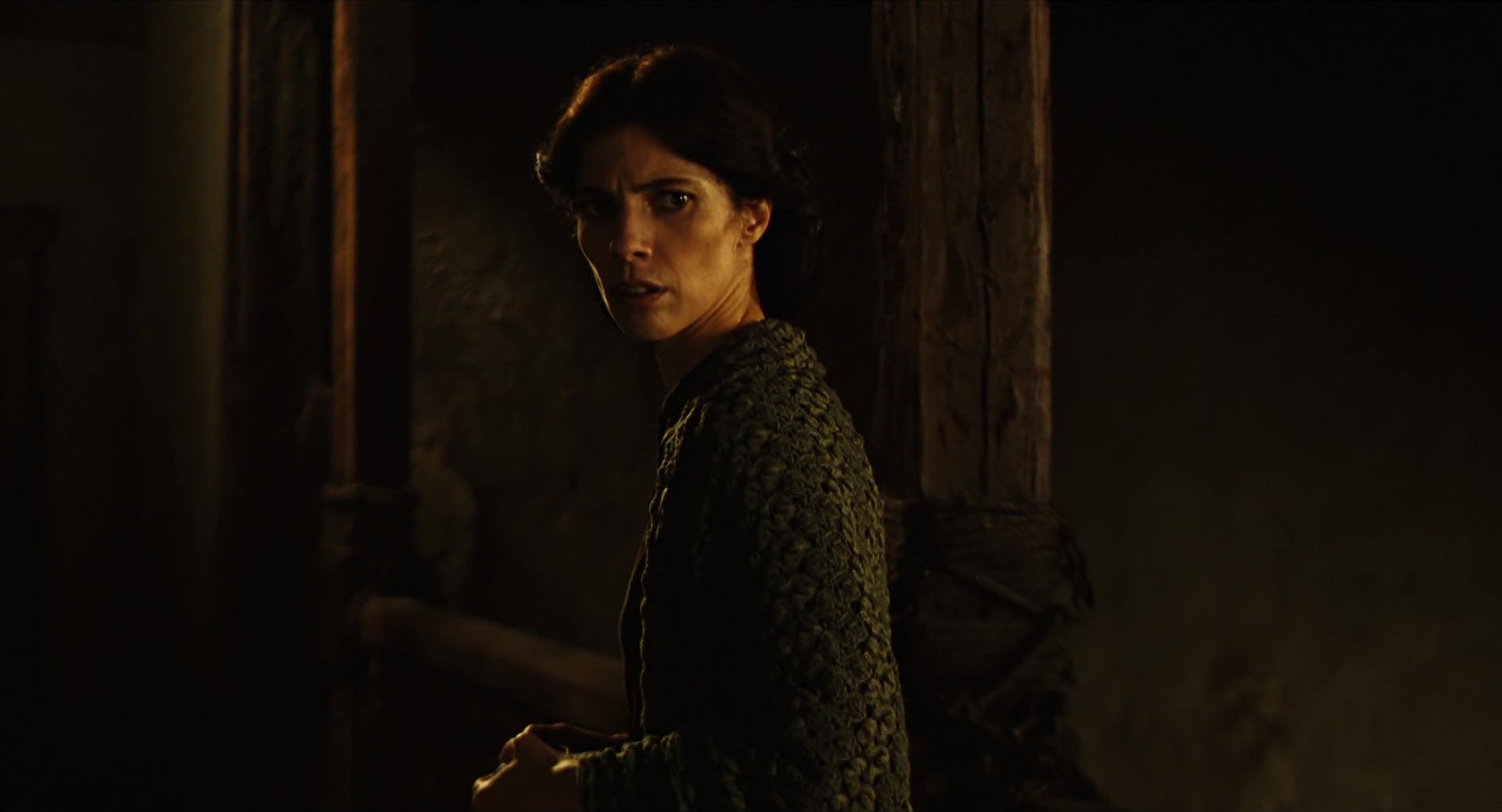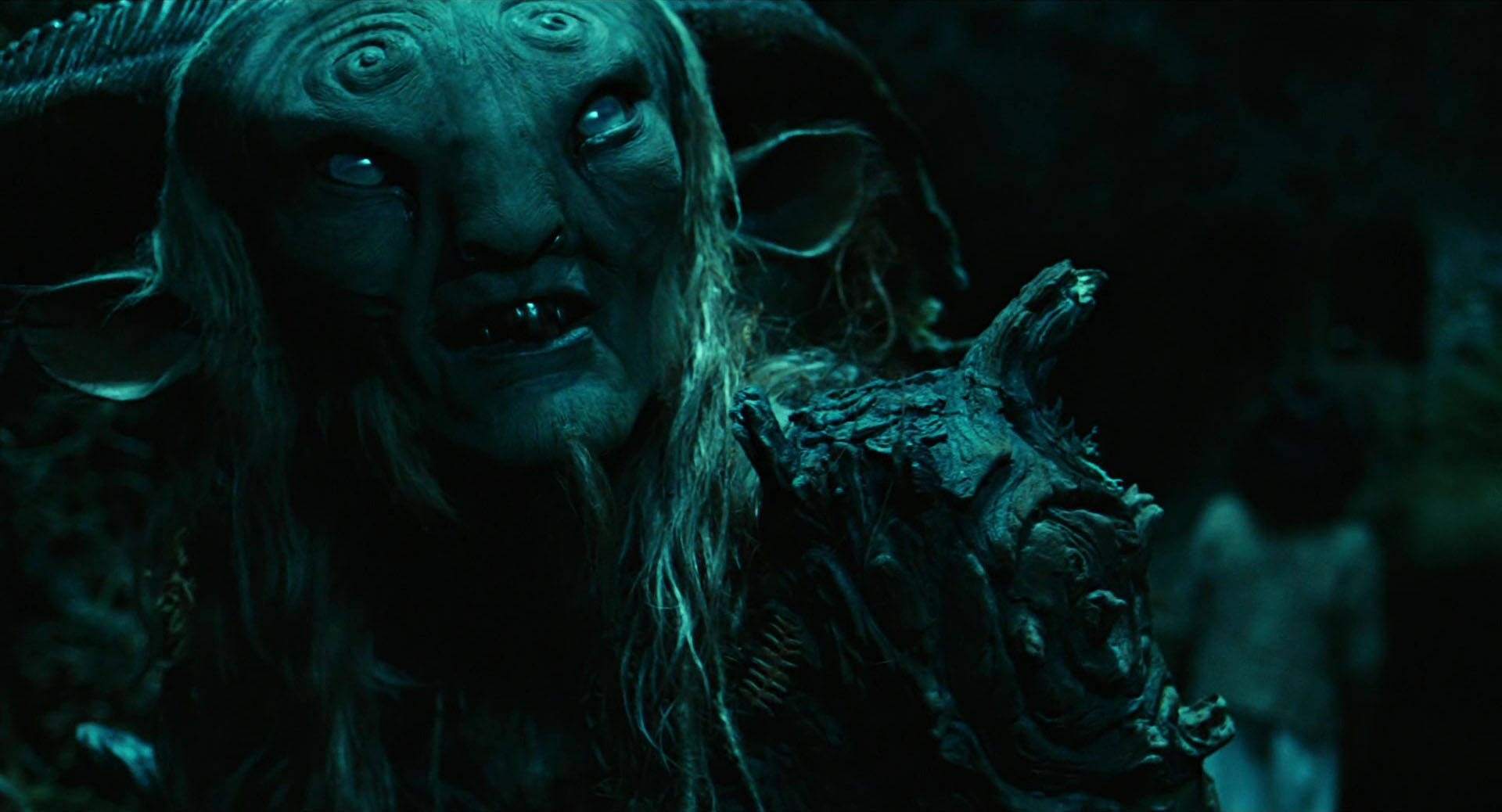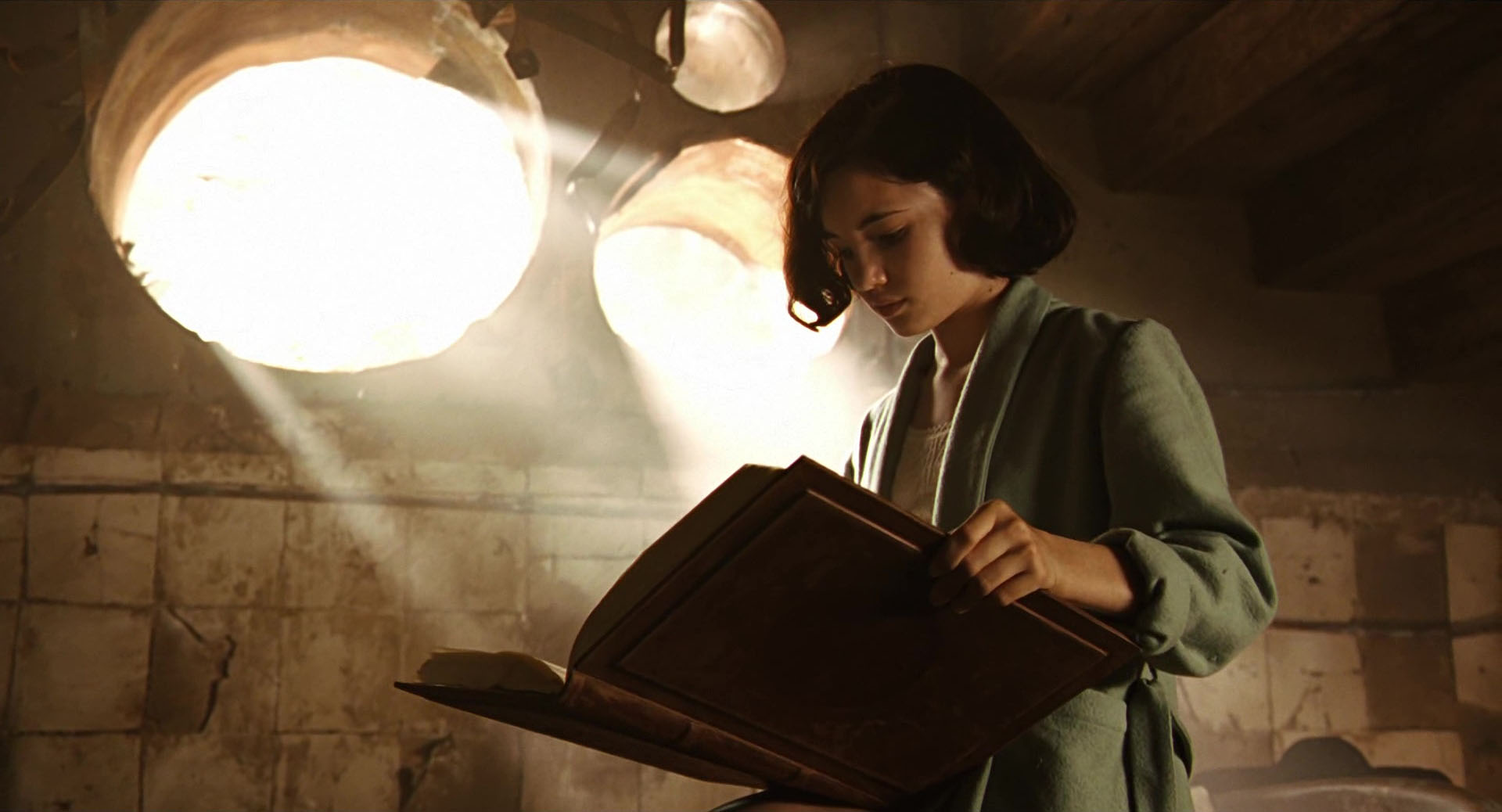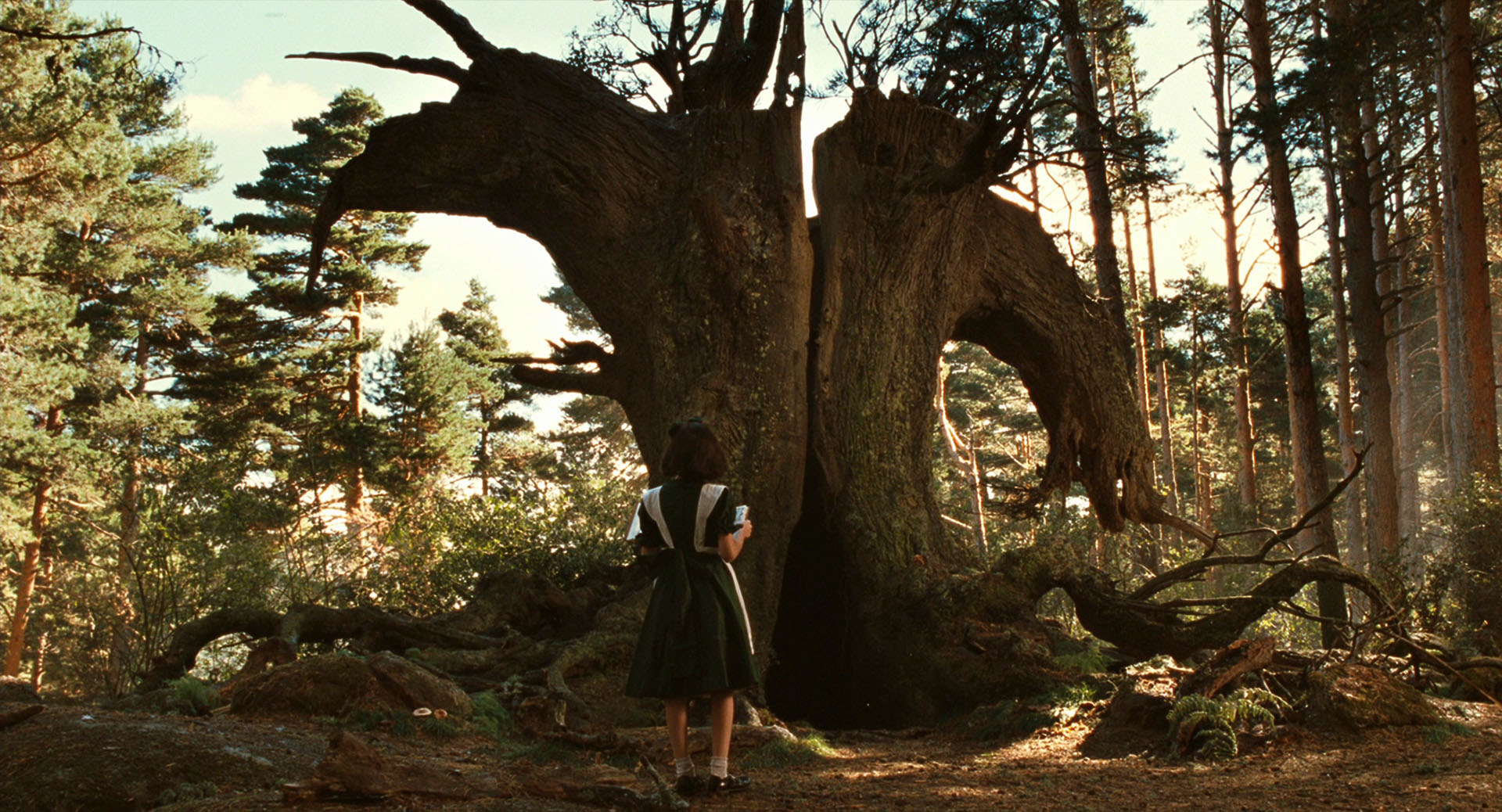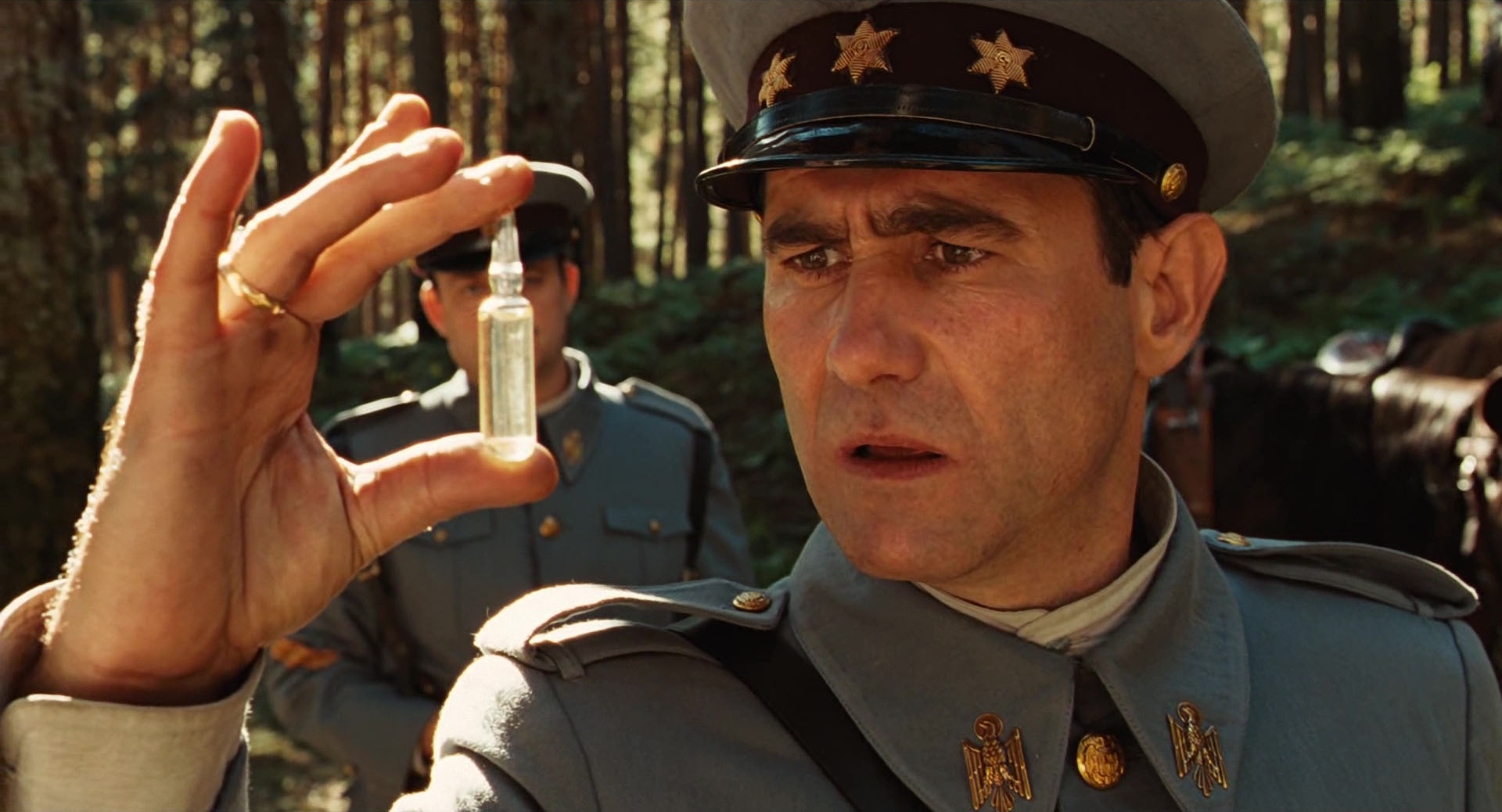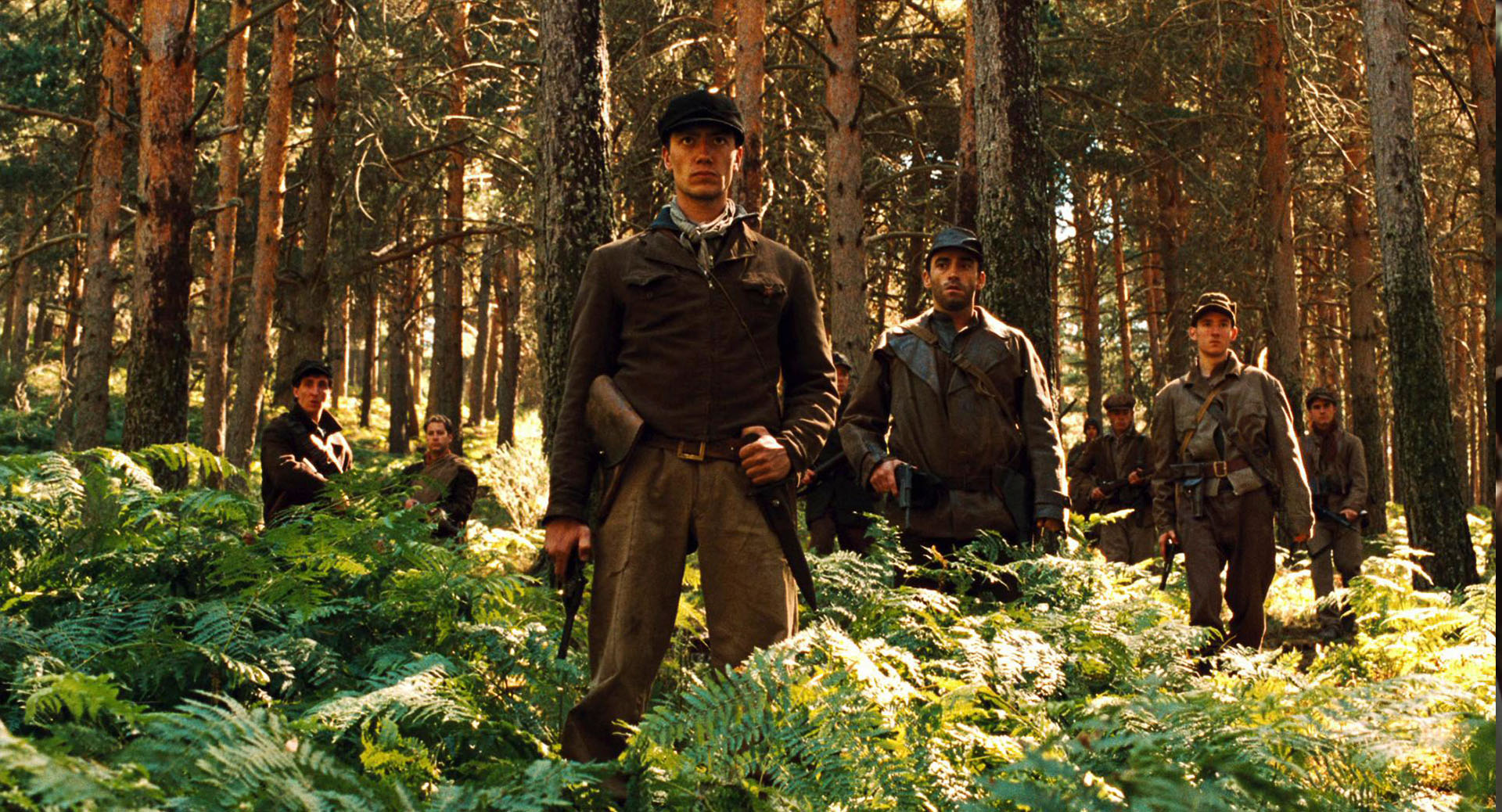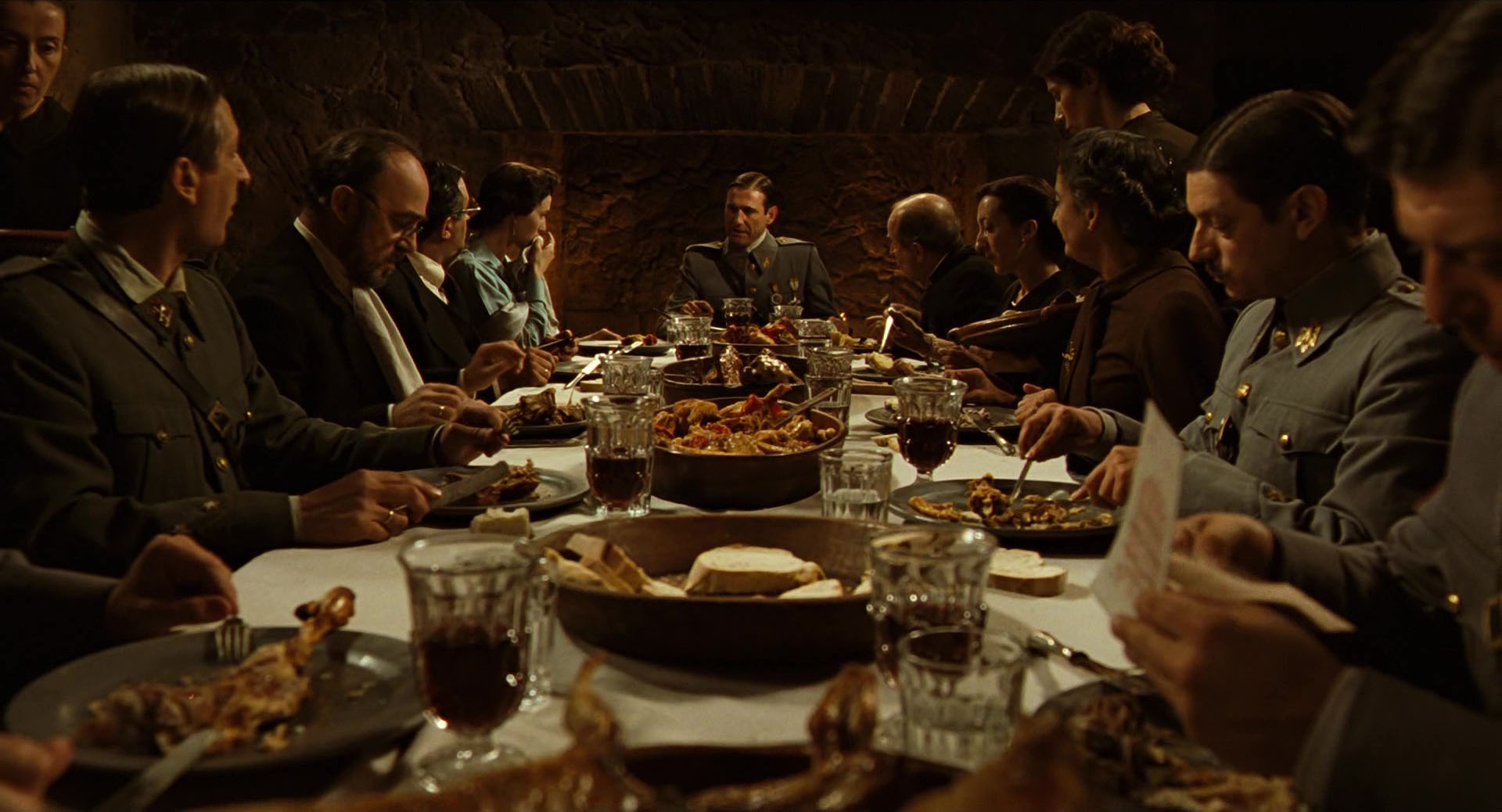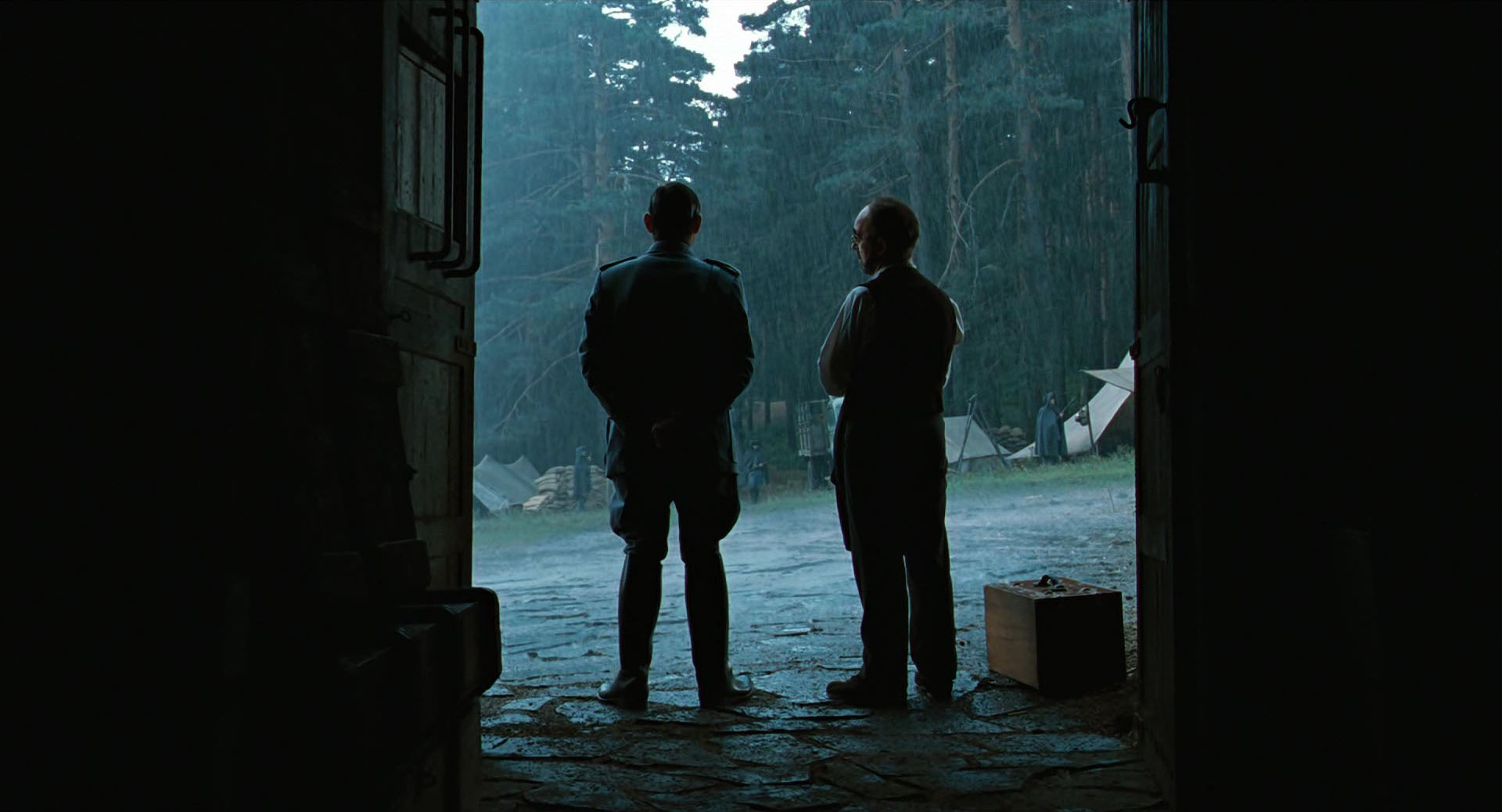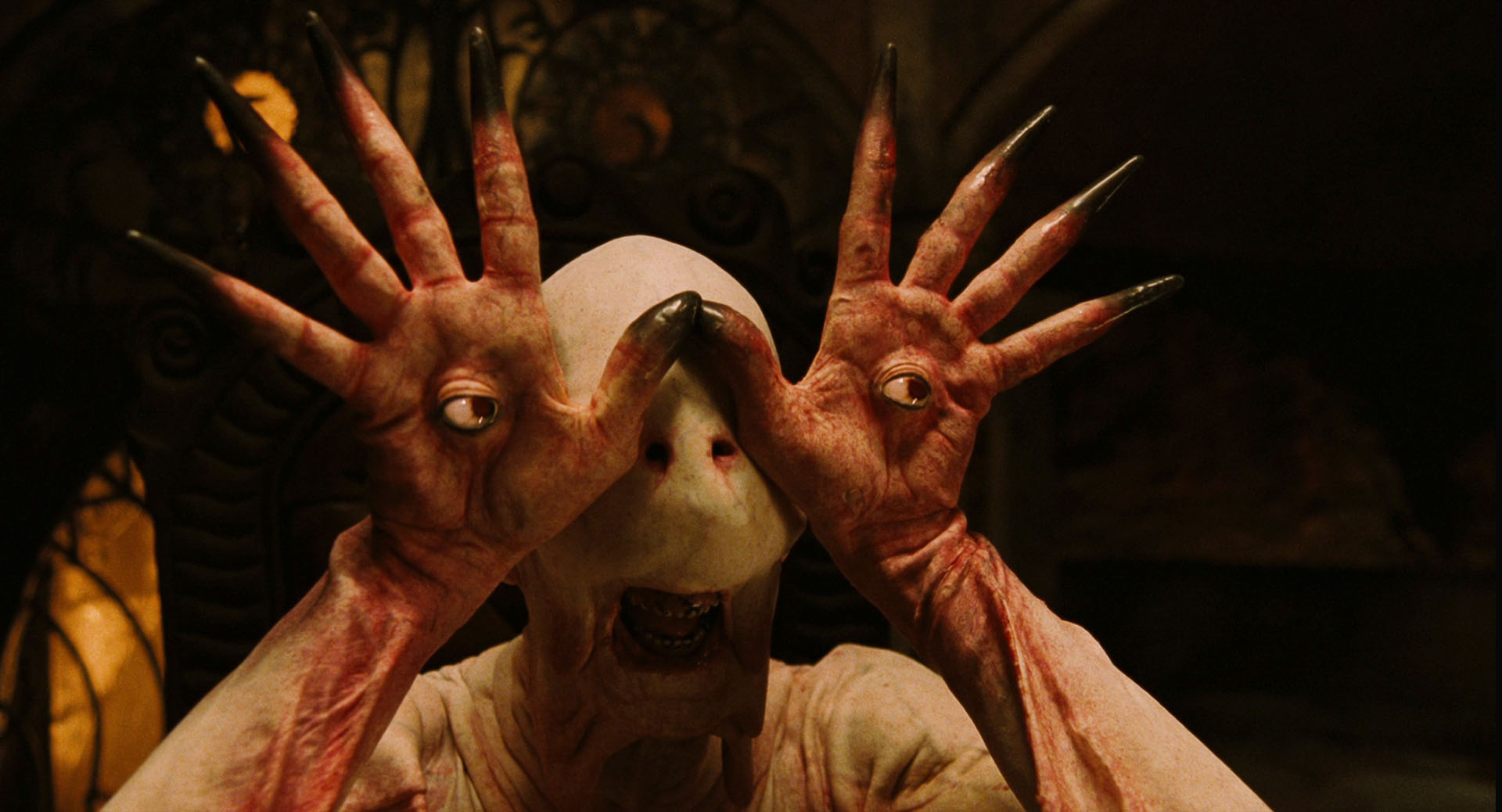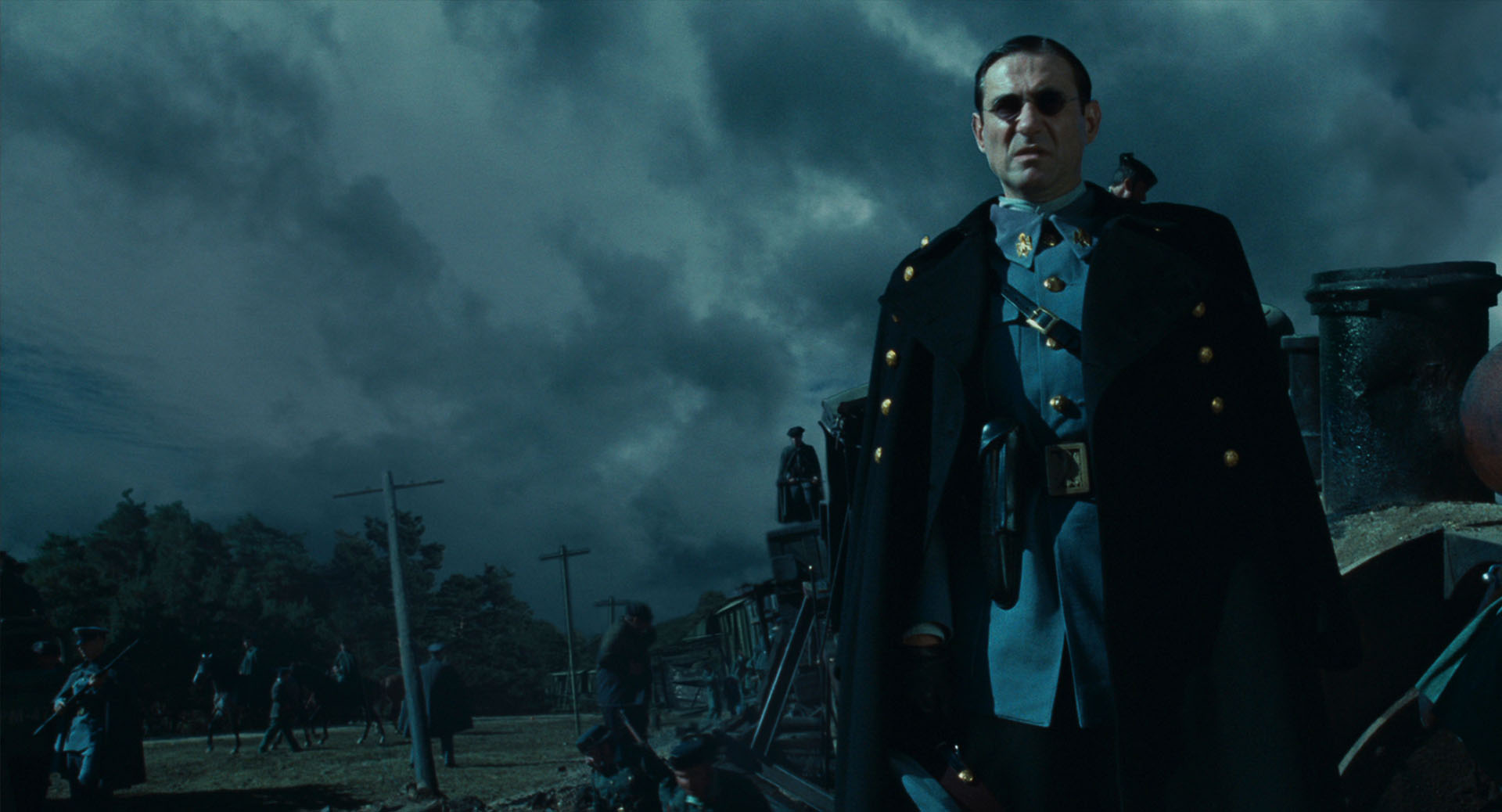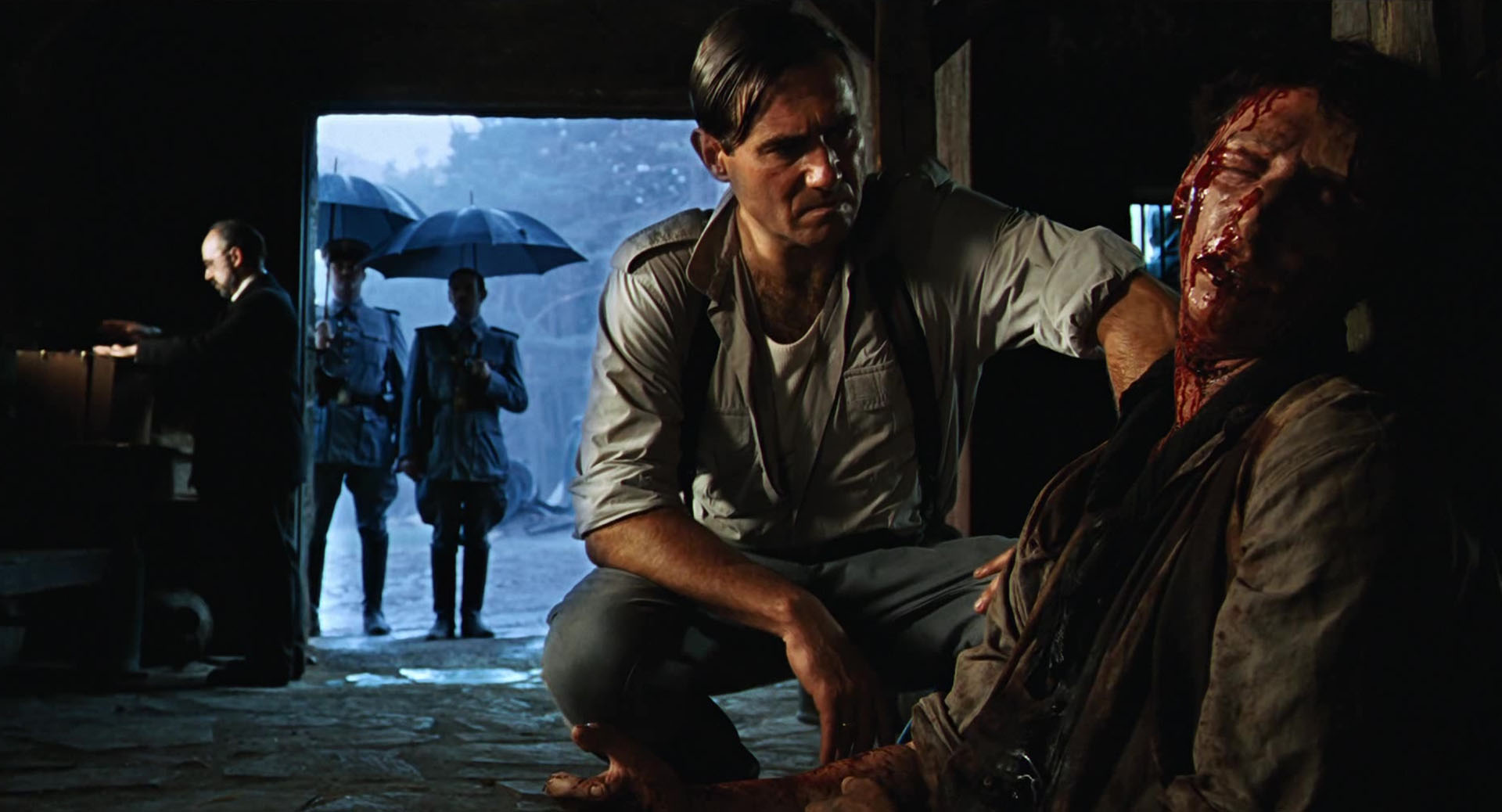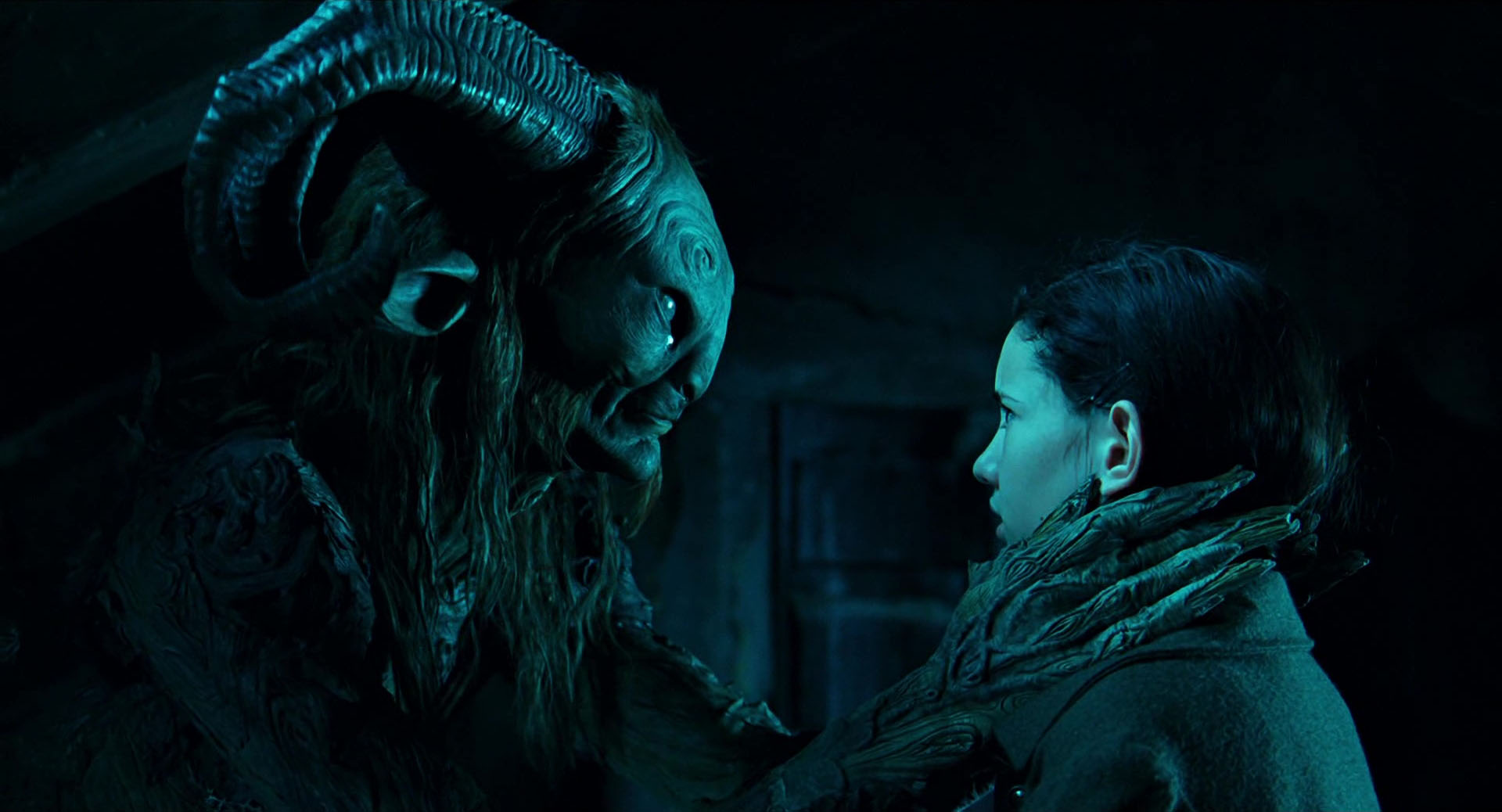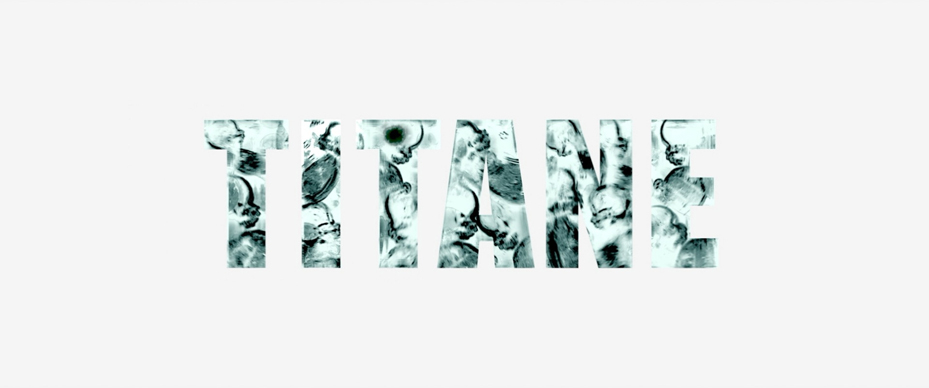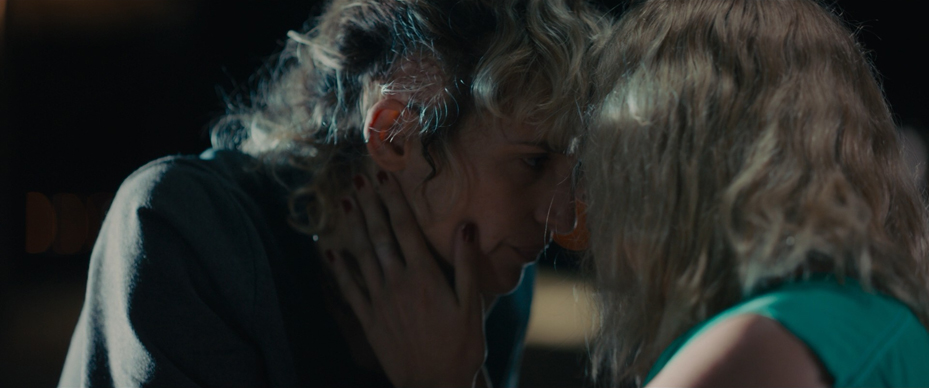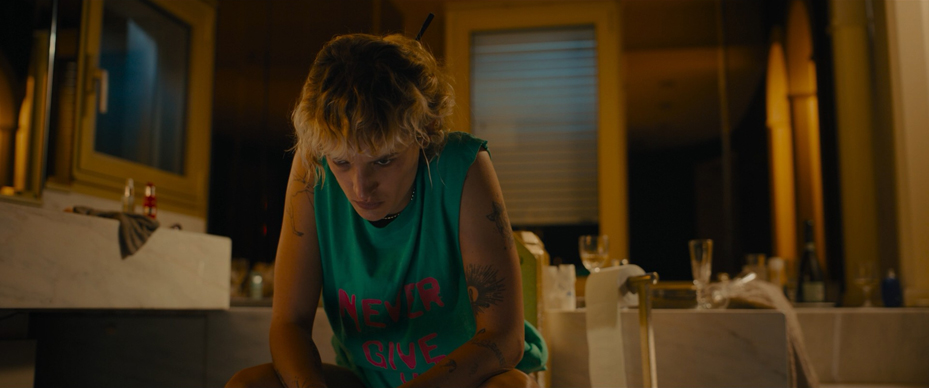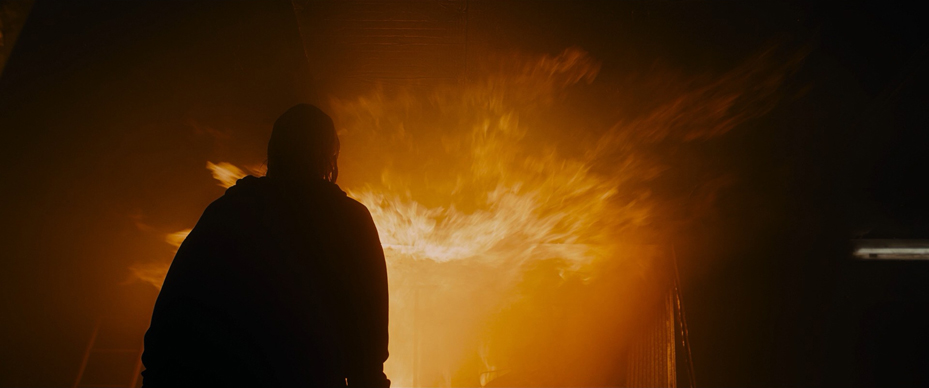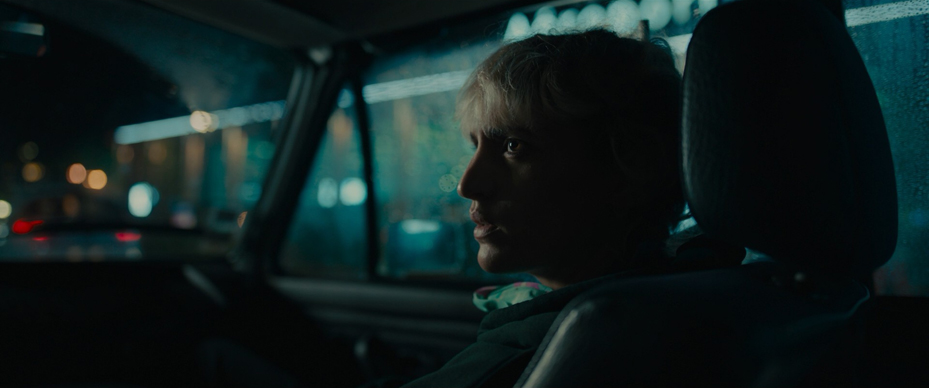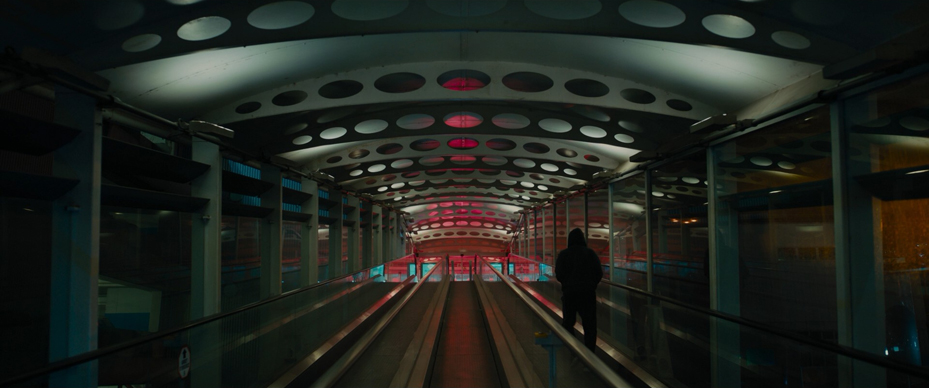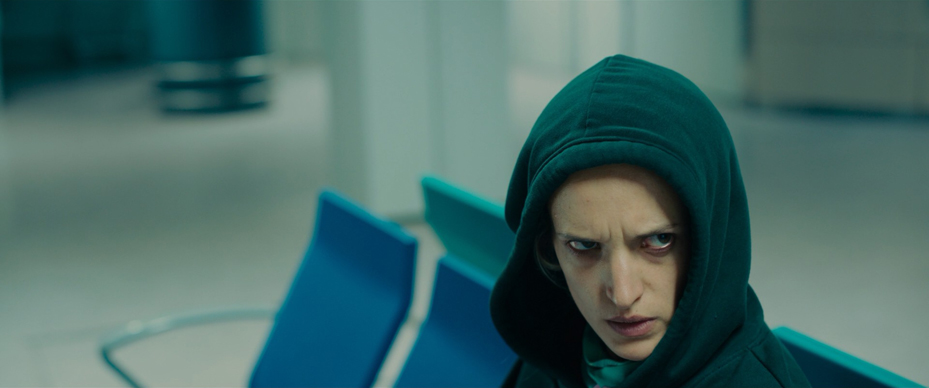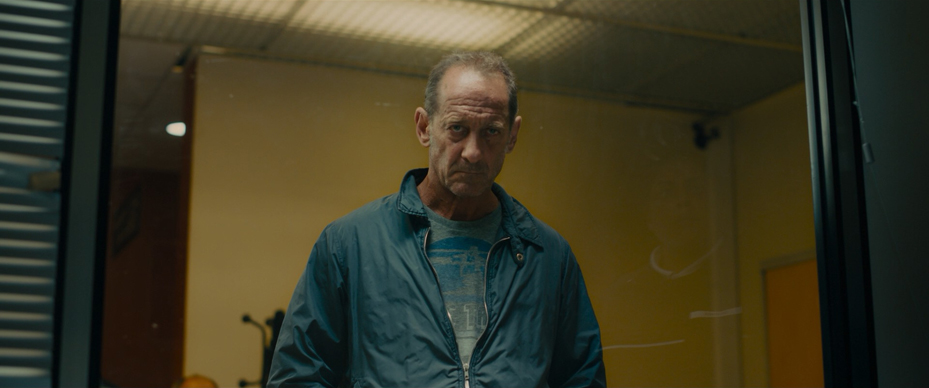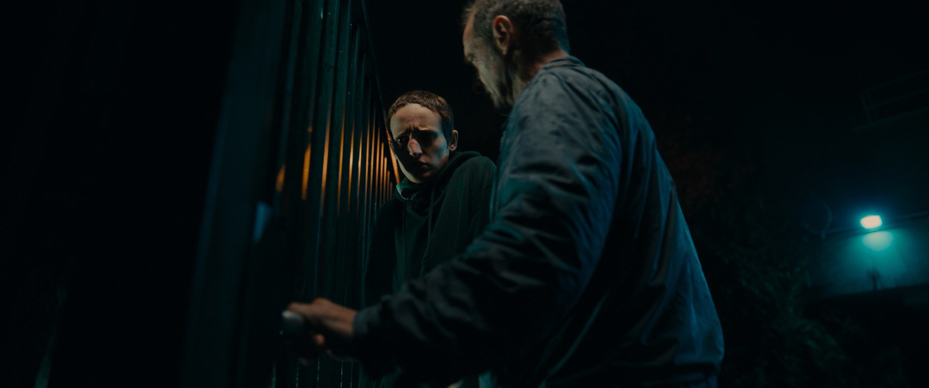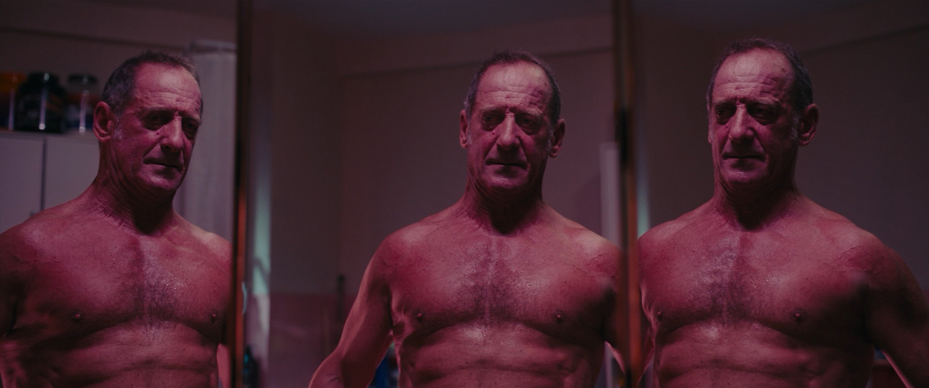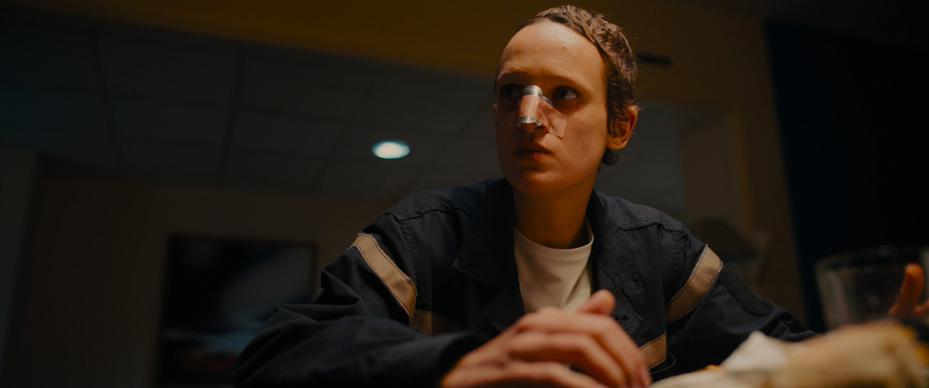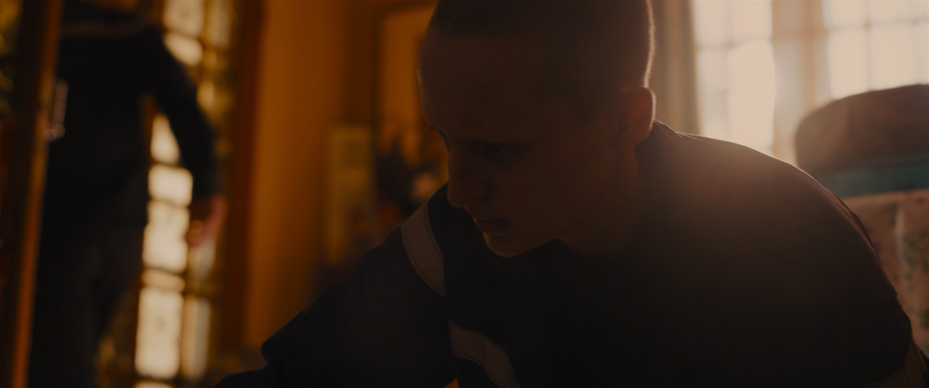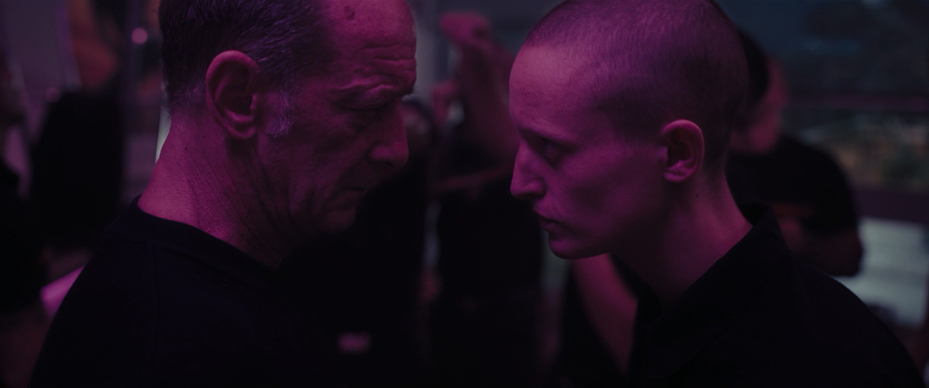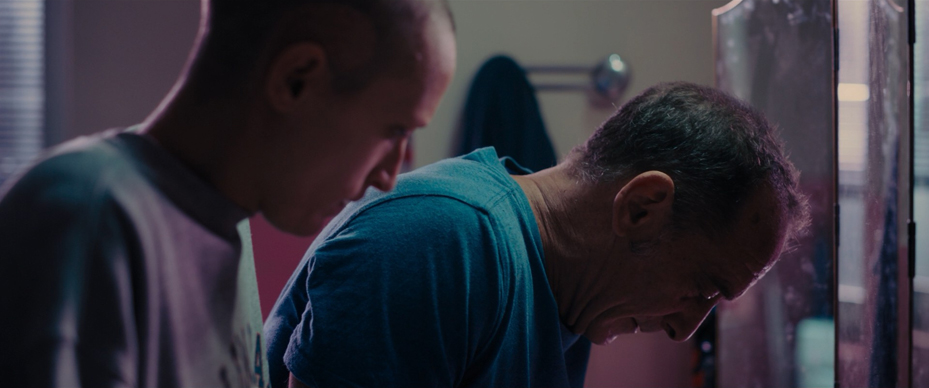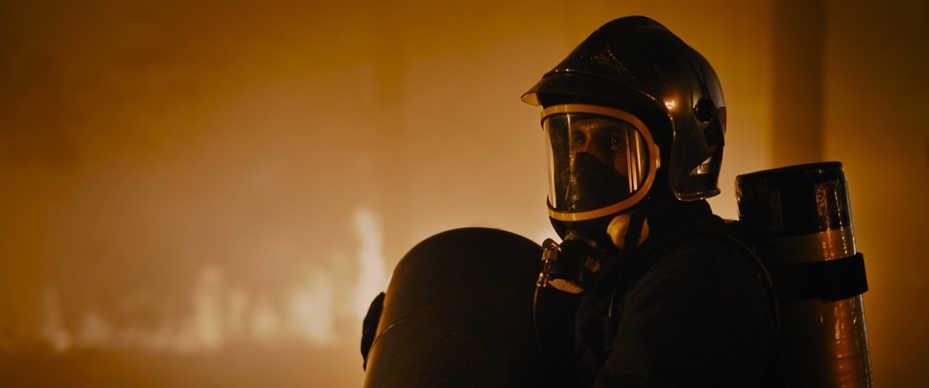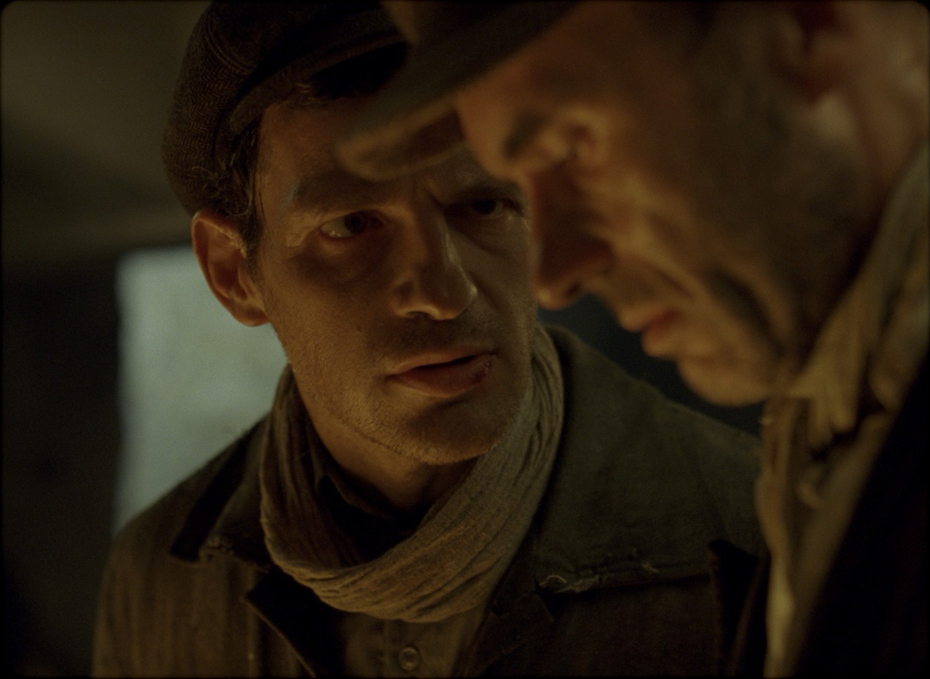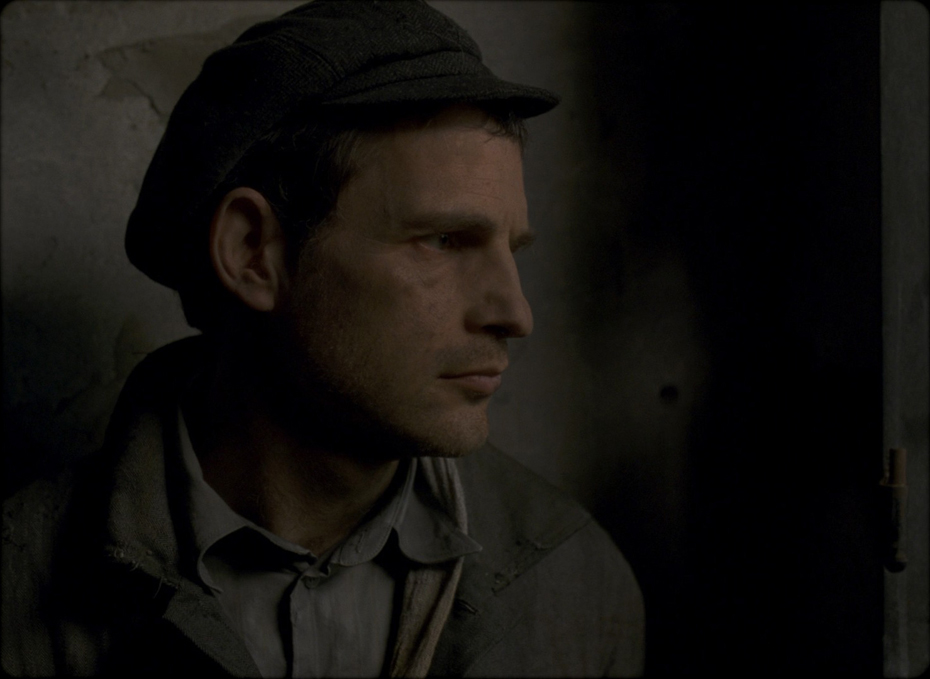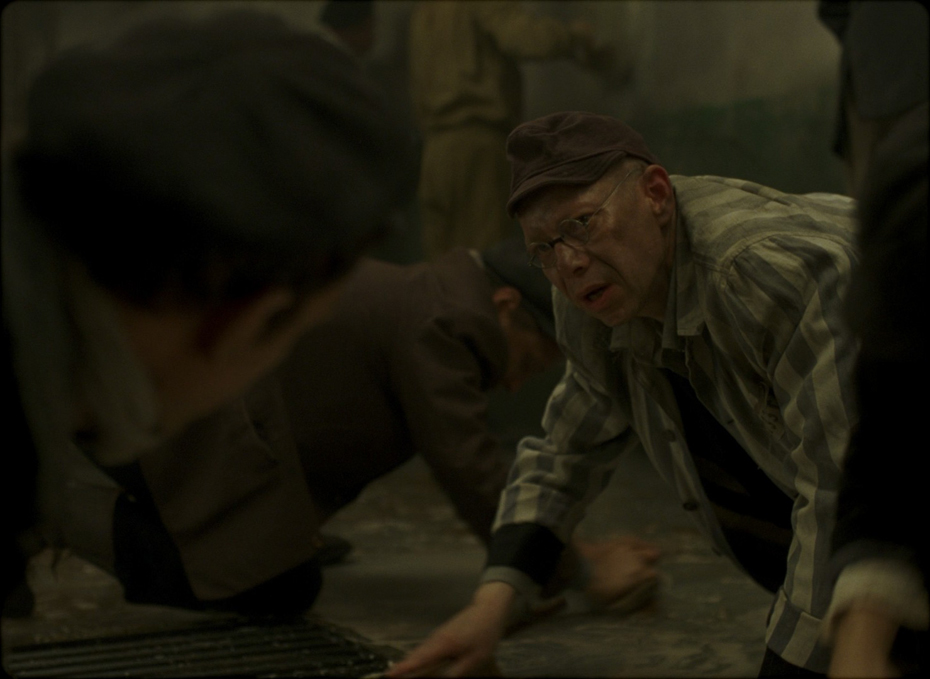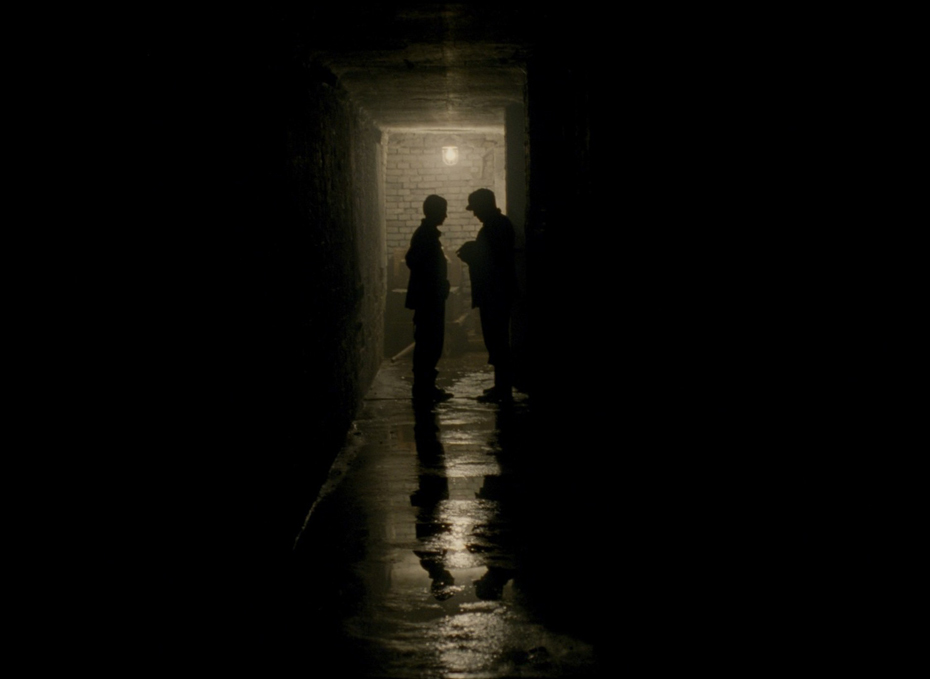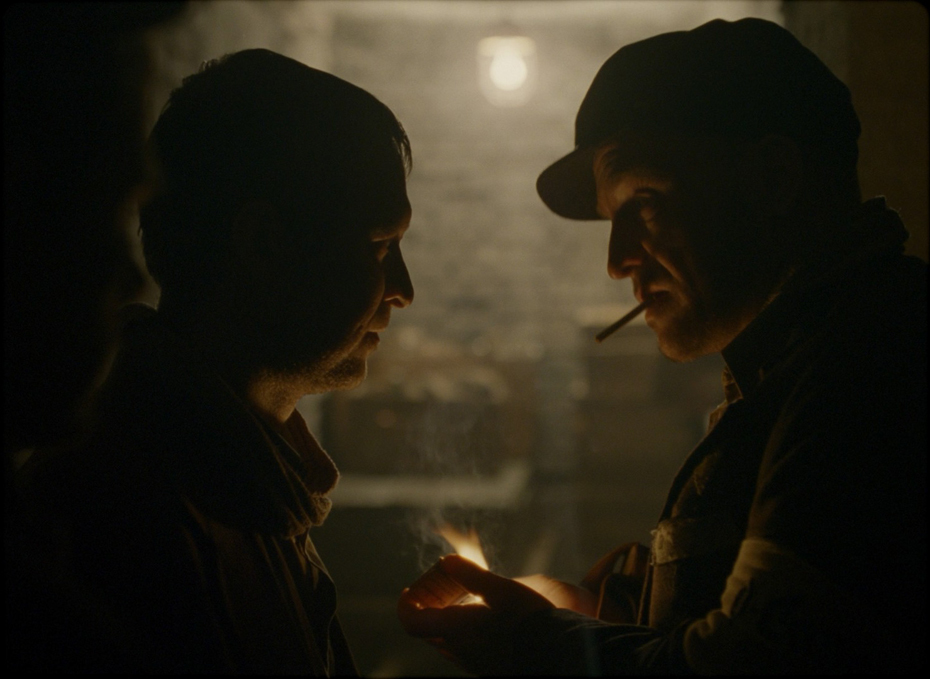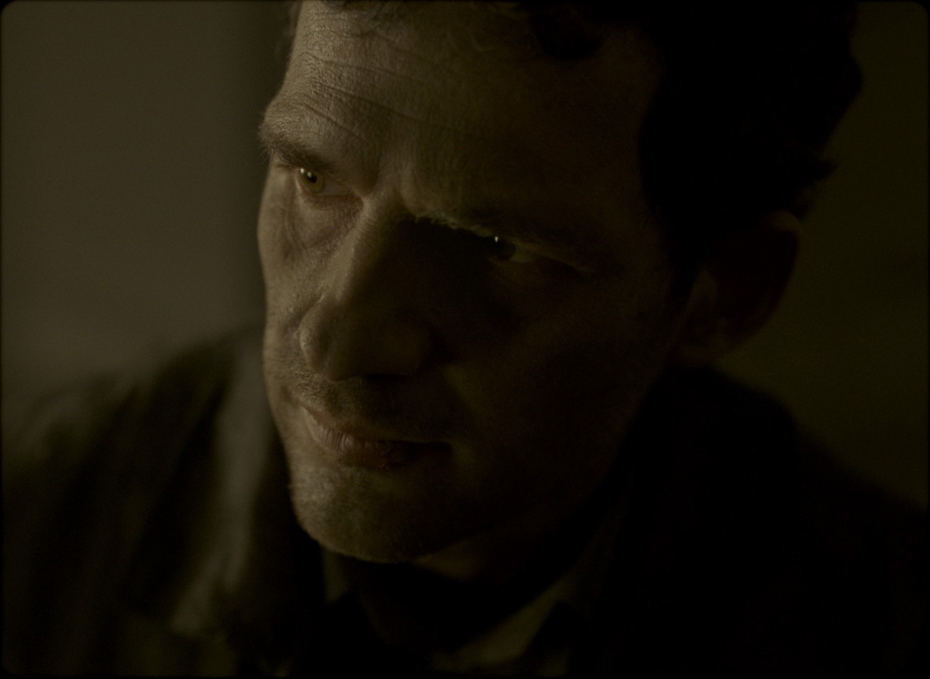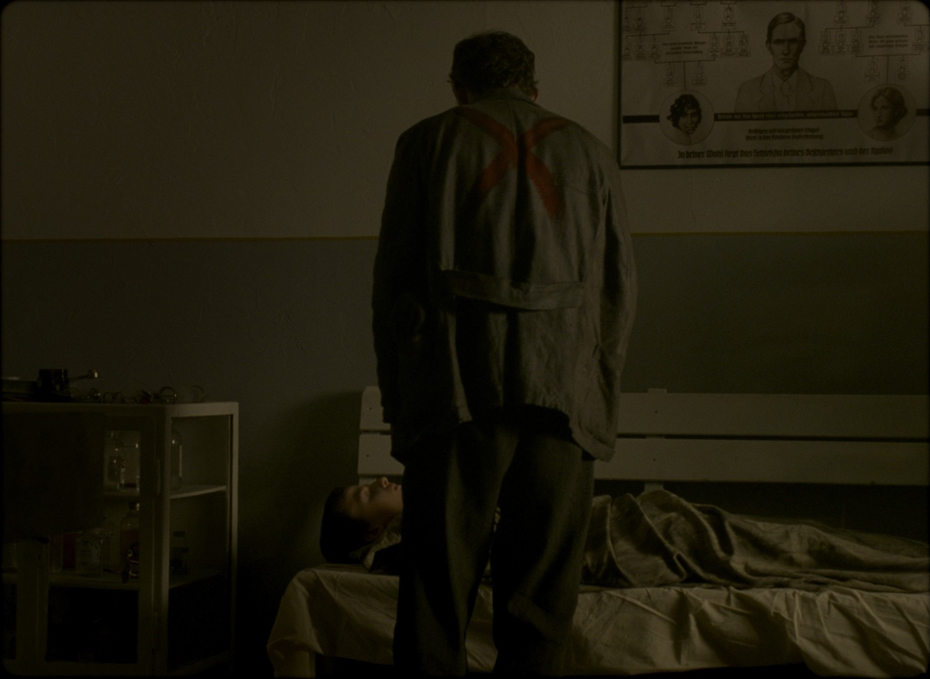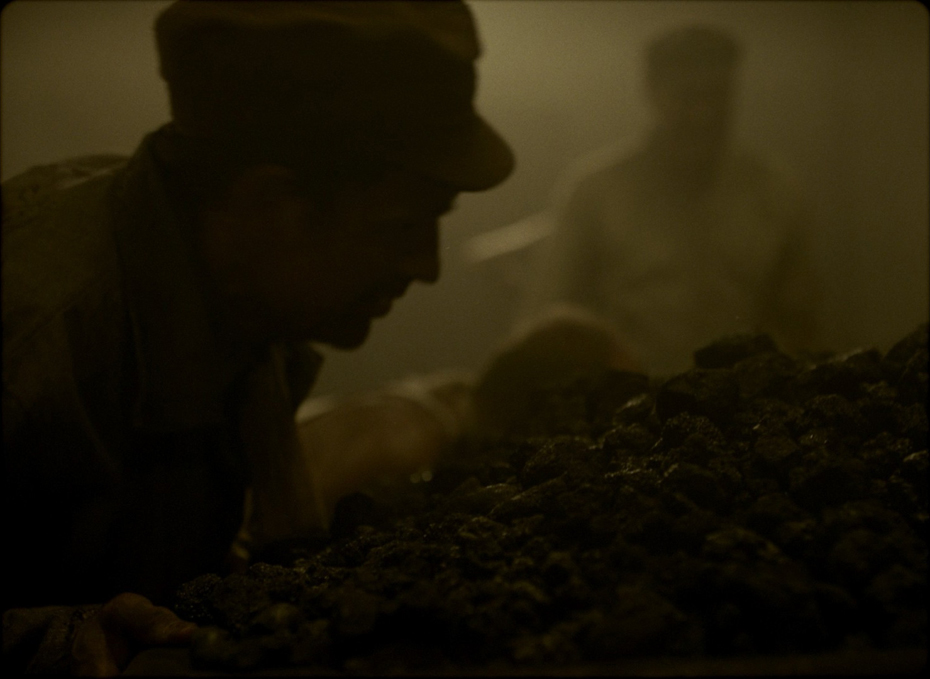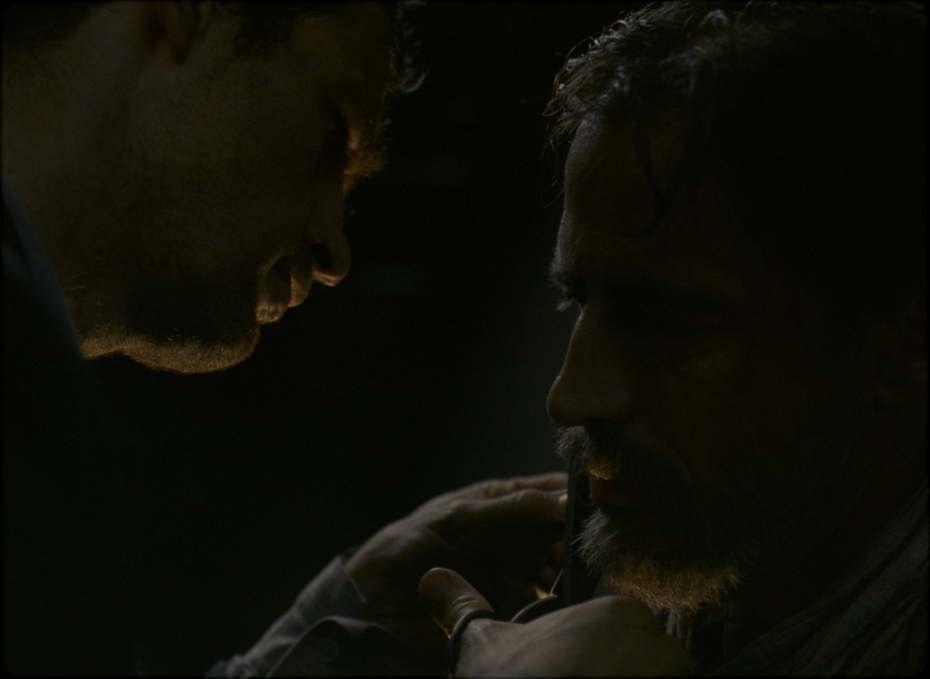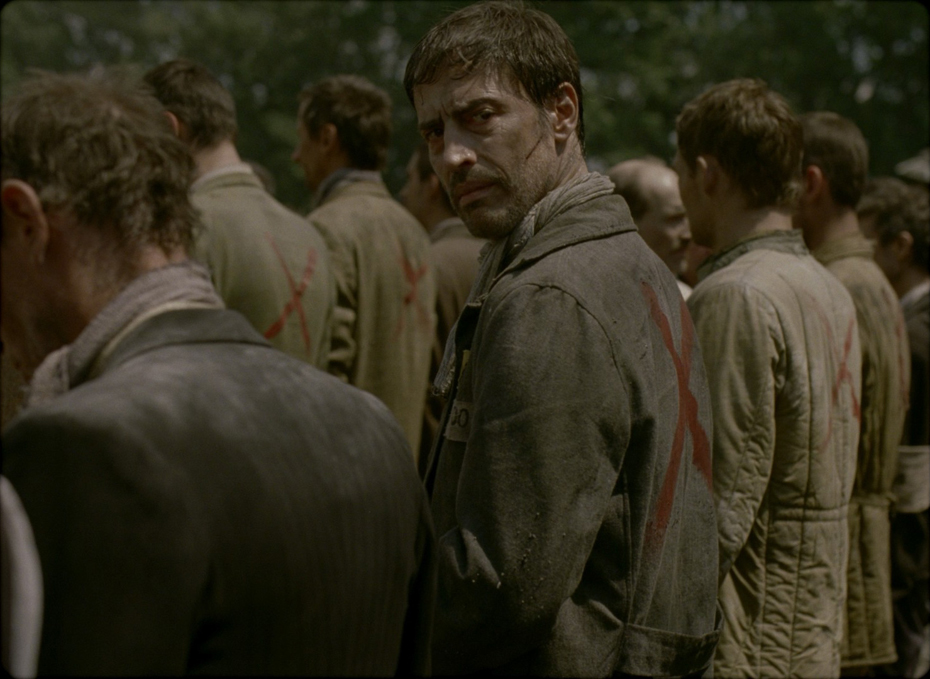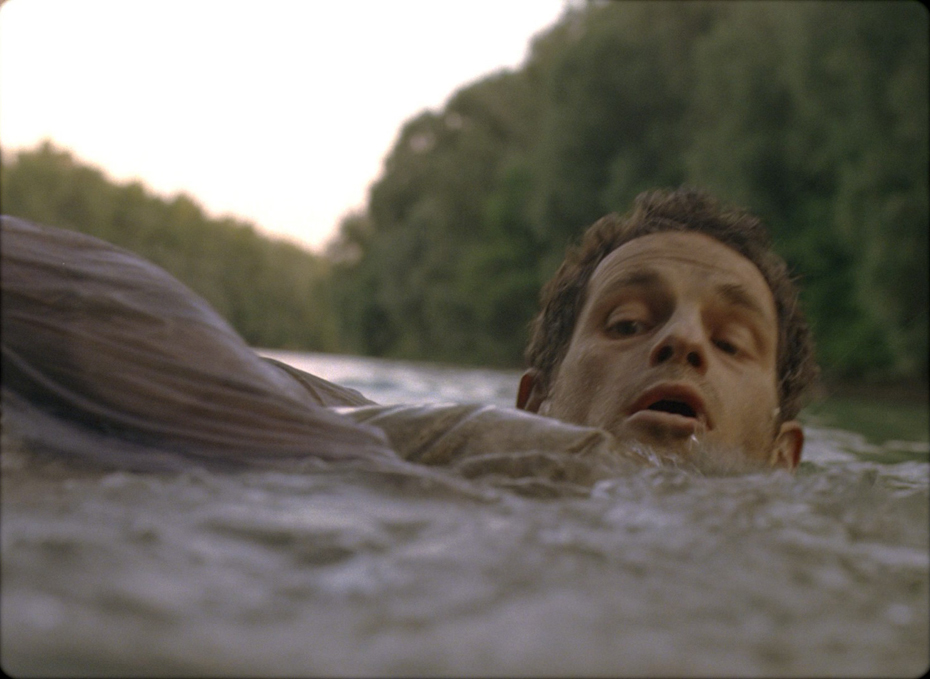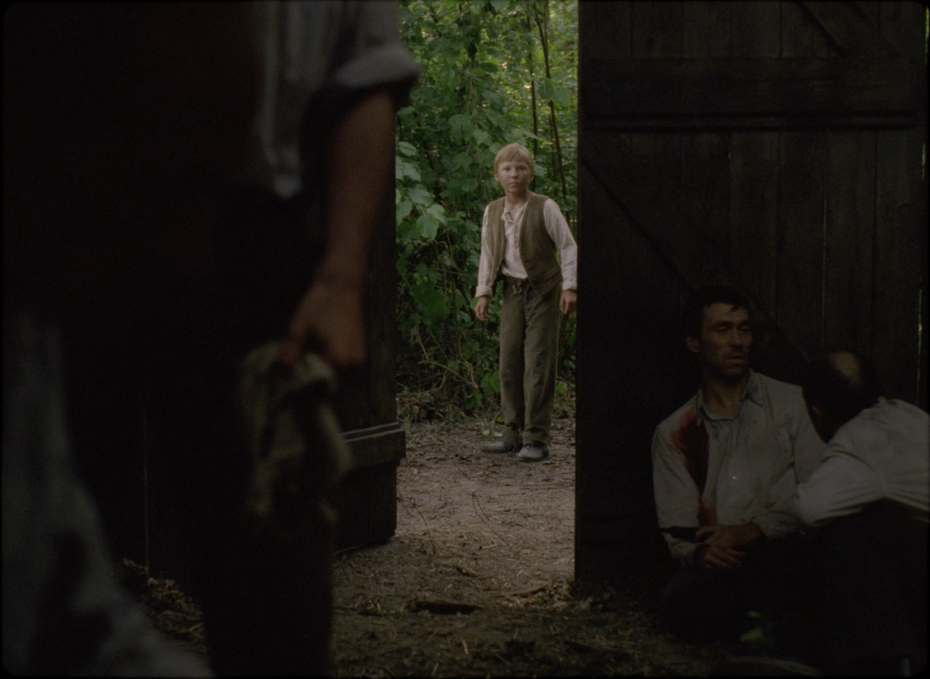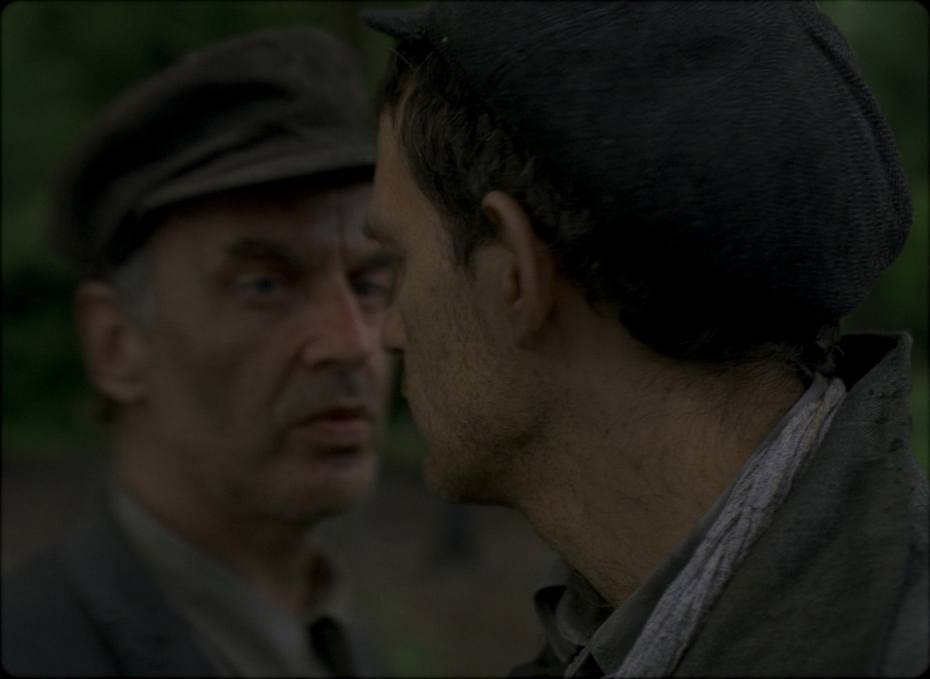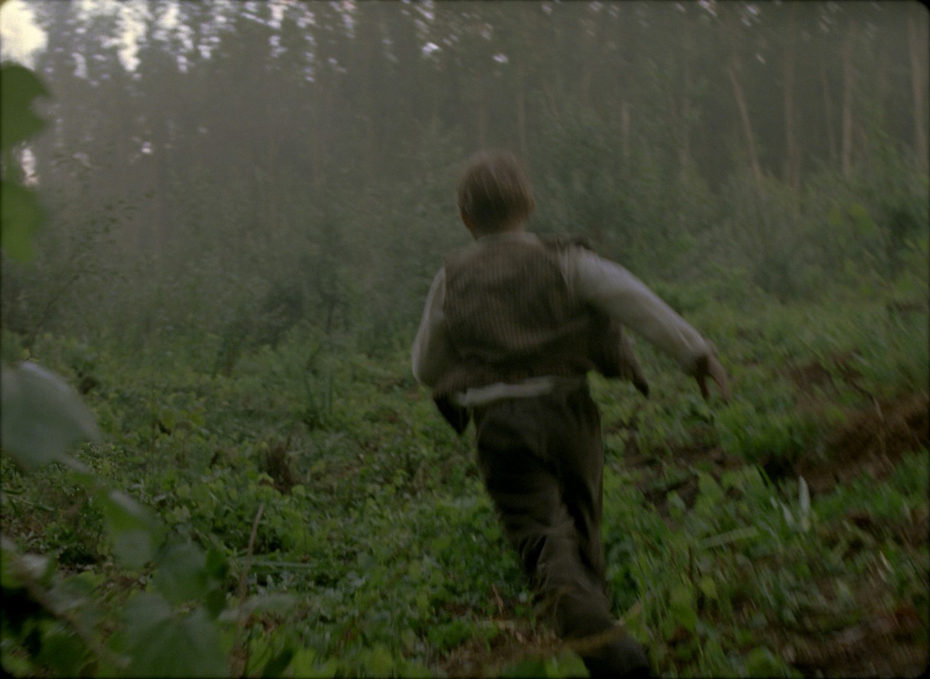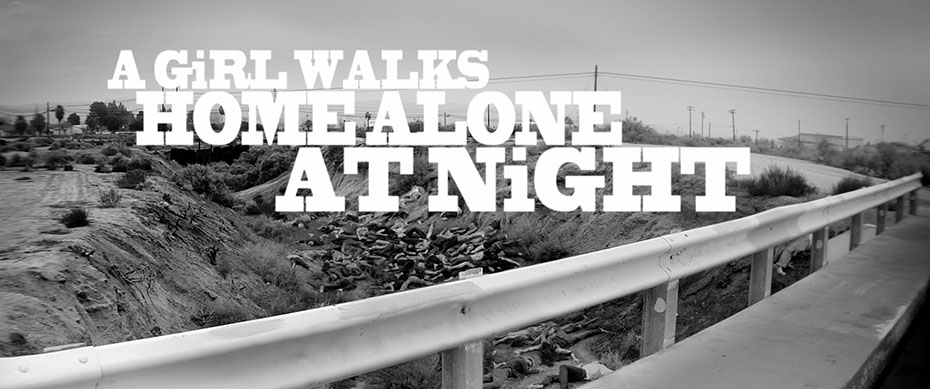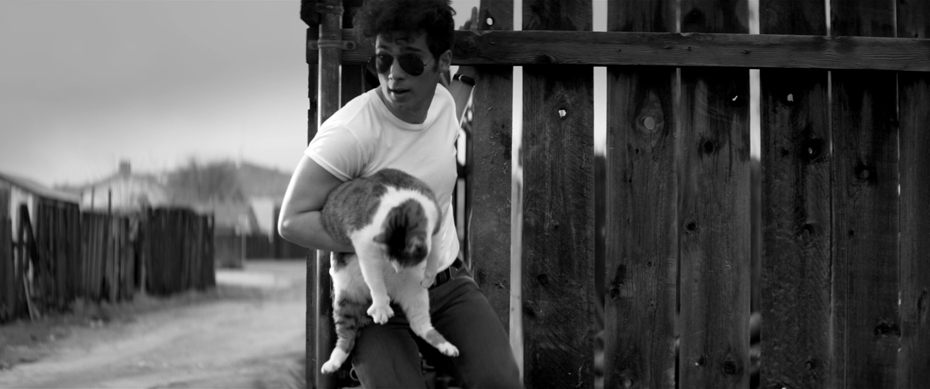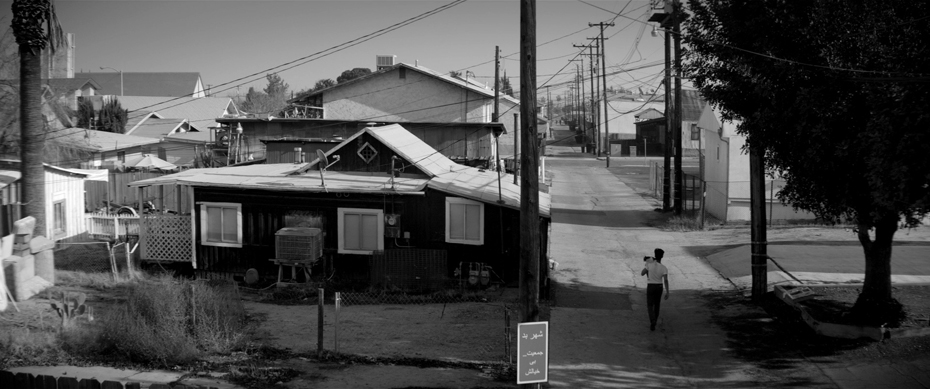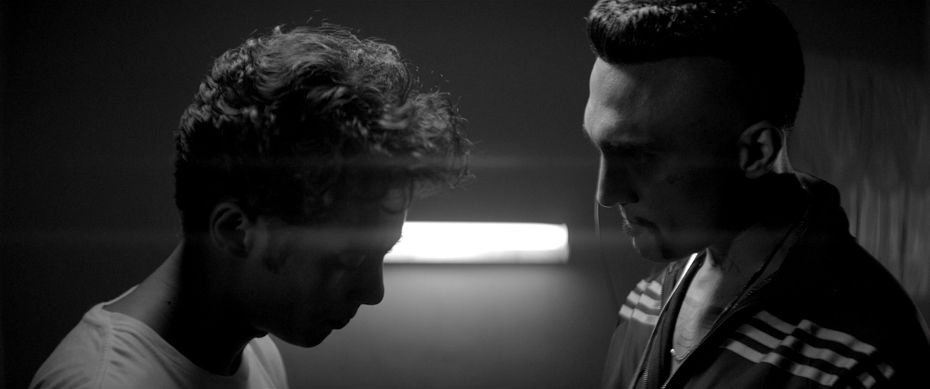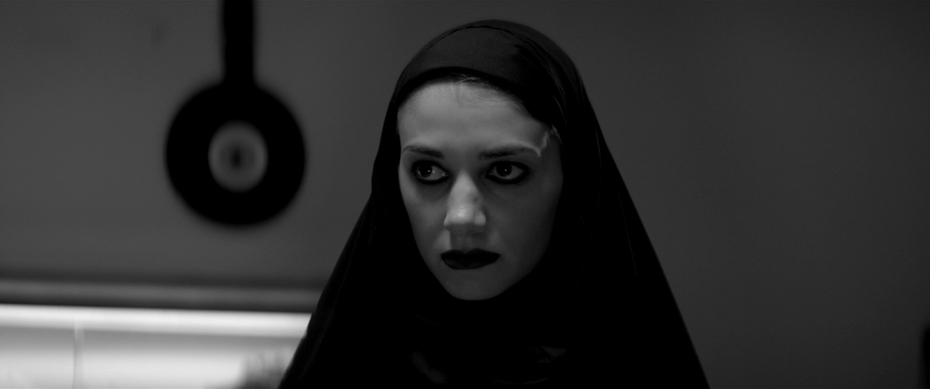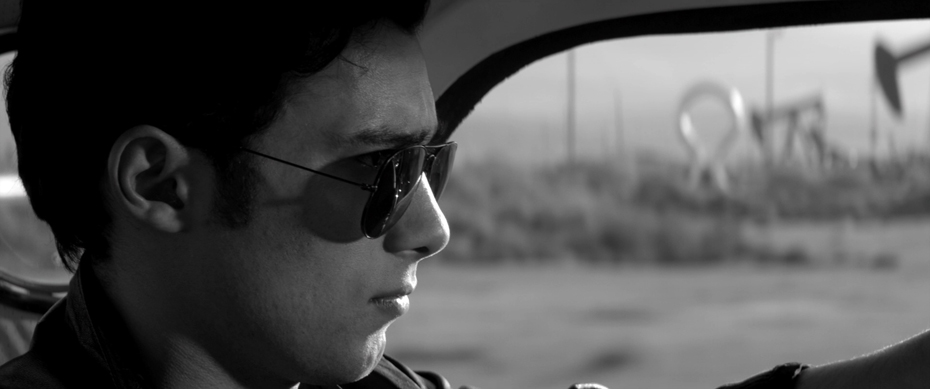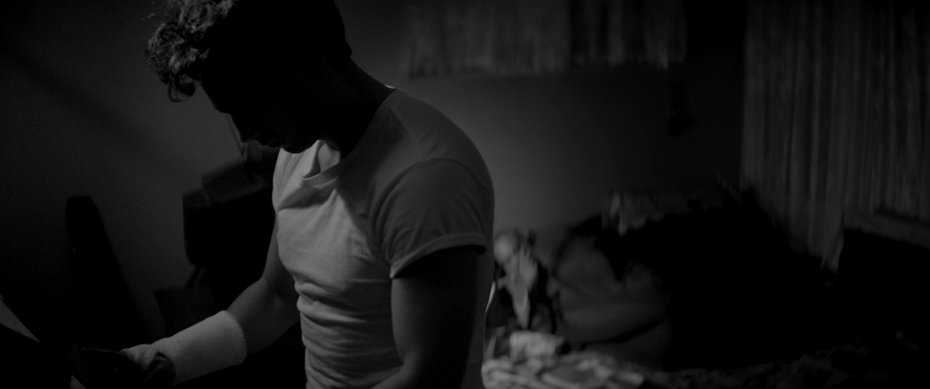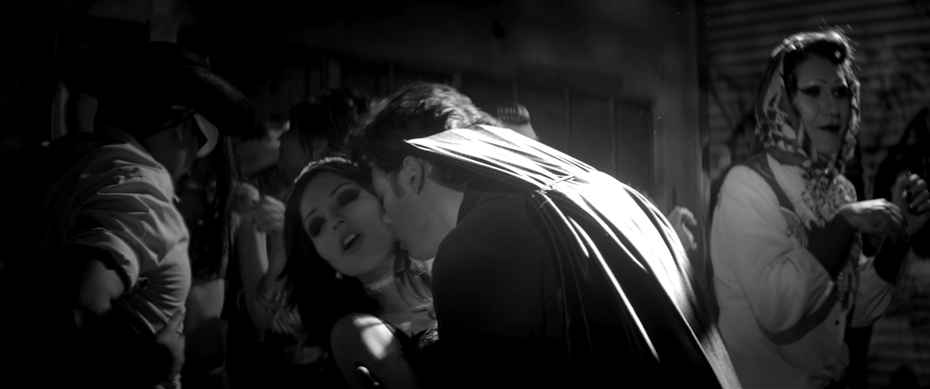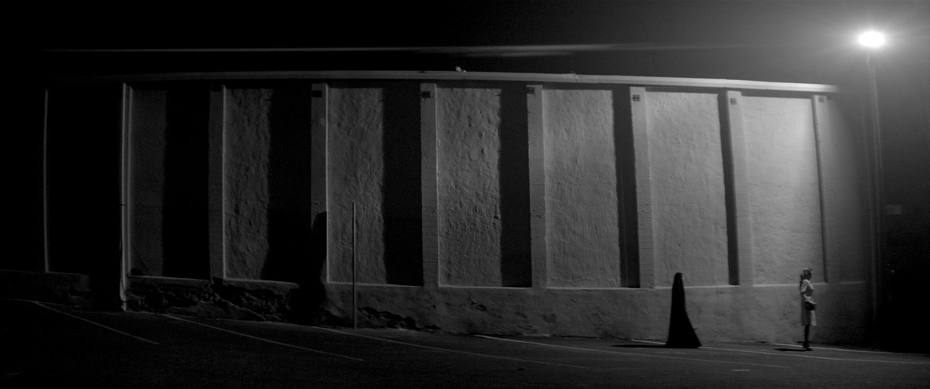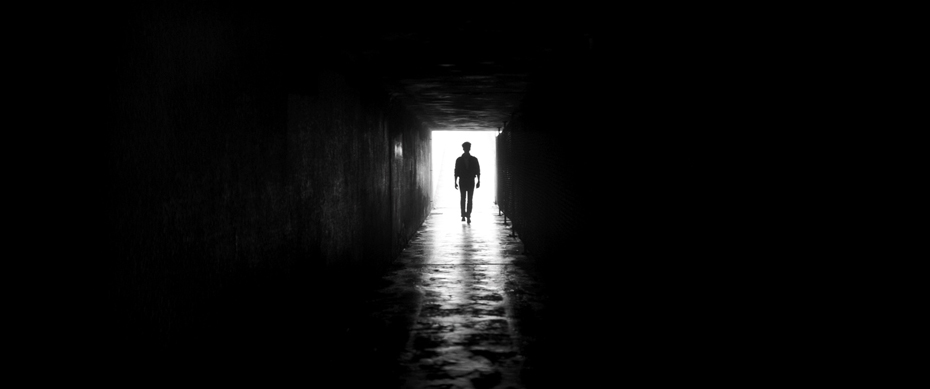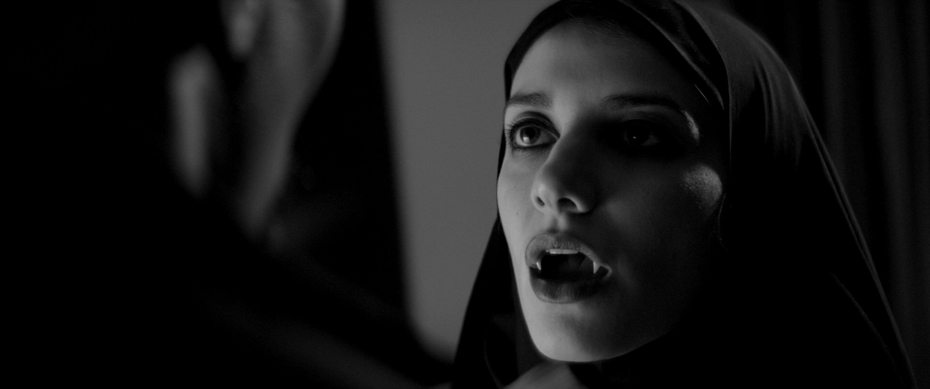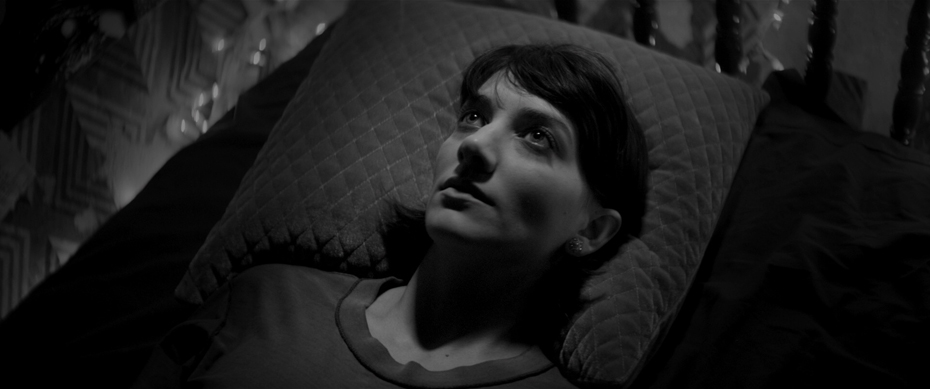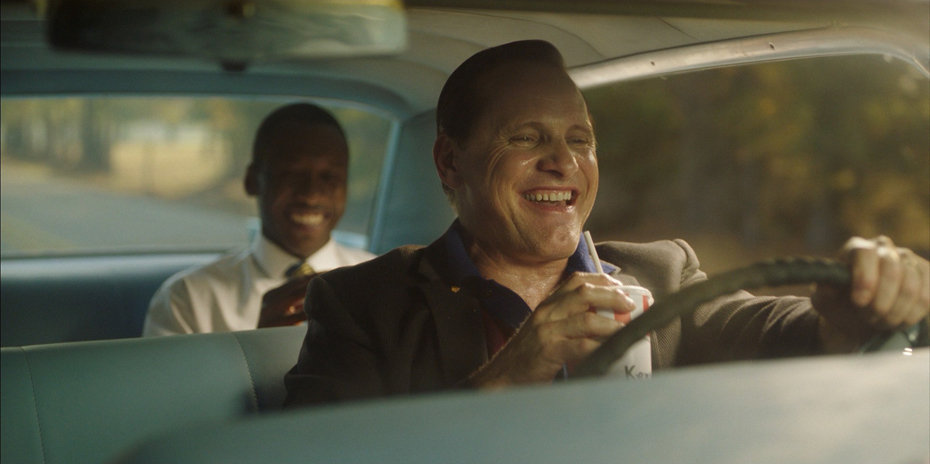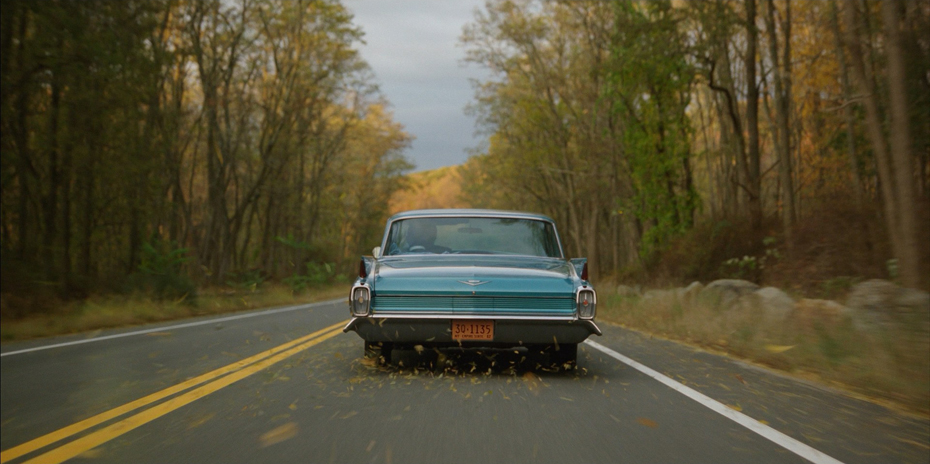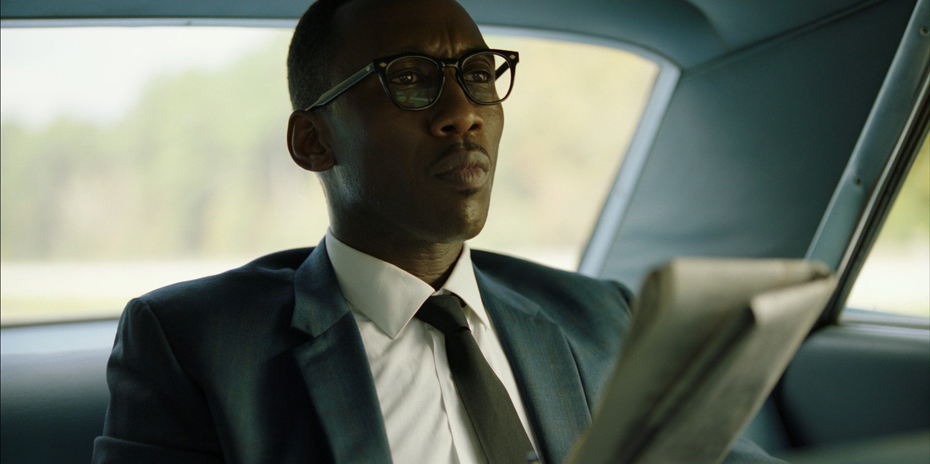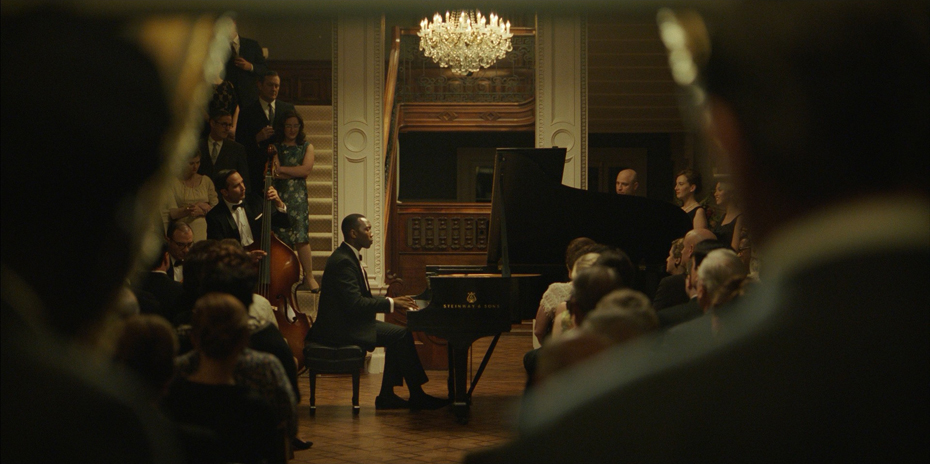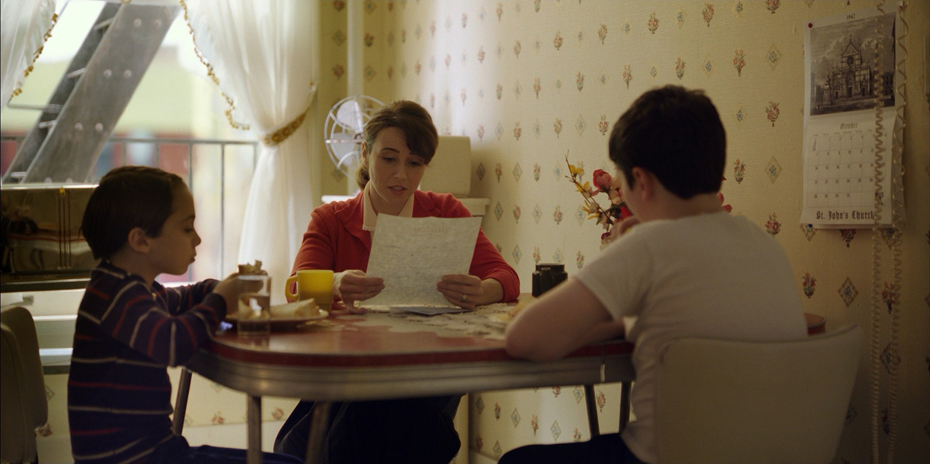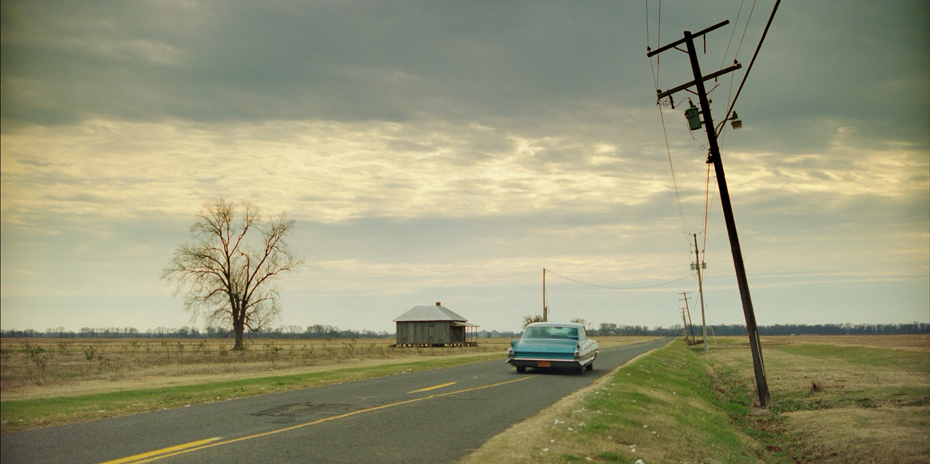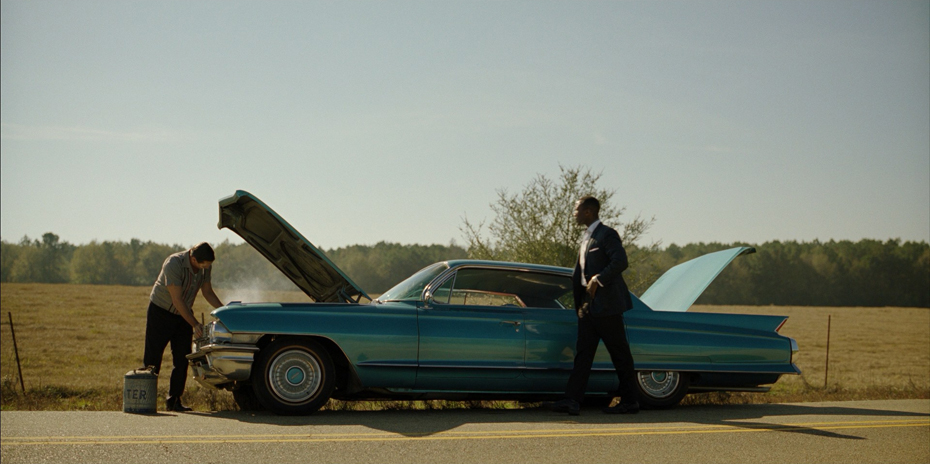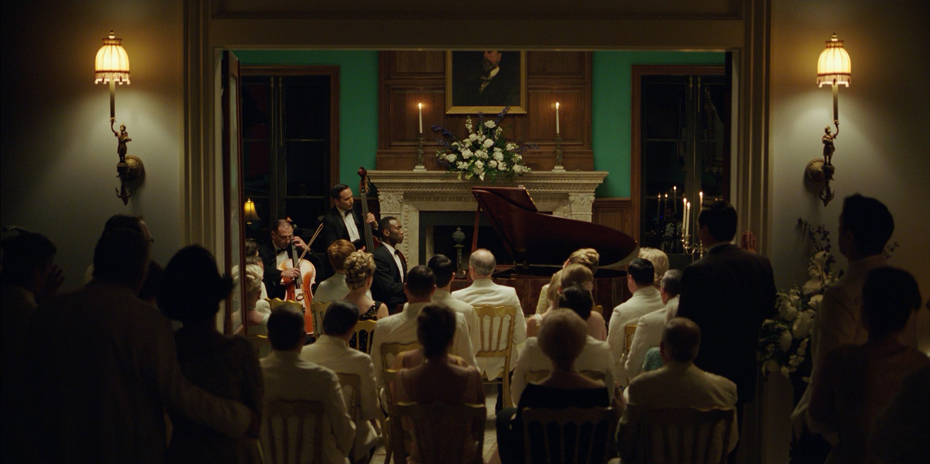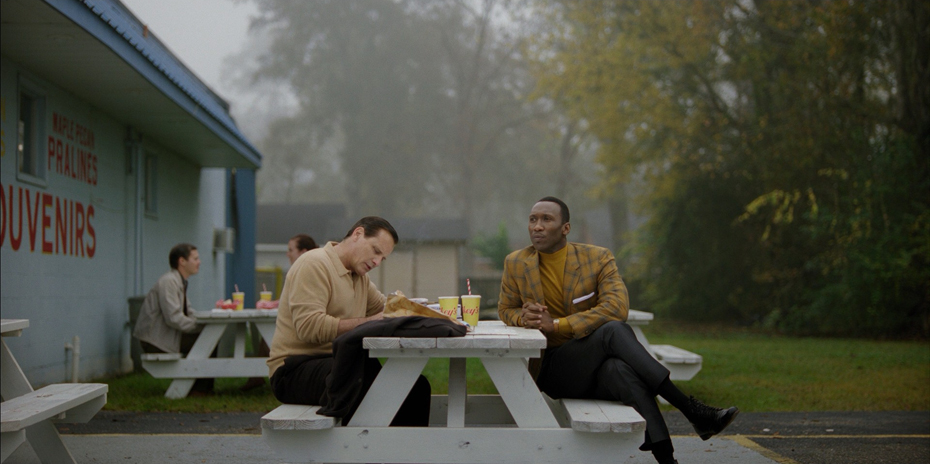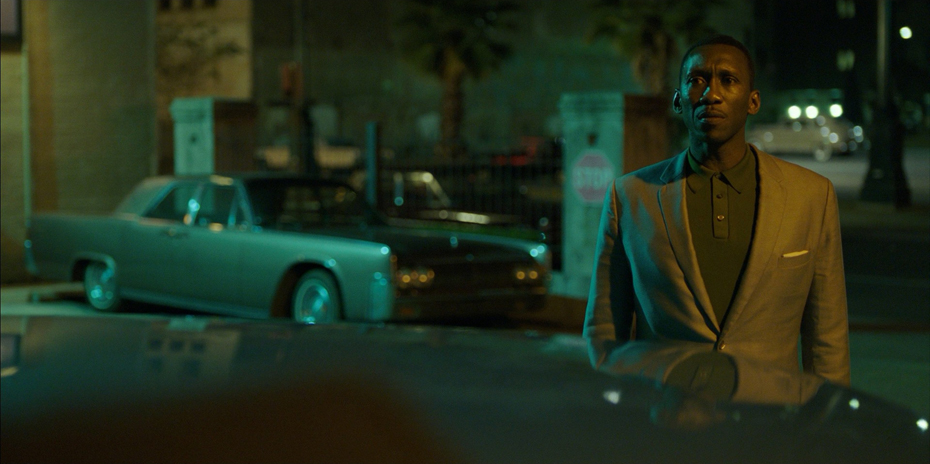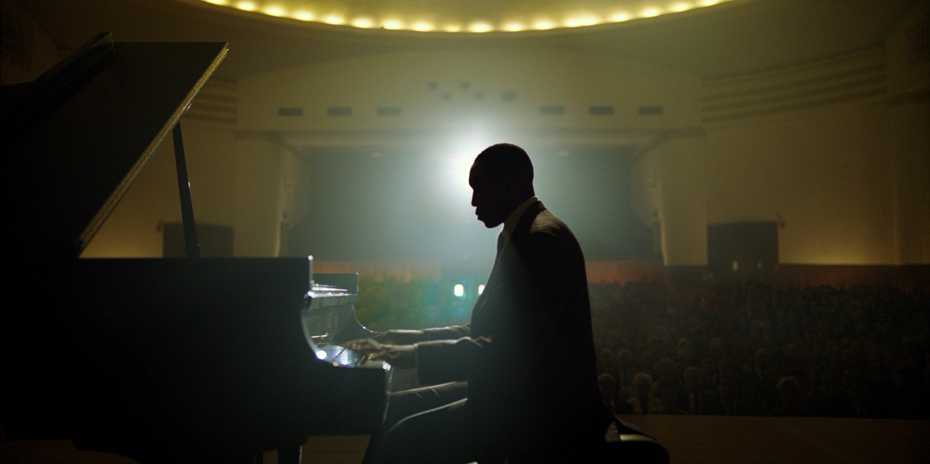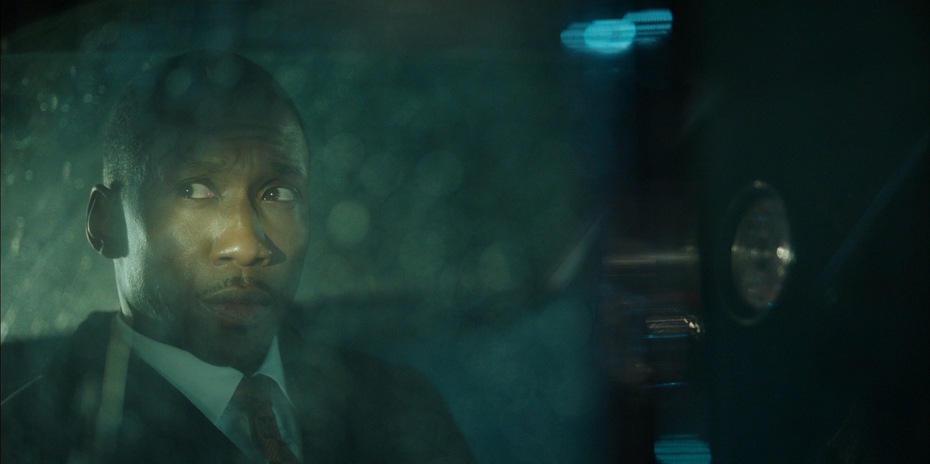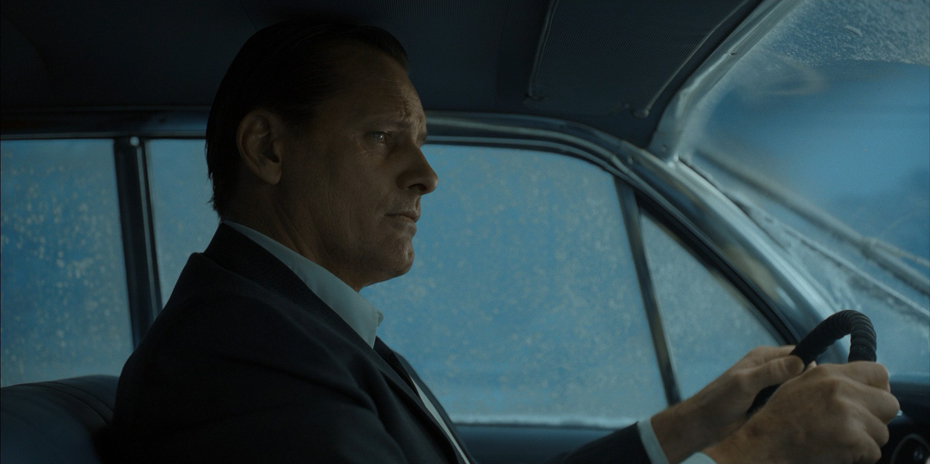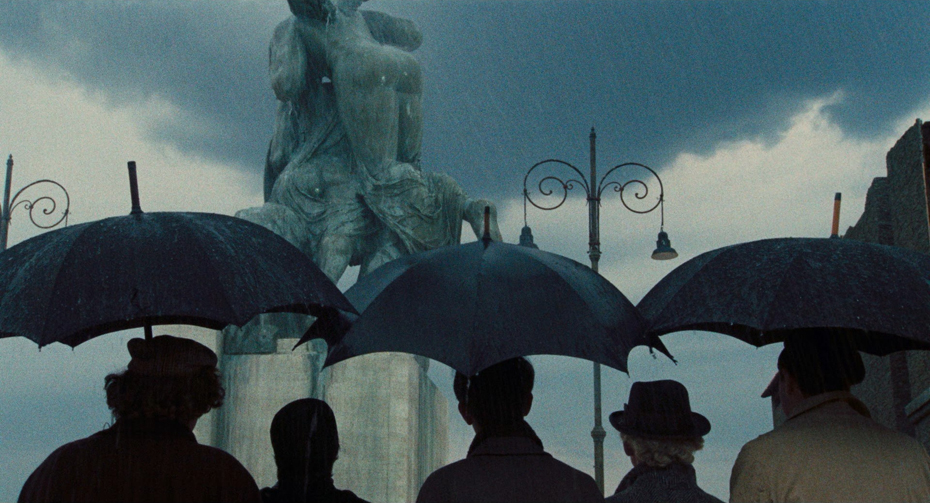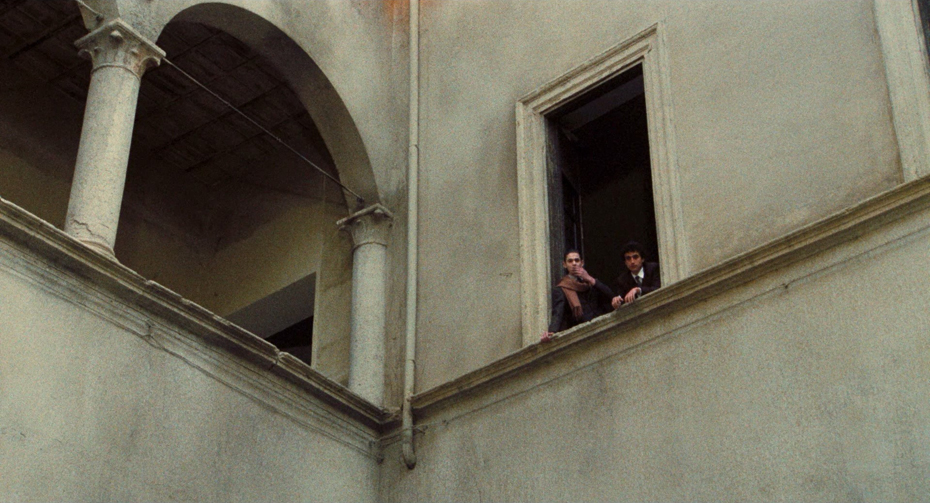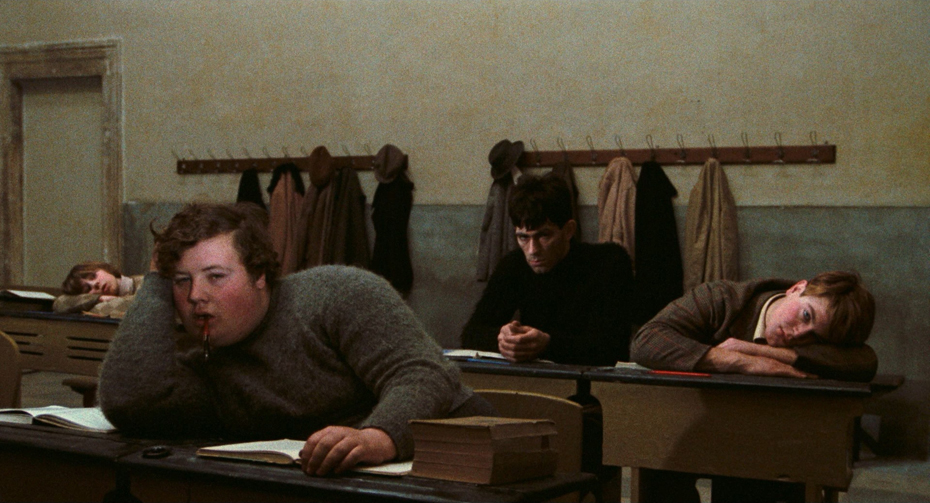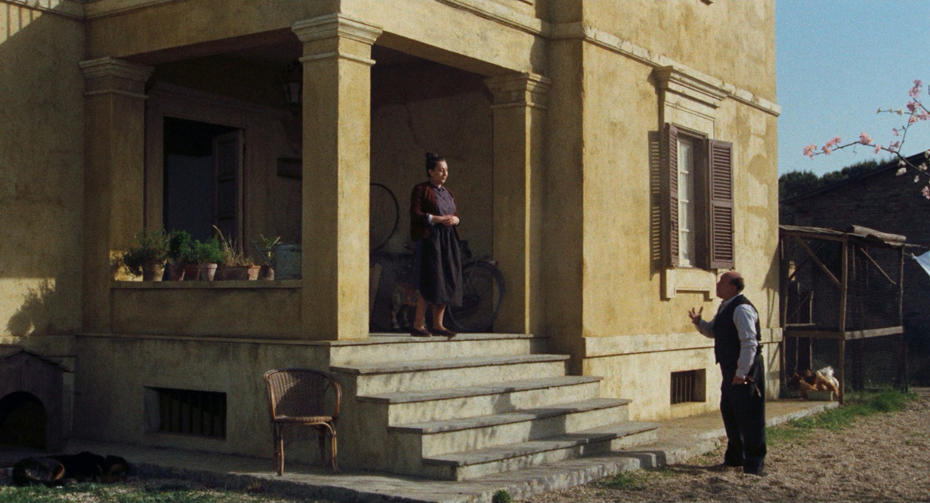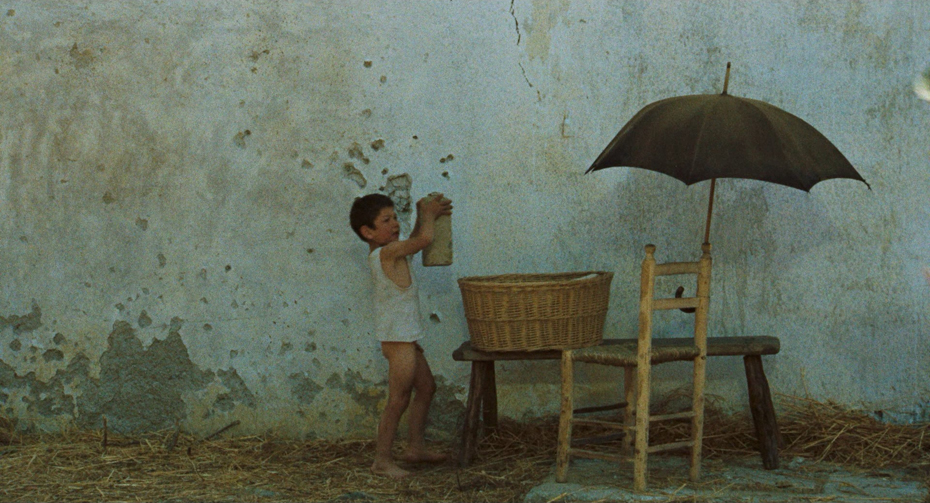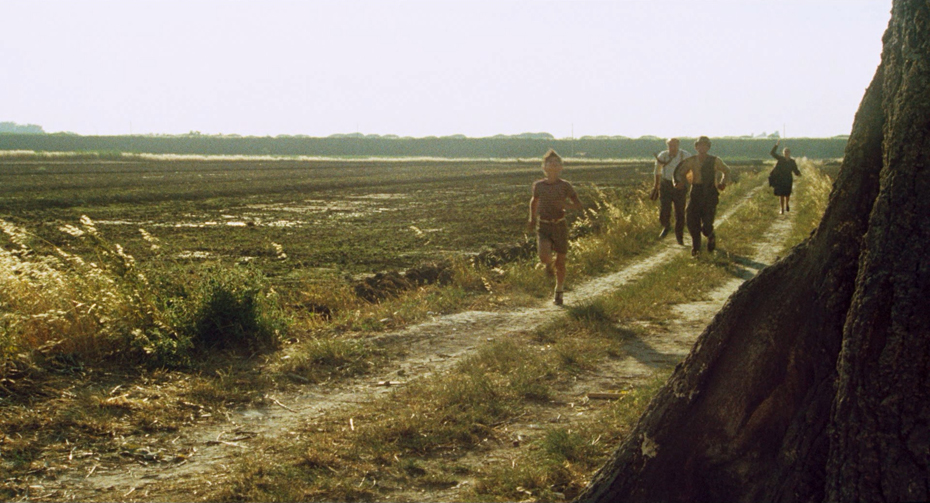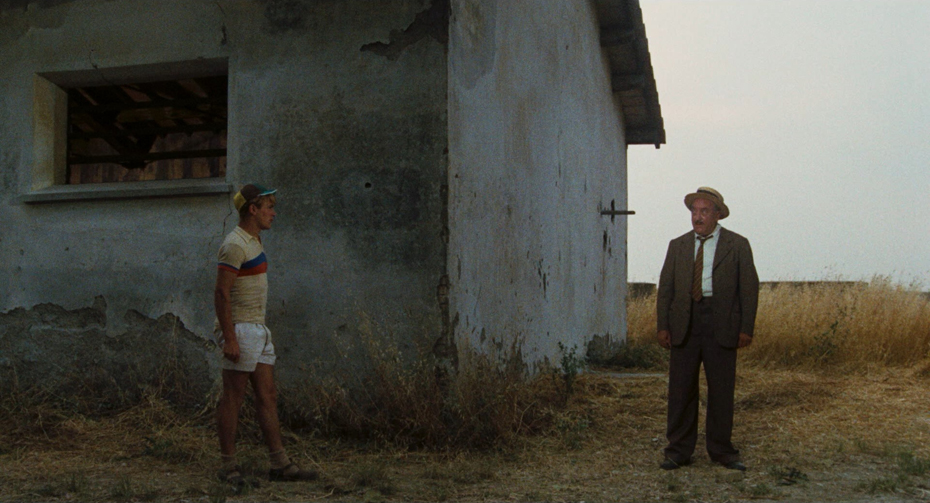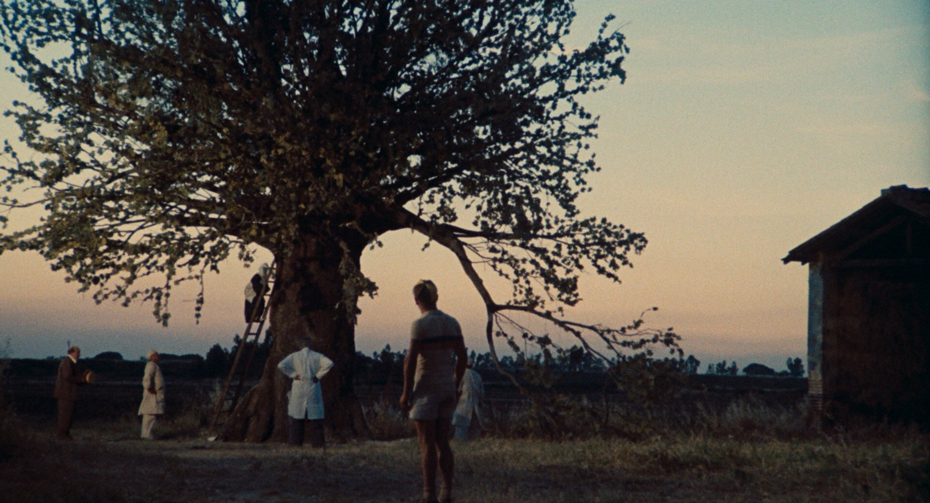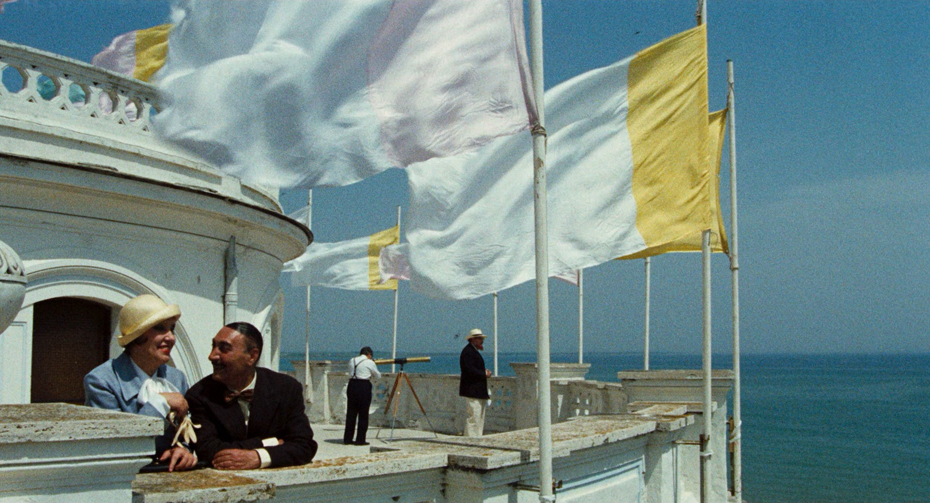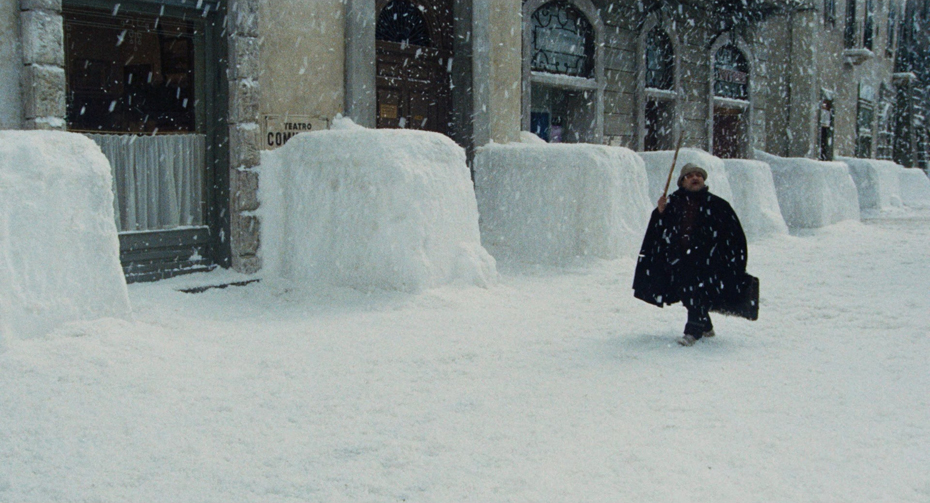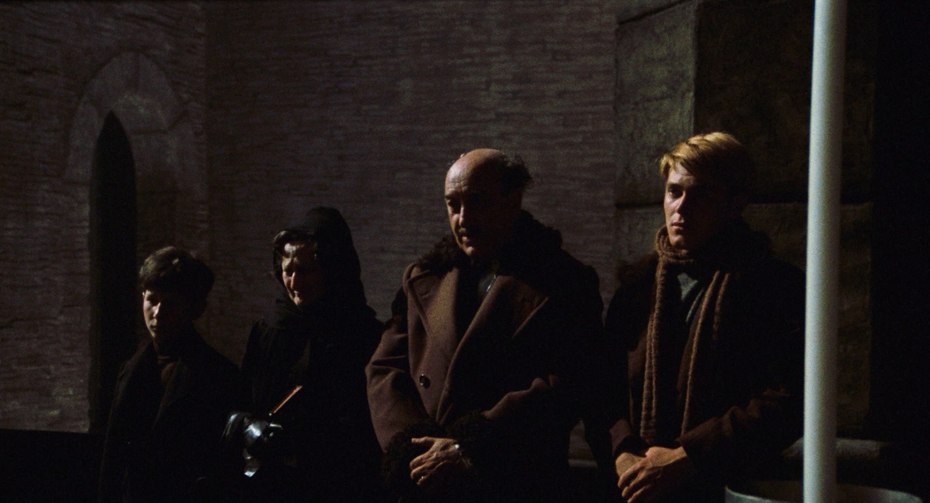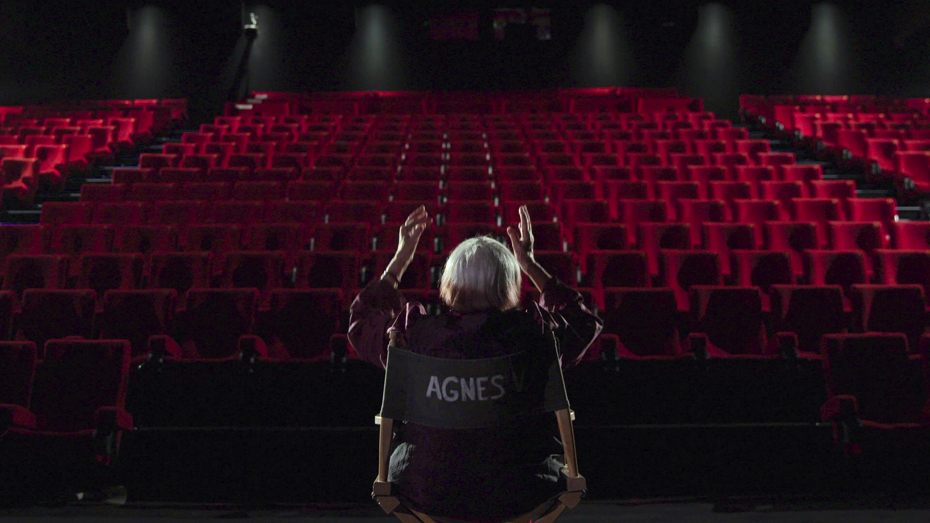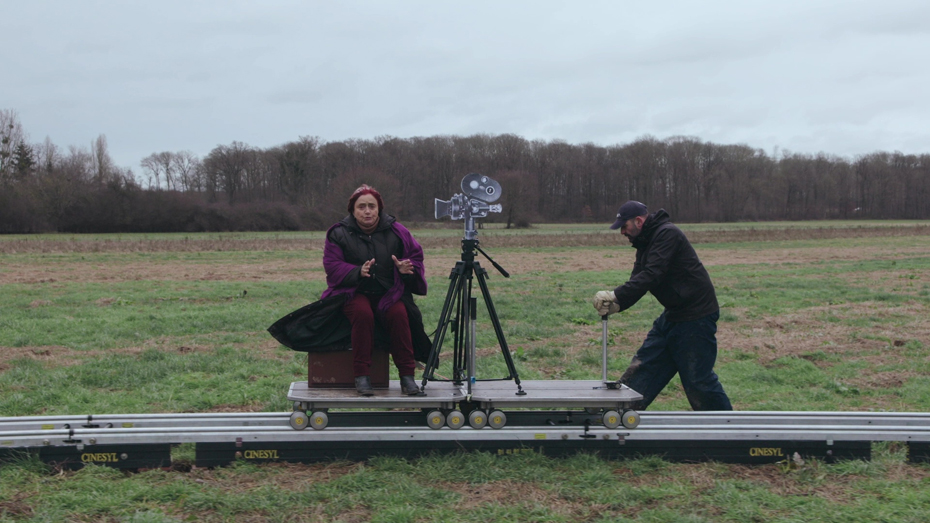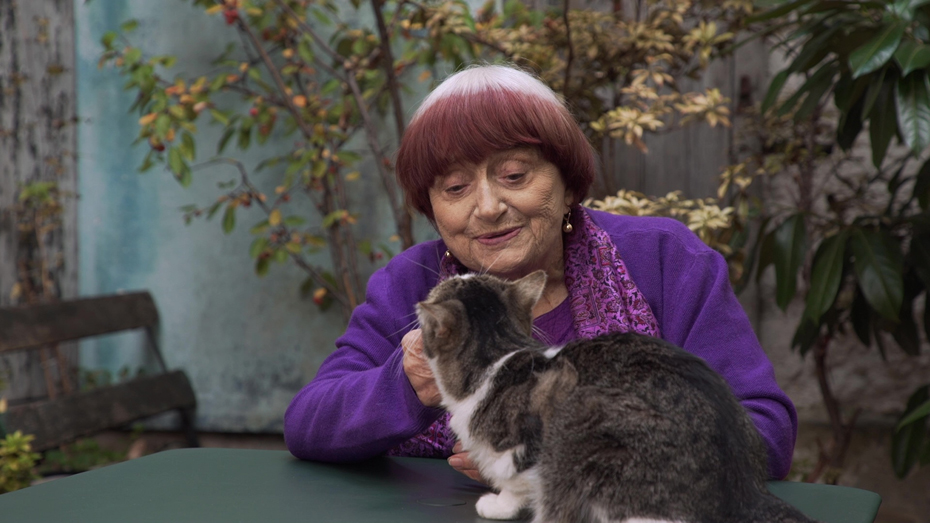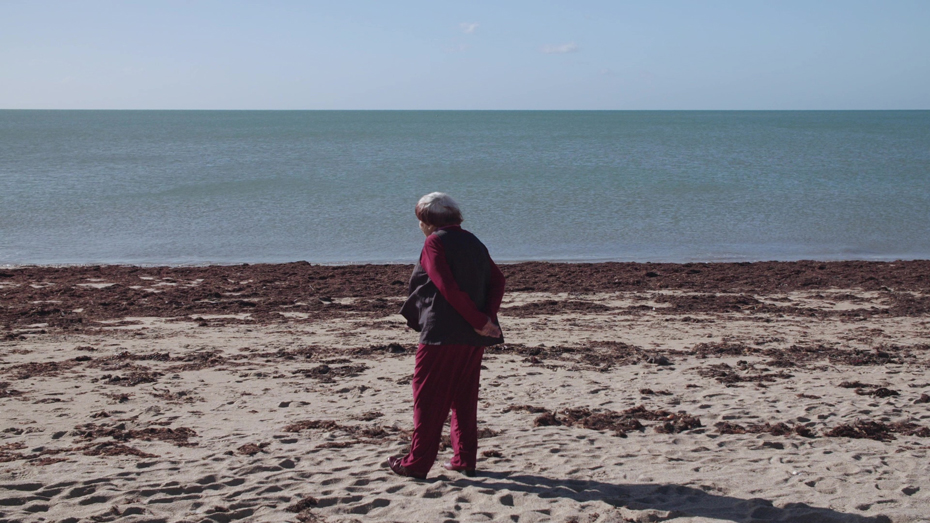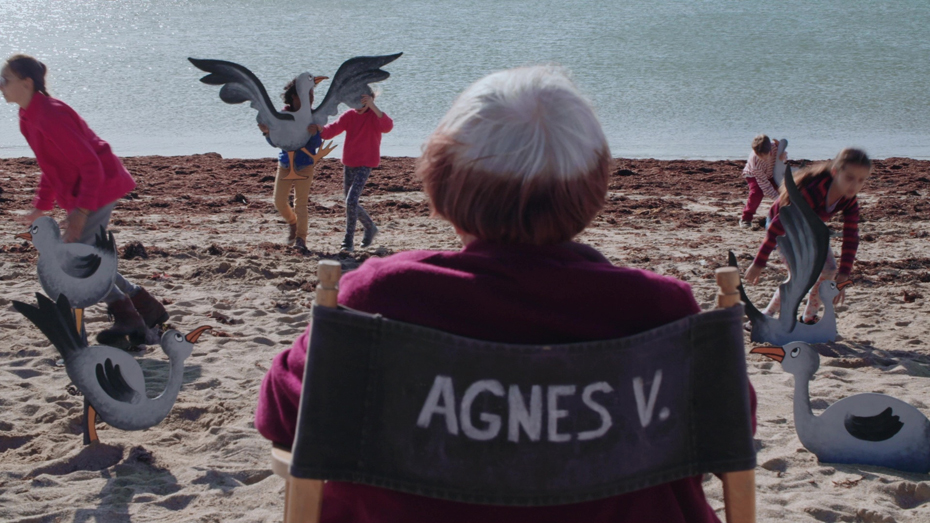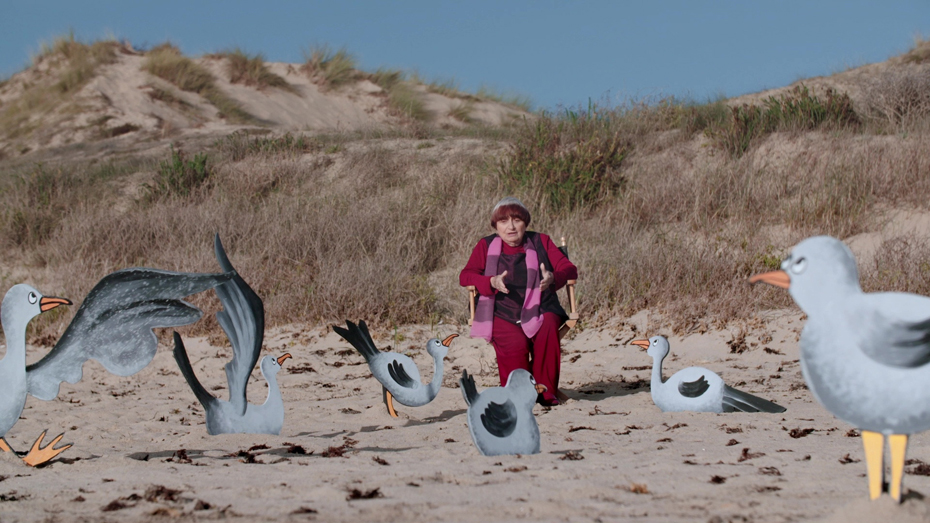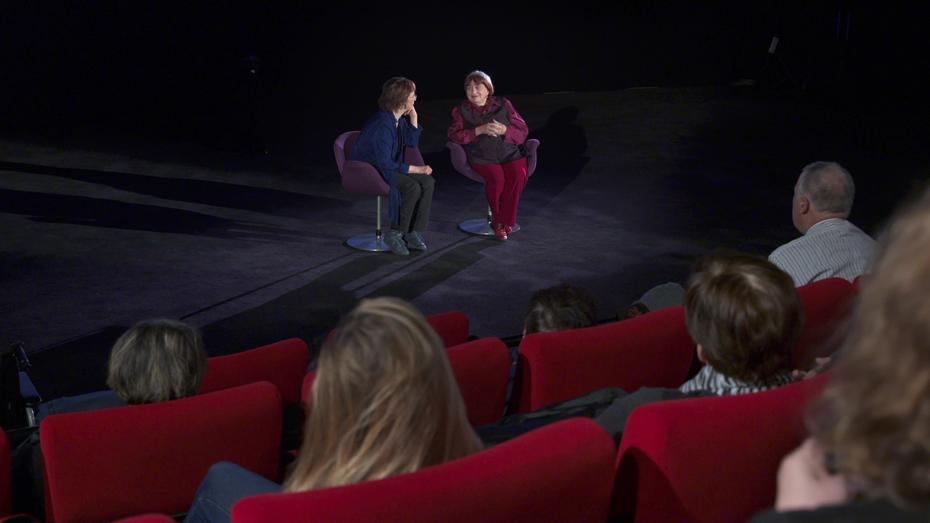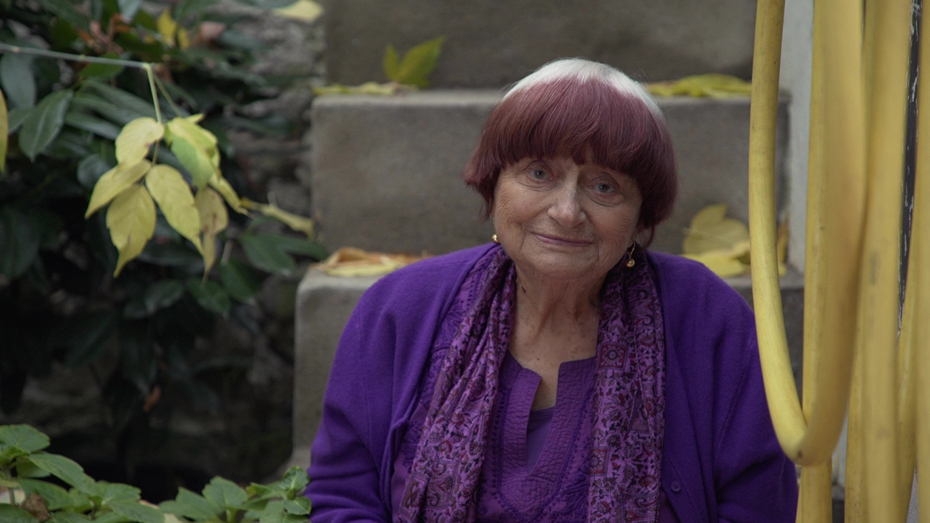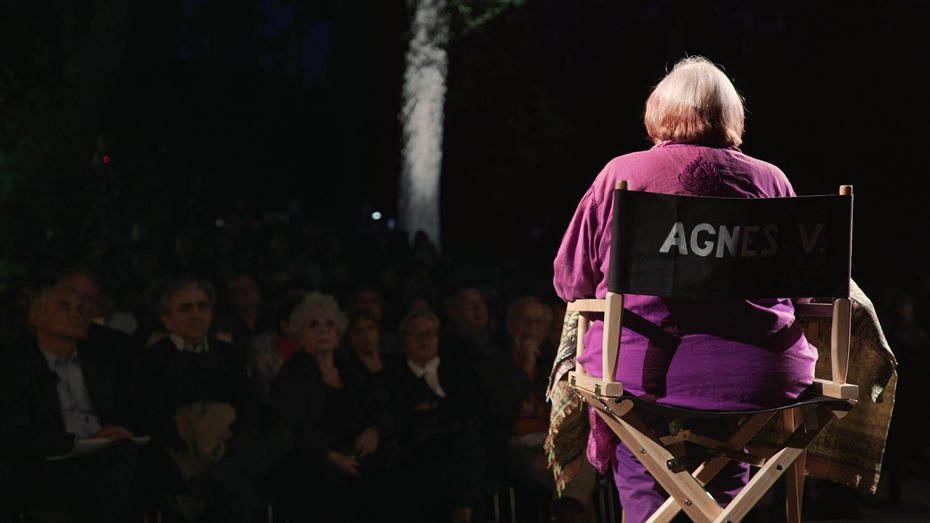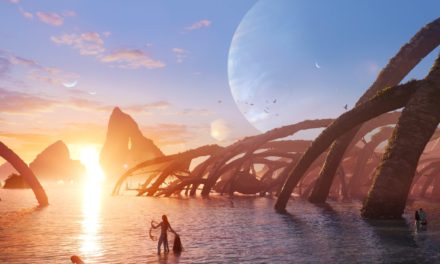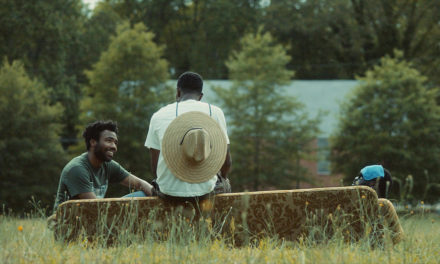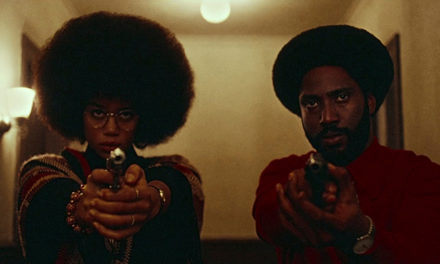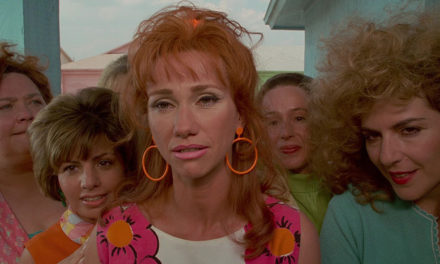THE TUESDAY DROP: 3900+ Movie & TV Show Screenshots
05.03.22 Get your Decks ready ShotDeck Team! We’re adding a lot of content this week, including frames from the original Star Wars trilogy and five films focusing on Mexican and Mexican American filmmakers. Check them out below, and remember you can always request films for future drops by clicking here!
STAR WARS: A NEW HOPE (1977)
STAR WARS: A NEW HOPE is a 1977 epic sci-fi space opera written and directed by George Lucas, following the efforts of Luke Skywalker (Mark Hamill) and Han Solo (Harrison Ford) to rescue the captive Princess Leia (Carrie Fisher) from leader of the evil Imperial Forces Darth Vader (David Prowse, voiced by James Earl Jones) and help the Rebel Alliance. A New Hope is the first in the Star Wars film series, and the fourth chronological chapter of the “Skywalker Saga”. In 1989, the film became one of the first 25 selected for preservation in the National Film Registry by the Library of Congress, and has become widely recognized as one of the most significant science fiction films in cinema history. Lucas worked on A New Hope with British cinematographer Gilbert Taylor, who was known at the time for his work on Dr. Strangelove.
A New Hope changed the film industry in several key arenas, but one of the biggest innovations in cinematography to come out of the film was Lucas and Taylor’s use of the Dykstraflex. The camera was named after chief architect John Dykstra, who was the original supervisor of Industrial Light & Magic. The Dystraflex was a motion-controlled camera system programmable by computer, designed specifically for the spacecraft flying sequences of A New Hope. Since the Millenium Falcon and many of the space ships were shot using moving static miniatures, the Dystraflex allowed for complex camera moves during fight sequences and for stationary models to be made to look as though they were moving very fast through space. Taylor also created innovative approaches to lighting that involved building panel lighting systems into cut-out sections of the Death Star set. Though this innovation was mostly born from the restrictions Taylor had for lighting after seeing art director John Barry’s sets, the technique allowed the crew to shoot in any direction with minimal relighting. While Taylor is credited for his work establishing the look for the Star Wars franchise, he and Lucas disagreed on the approach they should take, with Lucas wanting a messier in-camera look created with diffusion. Eventually Taylor convinced the studio that visual clarity was necessary for a film set in space, even if the production design looked messier, and this became the template for the franchise at large.
STAR WARS: THE EMPIRE STRIKES BACK is the sequel to A New Hope and the fifth chapter of the “Skywalker Saga”. The film was directed by Irvin Kershner, with a screenplay by Lleigh Brackett and Lawrence Kasdan based on the story by George Lucas. Set three years after the events of A New Hope, the film follows Luke Skywalker as he trains to master the Force so he can confront sith lord Darth Vader, as well as the battle between the Princess Leia-led Rebel Alliance and the malevolent Galactic, led by the Emperor (Elaine Baker, voiced by Clive Revill). The film also stars Billy Dee Williams as Lando Calrissian, Anthony Daniels as C-3P0 and Peter Mayhew as Chewbacca. The Empire Strikes Back is considered to be one of the greatest sequels ever made, and was selected for preservation in the National Film Registry by the Library of Congress in 2010. Kershner worked on the visual effects of the film with VFX supervisor Richard Edlund. After creative differences with A New Hope’s cinematographer Gilbert Taylor, Lucas suggested that Kershner work on The Empire Strikes Back with British cinematographer Peter Suschitsky. Lucas had originally approached Suschitzky to shoot A New Hope after admiring his work on the 1967 film Privilege, and managed to bring him on board for this sequel.
From the initial meeting, Edlund, Suschitsky and the visual effects team understood that there was a great deal of VFX work they were going to attempt that was pushing into uncharted territory for filmmaking. One of the big decisions they made in conjunction with Kershner and Lucas was to shoot the film entirely with blue screens, rather than front projection, which would mean that they would be reliant on nearly perfect photographic technique to be able to credibly composite images for the final film. Edlund designed a printer for composite photography that was a four-headed optimal beam-splitter printer which took two pairs of VistaVision projectors, and pair each with a distortion-free relay lens and an anamorph that took the VistaVision image and reduced it to a 2:1 anamorphic ratio that could then be intercut with the Panavision footage being shot by Suschitsky. Additionally, several key sequences, such as the snow walkers sequence, were shot frame by frame using miniatures in San Francisco, which were shot on Nikon lenses ranging from 13mm to 1000mm on a purpose-built stills camera.
STAR WARS: RETURN OF THE JEDI is the third and final installment in the original Star Wars trilogy following the “Skywalker Saga”. It was directed by Richard Marquand from a screenplay by George Lucas and Lawrence Kasdan, based on a story by George Lucas, who was also the film’s executive producer. The film follows Luke Skywalker in his attempt to help the Rebel Alliance defeat the evil Galactic Empire and restore order to the universe. The film stars Mark Hamill, Harrison Ford, Carrie Fisher, Billy Dee Williams, David Prowse (with James Earl Jones voicing Darth Vader) and Ian McDiarmid as The Emperor. Return of the Jedi was selected for preservation in the National Film Registry by the Library of Congress in 2021. Marquand worked on Return of the Jedi with British production designer Norman Reynolds. Reynolds had worked on both A New Hope and The Empire Strikes Back.
Return of the Jedi went into production under the title Blue Harvest to help keep project details under wraps and prying eyes away from the set. Given how much of the design work was to be done in pre-production, Reynolds and his team had a very close collaboration with British cinematographer Alan Hume, who was brought onto the project by Hume. Sets that had to be constructed at Elstree Studios in England included a Redwood forest, an enormous underground tunnel with a rising iron entrance gate, a Throne Room with moving structures and a Desert wilderness for shooting the sand storm. In order to effectively accomplish the sense of scale that Lucas and Marquand were after for these sequences, Reynolds and his team made extensive use of painted matte backgrounds to extend sets. In the end, 13 weeks of the 17 week shoot were done either in studio or in front of painted mattes, making Return of the Jedi one of the most ambitious in-camera-led effects movies ever made at the time.
SOLO: A STAR WARS STORY (2018)
SOLO: A STAR WARS STORY is a 2018 space Western film directed by Ron Howard (who replaced Phil Lord and Christopher Miller), written by Lawrence Kasdan and his son Jonathan, and produced by Lucasfilm. It is the second Star Wars anthology film, following Rogue One, and follows a young Han Solo (played by Alden Ehrenreich) as he joins forces with a gang of galactic smugglers and a wookie named Chewbacca, devising a plan to get out of his dept to gangster Dryden Vos. The film also stars Woody Harrelson, Emilia Clarke, Donald Glover, Joonas Suotamo, Paul Bettany and Thandiwe Newton. Howard worked on the visual effects for Solo: A Star Wars Story with Industrial Light & Magic visual effects supervisor Rob Bredow.
Solo: A Star Wars Story consisted of over 1,800 VFX shots in total, incorporating complete CG environments, real-time visual effects implemented on set and use of LED screens. Given the amount of the story that took place inside the Millenium Falcon, Bredow decided along with cinematographer Bradford Young and production designer Neil Lamont that the crew should build a highly detailed set of the ship’s cockpit and surround it with a 160 degree wraparound LED screen that could both playback visual effects images in real time, as well as be used as a soft light source on the actors during scenes. For the mountain explosion scene, Bredow was inspired by YouTubers The Slow-Mo Guys, who filmed a firecracker explosion in a fish tank using ultra slow-motion cameras. To bring this to Solo: A Star Wars Story, Bredow and his team set up a large fish tank and took a 3D print of the mountain they were going to explode, and filmed over 60 different versions of blowing it up with firecrackers shooting at 120,000 frames per second. They then brought the explosion elements into the mountain environment built in CG from plate shots of the Dolomite mountain range, creating a seamless explosion as the spacecraft flew away.
AMORES PERROS (2000)
Alejandro González Iñárritu’s feature directorial debut, AMORES PERROS, which he co-wrote with Guillermo Arriaga, is a 2000 psychological drama following three distinct stories that are all connected by a car accident in Mexico City. The film is constructed as a triptych that follows a teenager who gets involved in dogfighting, a model who seriously injures her leg, and a mysterious hitman. The film is considered by many to be one of the most important Mexican films of the 21st Century. Iñárritu worked on Amores Perros with Mexican cinematographer Rodrigo Prieto. The pair would go on to collaborate on 21 Grams, Babel and Biutiful.
Amores Perros shot for 10 weeks on location in Mexico City, and Iñárritu and Prieto agreed that they wanted the film to have a feeling of heightened realism, which they accomplish by filming the entire movie hand-held, using a bleach bypass process on the camera negative and processing the film stock with silver retention to brighten the colors and accomplish the specific grain structure they had in mind to give the images a crisper and cleaner look. Beyond that, Iñárritu and Prieto created separate looks for each chapter using lenses and shooting style. The first episode had the most aggressive hand-held work with wider lenses kept close to the actors, the second was the most classical and slow-moving, with long lenses to give the sense that the audience was spying on the characters, and the third had more elegant camera work with lenses of focal lengths between chapters one and two.
GÜEROS (2005)
Ruizpalacios and Garcia, influenced by French New Wave films of the 60s and 70s, particularly those of François Truffaut, decided to shoot the film in black and white in a 4:3 aspect ratio. The film’s visual style oscillates between frenetic hand-held work that lives very close to its characters on longer lenses, and more formal, composed frames where there is little to no camera movement, and where wider lenses are used to see the characters moving through the space of the frame. The film was shot entirely on location in Mexico City using the Alexa, and Garcia opted for a lighting strategy that was as naturalistic as possible, in order to give a sense of realism and immediacy to both the characters and the period in which the movie was taking place.
COCO (2017)
COCO is a 2017 computer-animated fantasy adventure film co-directed by Adrian Molina and Lee Unkrich, and produced by Pixar Animation Studios. The story follows a 12-year old boy named Miguel who dreams of becoming a musician like his idol Ernesto de la Cruz. When he is accidentally transported to the Land of the Dead, Miguel teams up with a charming trickster named Héctor, and the pair embark on a journey to help Miguel connect to his family’s history. Molina and Unkrich worked on Coco with visual effects supervisor Michael K. O’Brien. O’Brien had previously worked as an effects artist on major Pixar films such as Finding Nemo.
Creating and rendering the Land of the Dead was the major challenge for O’Brien, Molina, Unkrich and cinematographers Matthew Aspbury and Danielle Feinberg. The geography of the Land of the Dead was inspired by the hilly town of Guanajuato (located northwest of Mexico City), but because it is always night time in the Land of the Dead, the entire world had to be lit by “artificial” light sources, rather than by sunlight. This was a new challenge in computer animation. O’Brien and Feinberg first worked out the lighting plan for the town and the bridge that links the worlds of the living and the dead. After deciding that the marigold petals that made up the bridge would all be lights as well, O’Brien’s team was faced with the challenge of having up to 7 million individual light sources present in a given shot. The team developed a new software with Pixar that would allow the filmmakers to group the lights, rather than individually place them, as they would have previously had to do. Instead, they were able to give single light sources a million points, which allowed the audience to see the vastness and complexity of the Land of the Dead as they discovered it with Miguel.
I’M NO LONGER HERE (2019)
Fernando Frías de la Parra’s 2019 musical drama I’M NO LONGER HERE follows a young man named Ulises, who is forced to leave behind his family in Monterrey, after a misunderstanding with a local cartel. The story was originally published as a short story before being adapted as a screenplay. The film stars Juan Daniel Garcia Treviño and Xueming Angelina Chen. Frías worked on I’m No Longer Here with Mexican cinematographer Damián Garcia. Garcia was best known at the time for his work on Alonso Ruizpalacios’s debut feature Güeros. Frías and Garcia began their collaboration talking about Cumbia music, films and literature, and agreed on a few core stylistic approaches they wanted to take to the visual language of the film.
They wanted to take a slow, deliberate approach to the filming of the movie, in the same spirit with which they slowed the cumbia music down in most of the scenes so that the songs would last 10 minutes instead of 5 – trying to convey the sense to the audience that the characters in the films were trying to slow their worlds down and freeze time as much as they could. Repetition was another crucial part of the visual language of the film, especially in the sequences in Manhattan and Jackson Heights, as a symbol of the kind of world its characters were now occupying. You can also check out this video, in which legendary directors Guillermo del Toro and Alfonso Cuarón discuss the film.
PAN’S LABYRINTH (2006)
Guillermo del Toro’s sixth feature film, PAN’S LABYRINTH, tells the story of Ofelia, an eleven-year-old girl living in Spain in 1944, during the early Francoist period as the Allies invade Nazi-held Europe, and her interactions with a mysterious faun creature in a mythical, abandoned labyrinth. The film premiered at the 2006 Cannes Film Festival, and has gone on to be considered one of the most important of del Toro’s filmography. Del Toro worked on Pan’s Labyrinth with Mexican production designer Eugenio Caballero, who most recently worked on Alfonso Cuarón’s film Roma.
The core element of Caballero’s collaboration with Del Toro and cinematographer Guillermo Navarro was color. Only three color schemes were to be used in the film. Ofelia’s fantasy world would be filled with warm colors, primarily deep crimsons and golden ambers, so that the world would feel almost womb-like. Caballero further accentuated this feeling in the production design by giving elements rounded shapes. In contrast, Ofelia’s harsh reality represented by Vidal and his troops was featured in colder hues of blues and greens, with harsher edges and strong vertical lines used to define the environment they occupied. As the film progressed, and the narratives started to merge, Del Toro and Caballero decided that the colors would start mixing across worlds, until they achieved a kind of unity by the end that made both world’s equally real for Ofelia and the audience.
TITANE (2021)
Julia Ducournau’s 2021 body horror drama TITANE stars Agathe Rousselle in her feature acting debut as Alexia, a woman who has a titanium plate fitted on her head after an accident and embarks on a journey involving her fetish for cars. The film also stars Vincent Lindon, and Garance Marillier and premiered at the Cannes Film Festival in 2021. Ducournau worked on the film with Belgian cinematographer Ruben Impens, who she had previously collaborated with on her 2016 film Raw, and had subsequently worked on projects such as Beautiful Boy and The Mustang.
Ducournau and Impens agreed that they wanted the look of the film to be modern, saturated and high-contrast, with a lot of details present in the frame to bring the audience deeply into the body horror and mechanical aspects of the story. Impens opted to shoot the film on the Alexa LF using Zeiss Supreme lenses. The pair looked at the work of Francis Bacon and Caravaggio for lighting references, as well as the photographs of Gregory Crewdson, whose artificially composed installations were inspirational. While they did not storyboard many scenes, Ducournau and Impens would prepare for production by writing descriptions of how they thought shots would behave, including the big oner at the start of the film where Alexia enters a car show. Impens was able to achieve some of the big contrast moments of the film by backlighting shots so that the light would hit the lens, creating a sense of glimmer and shininess of the reflecting metal that was so often front and center in the movie. And though the film has a lot of rhythm, over half of the film was shot with a static camera, allowing the movement in the frame to give the visual language a sense of propulsion. Impens and Ducournau also decided to shoot in ProRes, baking a lot of the look for the film into the final images of the movie.
SON OF SAUL (2015)
László Nemes’s feature directorial debut, SON OF SAUL, is a historical drama set in the Auschwitz concentration camp during World War 2. It follows a day and a half in the life of Saul Ausländer (played by Géza Röhrig), a Hungarian member of the Sonderkommando, who attempts to find a rabbit to give a child a proper burial. Son of Saul premiered at the 2015 Cannes Film Festival, before playing at the Toronto International Film Festival. Nemes worked on the film with Hungarian cinematographer Mátyás Erdély. The pair were close collaborators well before shooting Son of Saul, and were able to prepare for the film extensively together. Nemes and Erdély decided to set up very strict shooting rules for Son of Saul in order to distinguish its look from other films that dealt with the Holocaust as a subject, and to treat the film’s particular focus with the appropriate visual language.
Both Erdély and Nemes wanted a harsh, natural look for the film that lived very close to its main character and was extremely judicious about which information to reveal, and when. They also wanted the film to feel entrenched in Saul’s experience, with long takes and a sense of claustrophobia. They decided to shoot for the entire 28 day production using the 35mm four-perf Kodak Vision3 500T 5219 film stock using Zeiss Master Prime lenses. Erdély shot entirely handheld, with the camera mounted on his shoulder, and used the Arricam LT for shots that needed sound recorded, and the lighter Arriflex 235 for shots that didn’t require sound. Their desire for visual precision led them to shoot 85% of the film on a 40mm lens, with the 35mm lens used as its alternate for the rest, and in the traditional Academy 1.37:1 aspect ratio, close to wide open on the T-stop of the lens. This allowed them to keep Saul in focus in a close-up or medium close-up, while being precise about which moments to bring the horrors of the world into focus. With most scenes playing out in 2-3 minute takes, Nemes spent close to a year using his iPad to choreograph and map the movements that Saul and the camera would make in order to achieve as much precision on the day of shooting as possible, while both he and Erdély spent the year working with personal trainers to withstand the intense shoot.
Ana Lily Amirpour’s debut feature film, A GIRL WALKS HOME ALONE AT NIGHT, is based on her 2011 short film of the same name, and follows a skateboarding vampire named The Girl (played by Sheila Vand) who preys on men who disrespect women in the Iranian ghost-town “Bad City”. The film borrows elements of the horror genre and the spaghetti Western genre, and also stars Arash Marandi, Mozhan Marnò, Marshall Manesh and Dominic Rains. A Girl Walks Home Alone at Night premiered at the 2014 Sundance Film Festival. Amirpour worked on the film with American cinematographer Lyle Vincent, and they shot over 24 days in the town of Taft in southern California, which both helped save production costs as well as allow Amirpour to be free of the restrictions she would face making the film in Iran. Amirpour and Vincent landed on a visual style inspired both by the spaghetti Western films of Sergio Leone, as well as German Expressionist films such as the 1922 classic Nosferatu, and contemporary nods to the genre such as Frank Miller’s Sin City. Vincent opted to shoot the movie digitally using anamorphic lenses, in order to emphasize the bleak, otherworldly atmosphere of the world in which the story of the film takes place.
GREEN BOOK (2018)
GREEN BOOK is a 2018 historical comedy-drama directed by Peter Farrelly and starring Viggo Mortensen as Frank “Tony Lip” Vallelonga and Mahershala Ali as Don Shirley. The film is inspired by the true story of a 1962 tour of the deep south that Shirley made to perform piano, and his relationship with Vallelonga, who served as his driver and bodyguard. The film premiered at the Toronto International Film Festival in 2018. Farrelly worked on the film with American costume designer Betsy Heimann. Heimann had not previously worked with Farrelly, but was well-known for her work on films such as Pulp Fiction, Almost Famous, and A Walk Among the Tombstones.
Heimann worked with Farrelly to establish several key rules for the costuming that guided its design over the course of the film for each character. They first established that Ali’s costuming would be designed to accentuate Shirley’s regality, and to keep him looking elegant throughout the film, even in moments where he was being treated poorly. Heimann deliberately designed all of Mortensen’s costumes to be tight on him, in order to accentuate the weight he gained and to give a sense of Vallelonga’s larger physique. Given that most of the film takes place inside the same car, costume became a crucial marker for color in the film, and would help establish both mood and a sense of time passing for the audience as Vallelonga and Shirley traveled along their road trip. Heimann started both out in a palette of warm greens, blues and mustard yellows as they set out on their trip during the Fall, and gradually shifted everyone’s palettes to a less strong, more bleached-out look by the time the pair arrived at racist venues in the Deep South during winter.
AMARCORD (1973)
Federico Fellini’s 1973 semi-autobiographical comedy-drama AMARCORD tells the story of Titta, an adolescent boy growing up among an eccentric cast of characters in the village of Borgo San Giuliano (near Rimini) in 1930s Fascist Italy. The film stars Bruno Zanin, Magali Noël, Pupella Maggio and Armando Brancia. Fellini worked on Amarcord with longtime collaborator and master Italian cinematographer Giuseppe Rotunno. Rotunno was the first non-American admitted to the ASC, and shot 8 of Fellini’s films, including Roma.
Fellini’s approach to Amarcord and the setting of fascism in which the movie takes place was to describe it through the minute details of the characters’ private lives. He and Rotunno took great care to give the audience a sense of intimacy and immediacy with the lives of the characters, and live inside the point of view of the characters whose story was being told. The pair also wanted to use nostalgia in the visual language of the film – not just as a way of looking back on Fellini’s own past, but to also underline the film’s position that fascism was based on false ideals, with characters who are unable to evolve because of this ideology. Rotunno used strong lighting sources and often added fog and smoke to frames to create a dreamy, other-world-like atmosphere to the film as it moved from episode to episode, capturing a time and a mood that both felt magical and fragile.
VARDA BY AGNÈS (1973)
VARDA BY AGNÈS is the final film from the late Agnès Varda, and a guide by Varda through her six decade artistic journey, as well as her reflections on filmmaking, feminism, aging and more. The 2019 film divides Varda’s career into two major periods – the work she made as a pioneer of the French New Wave, and her work after 2000, which fit into different genres of cinema and installation work. Varda by Agnés was shot by Claire Duguet, François Dècrèau and Julia Fabry. The film is set up as a series of reflections on Varda’s films, and reflections both on stage in front of a live audience about her films as well as on locations of films she made are intercut with footage from the films themselves. Varda by Agnés is a unique and candid reflection on one of the most important careers in cinema history, by one of its most beloved figures.

